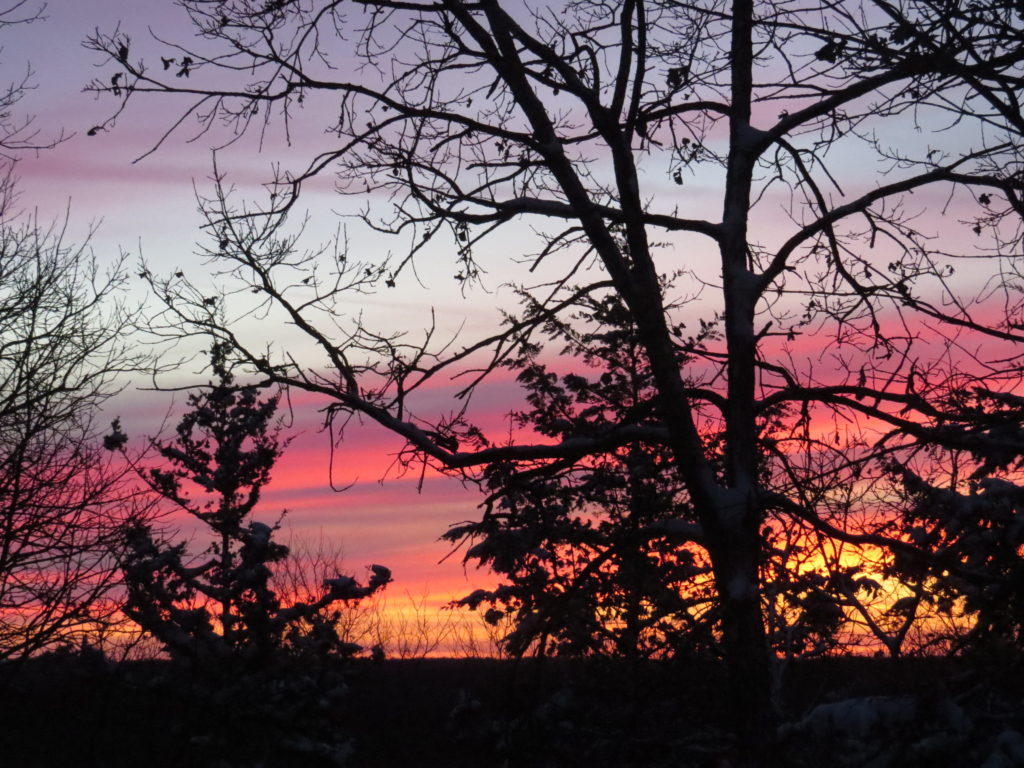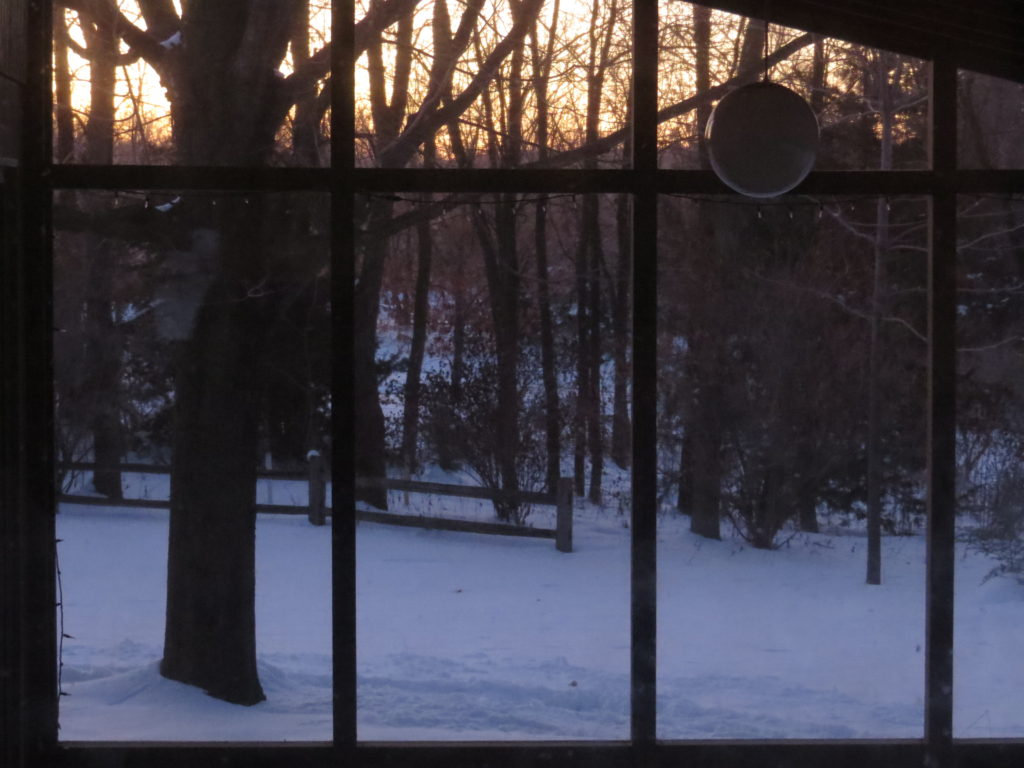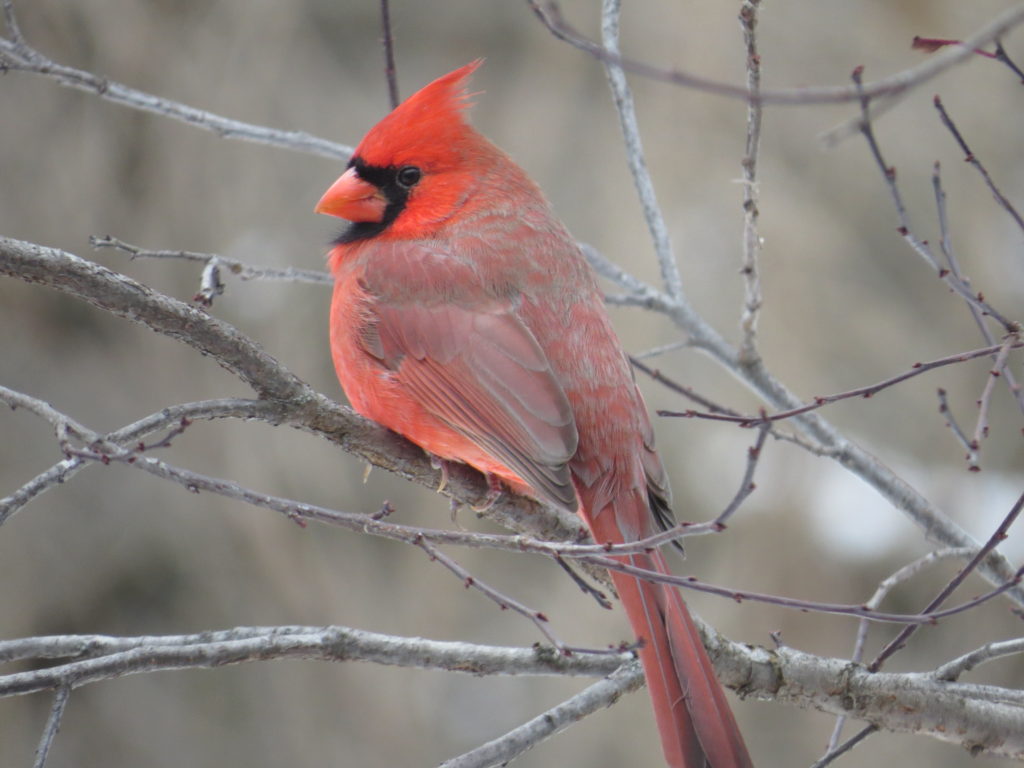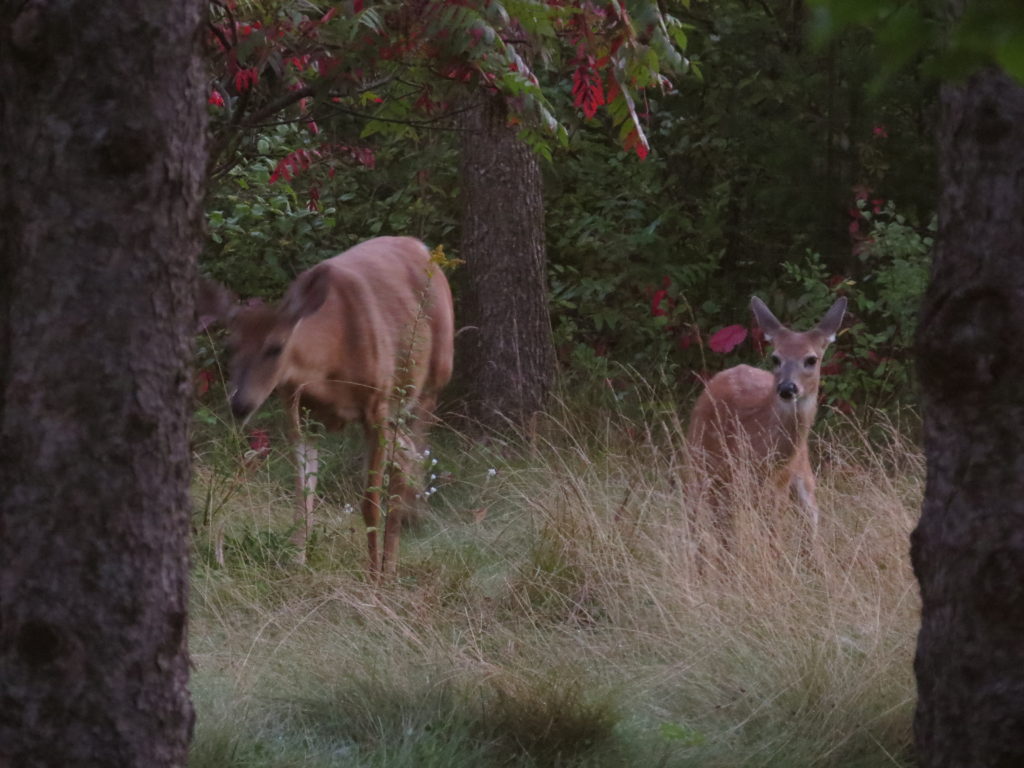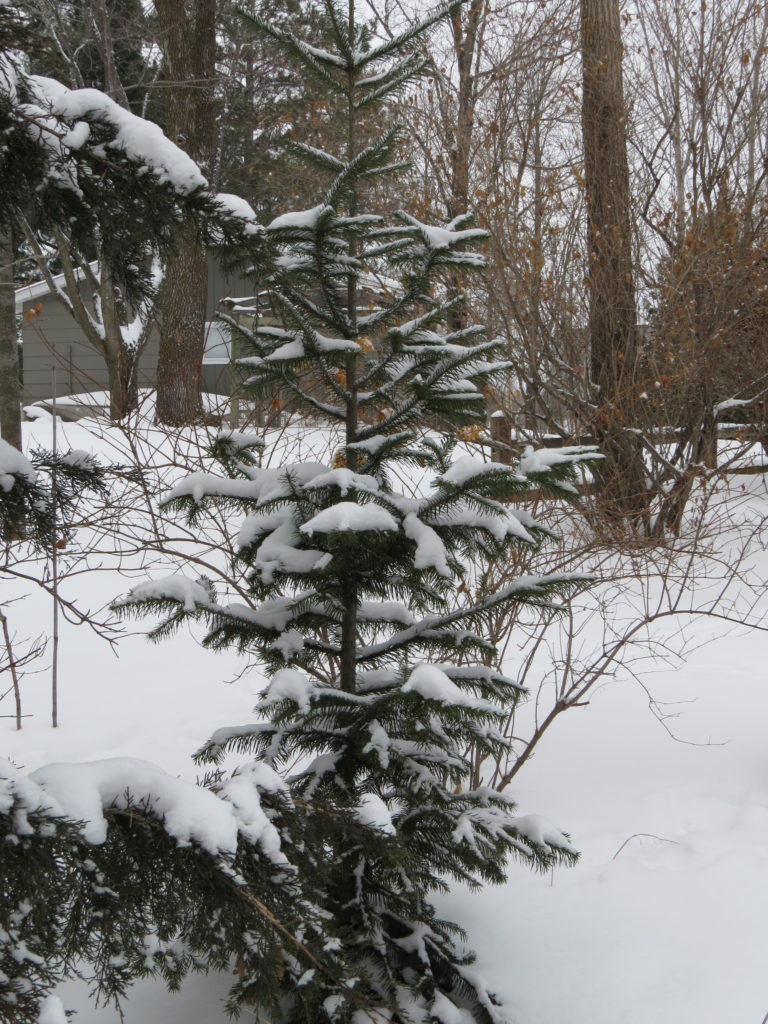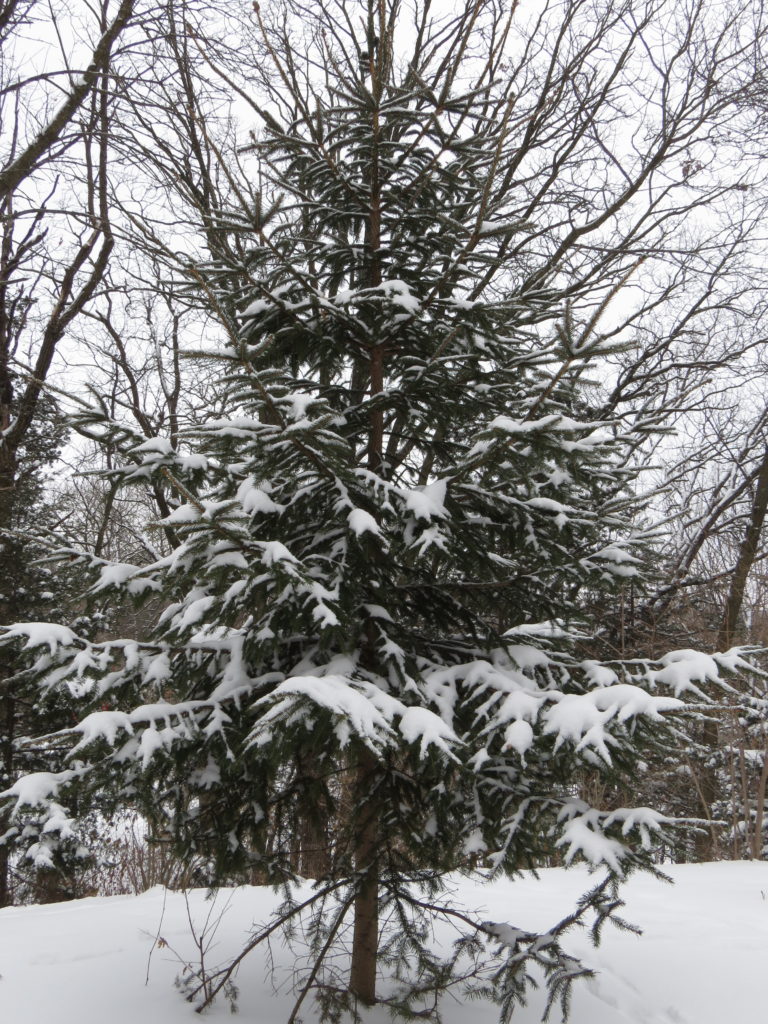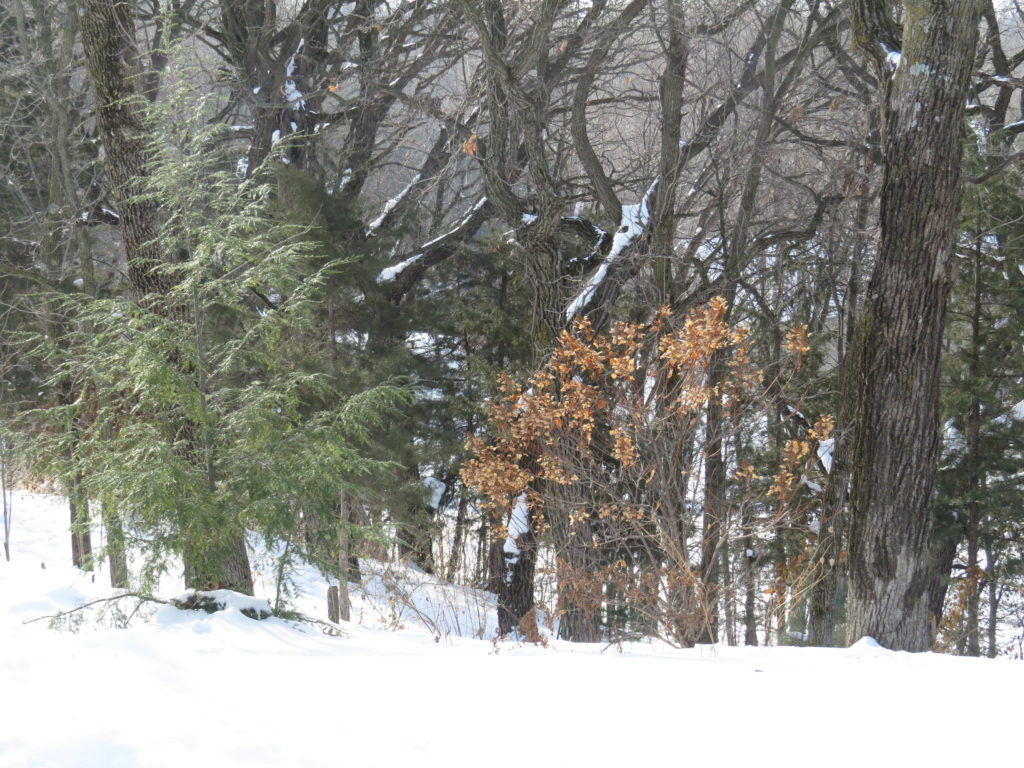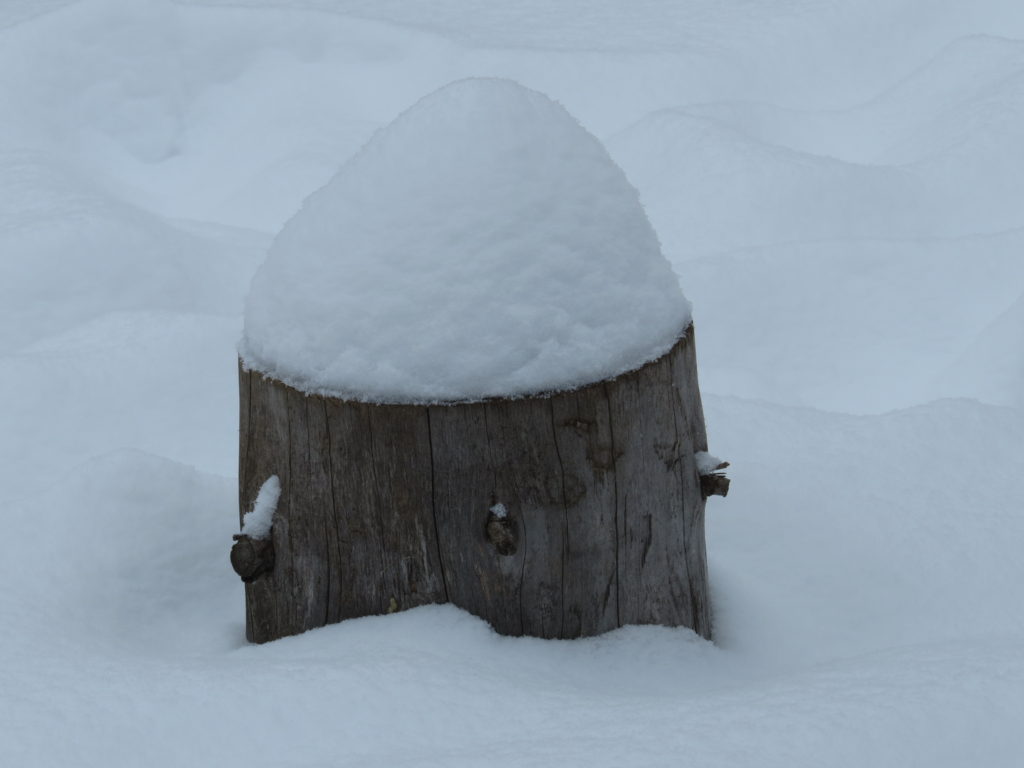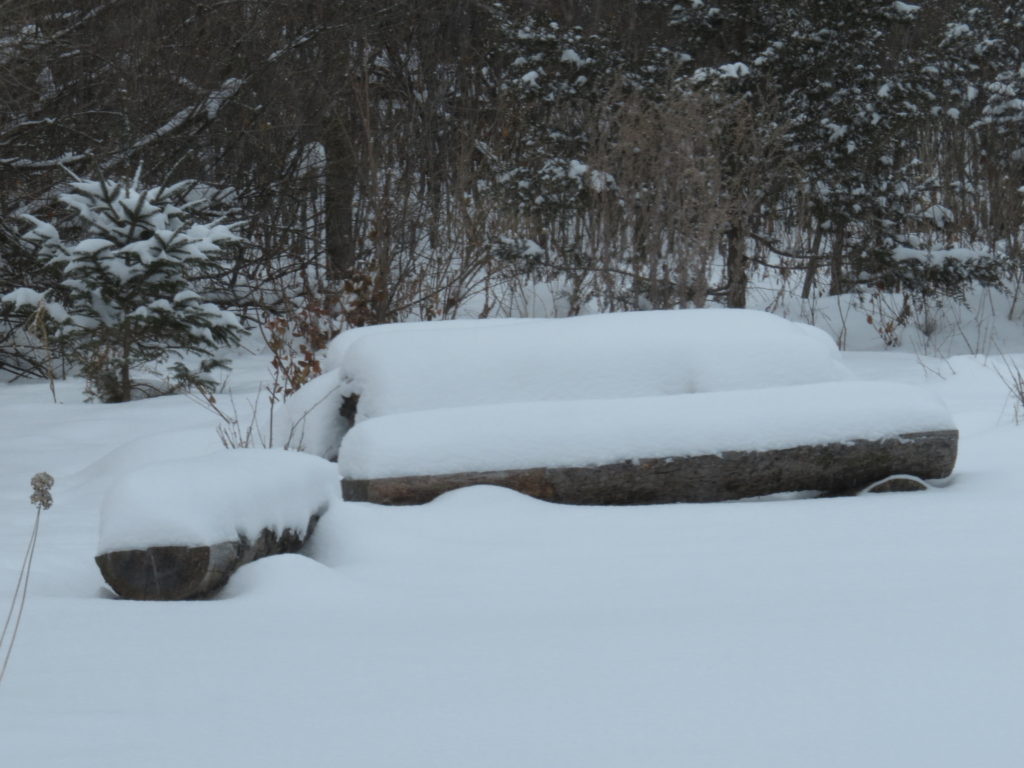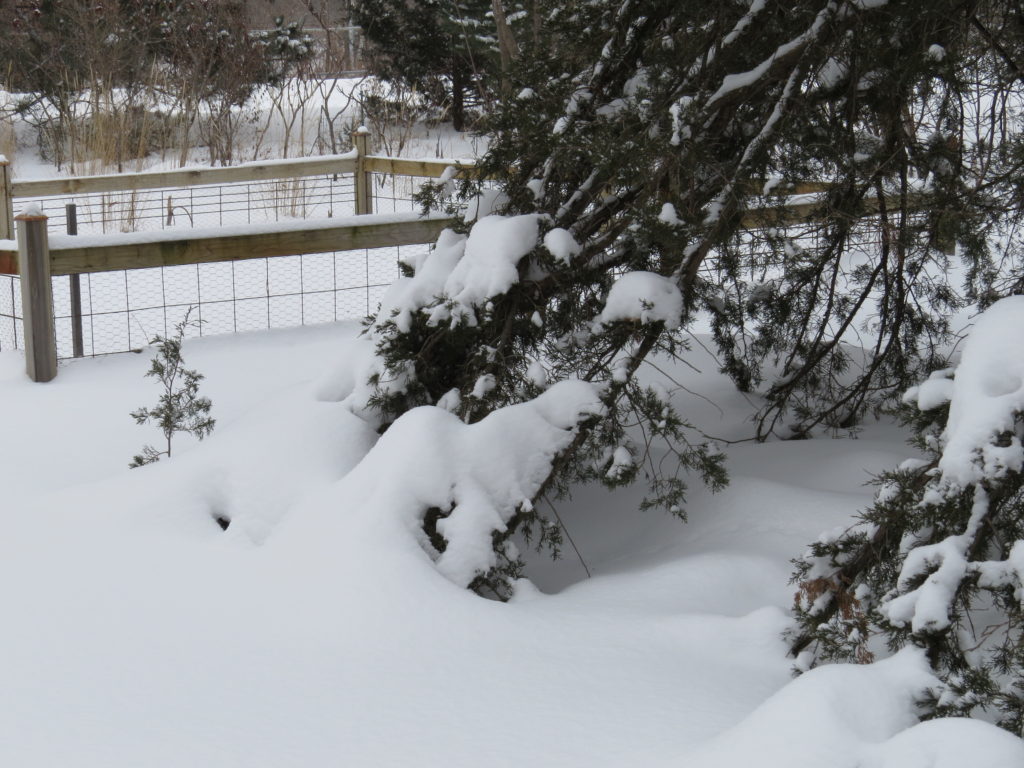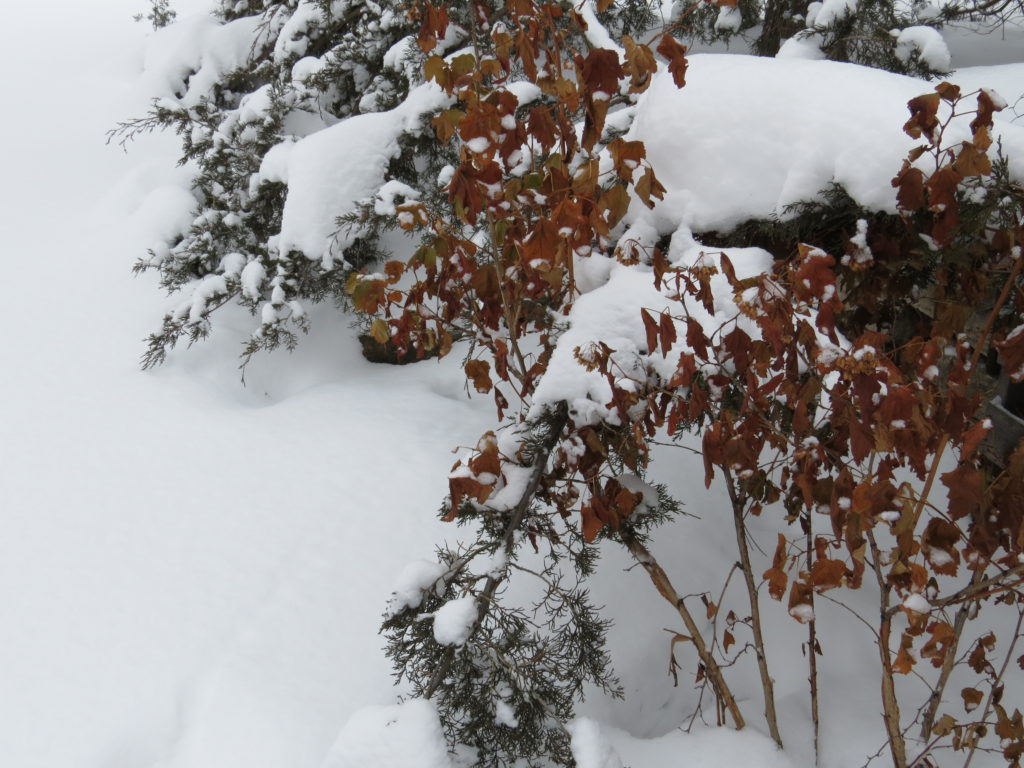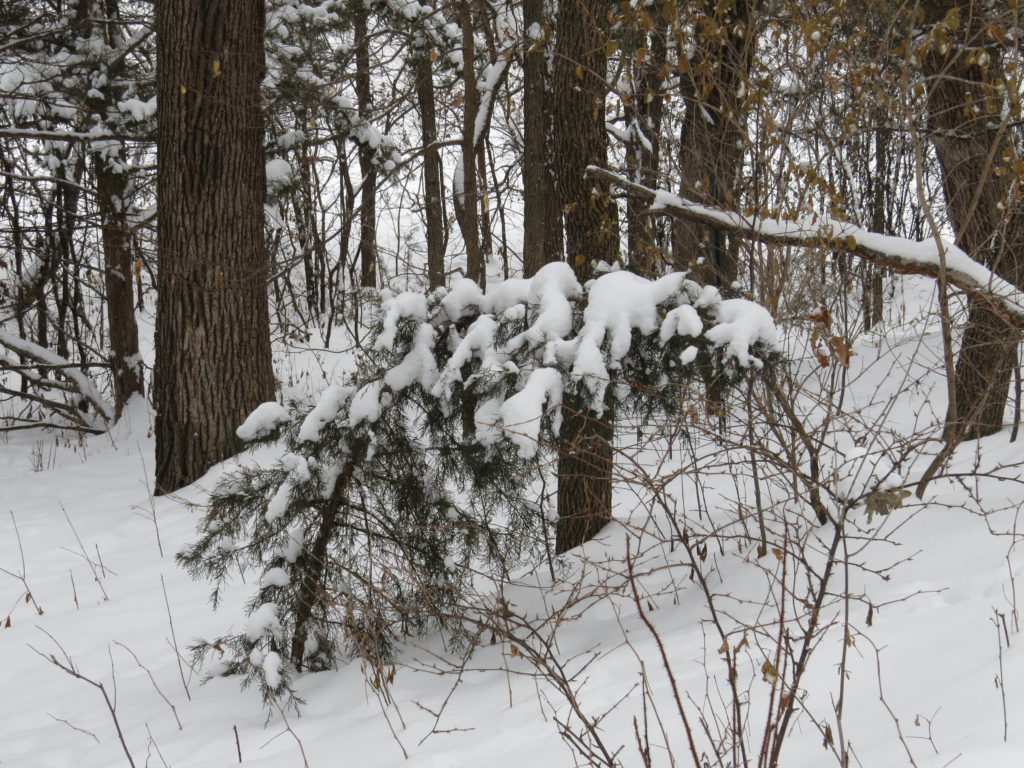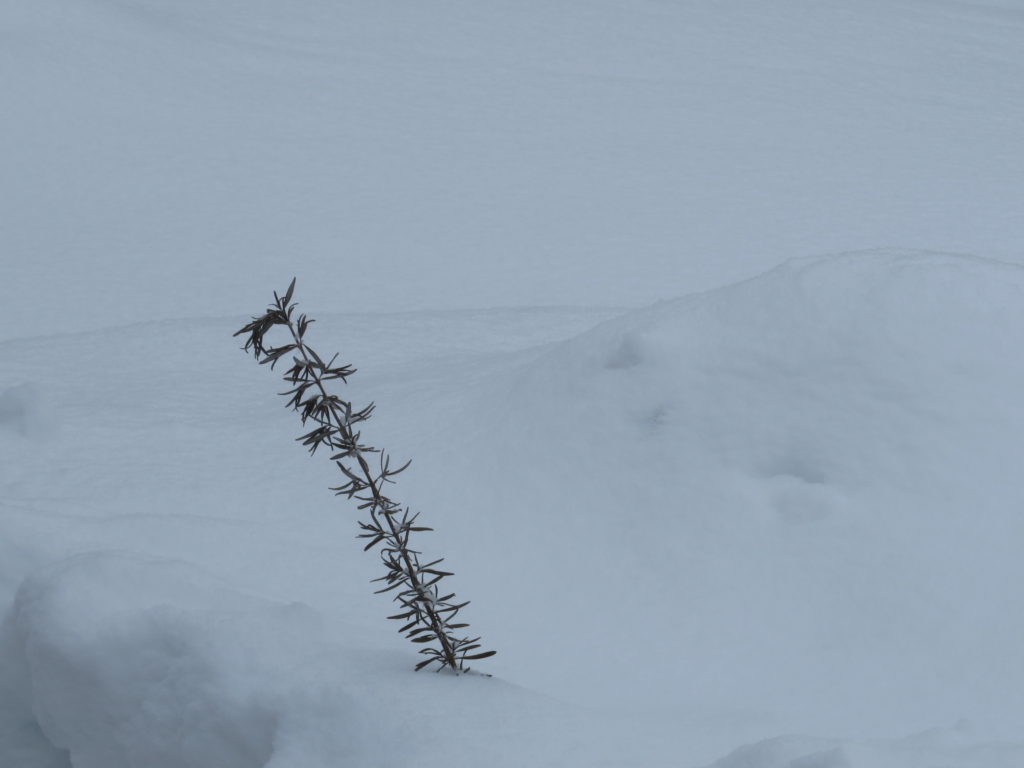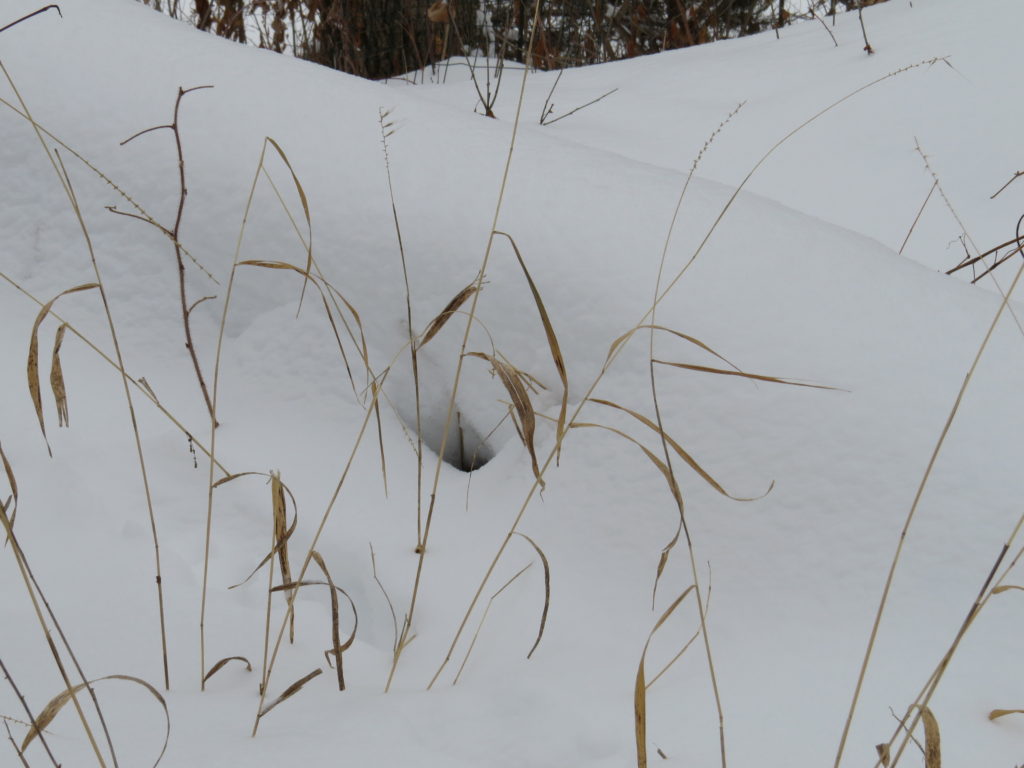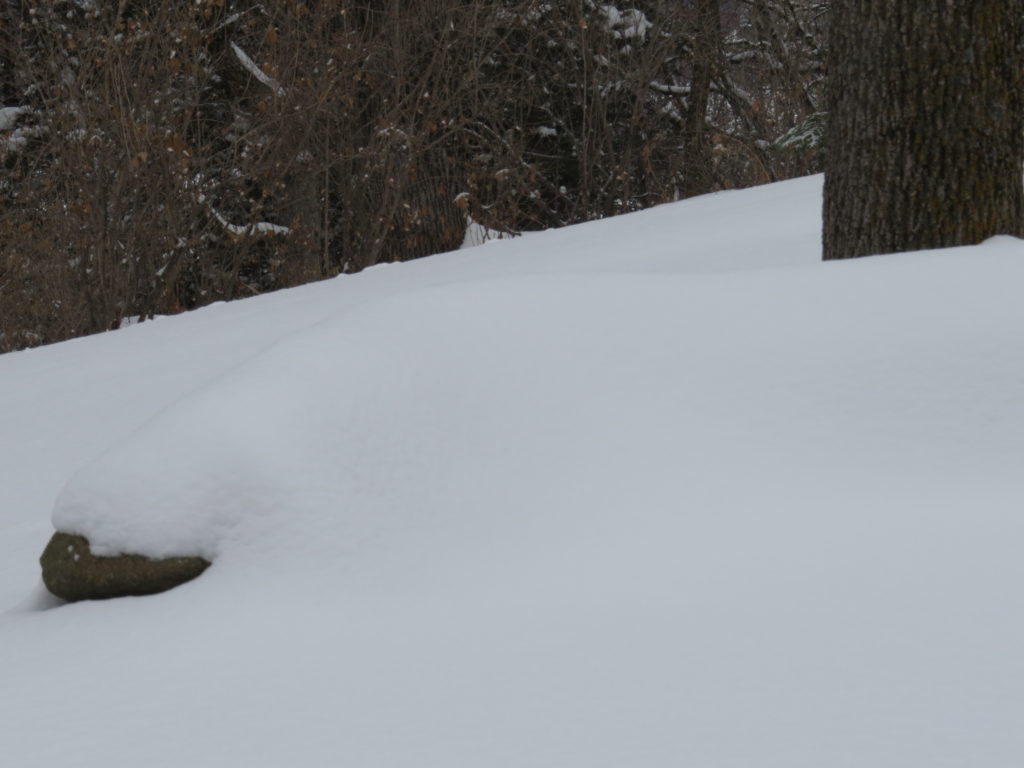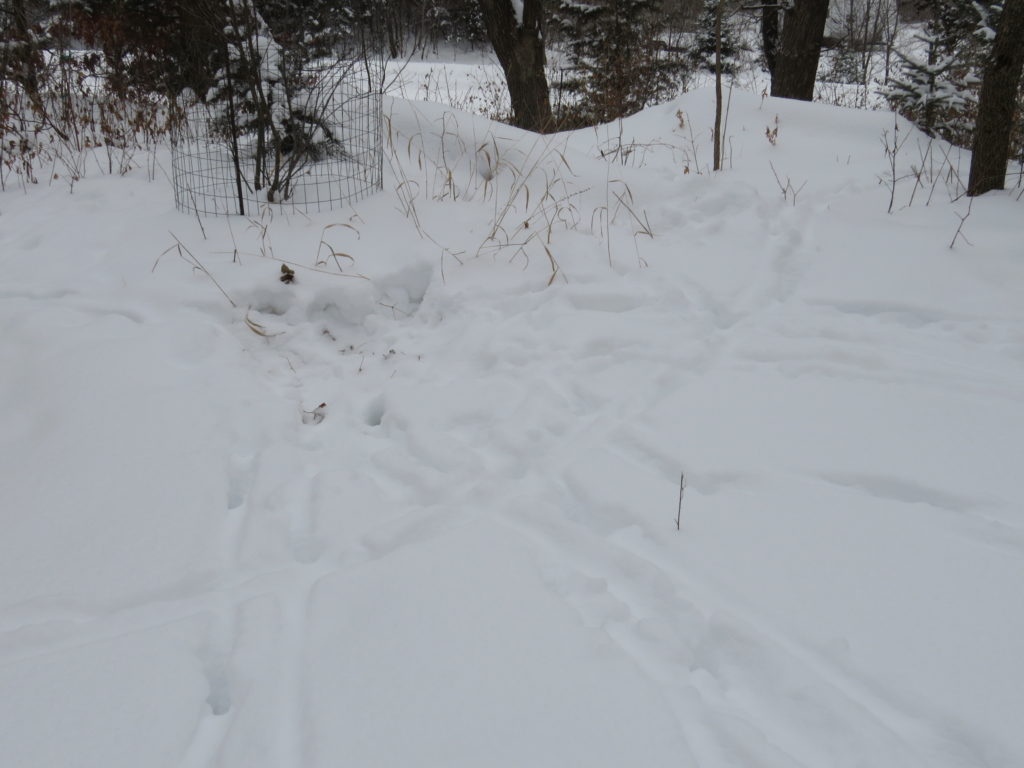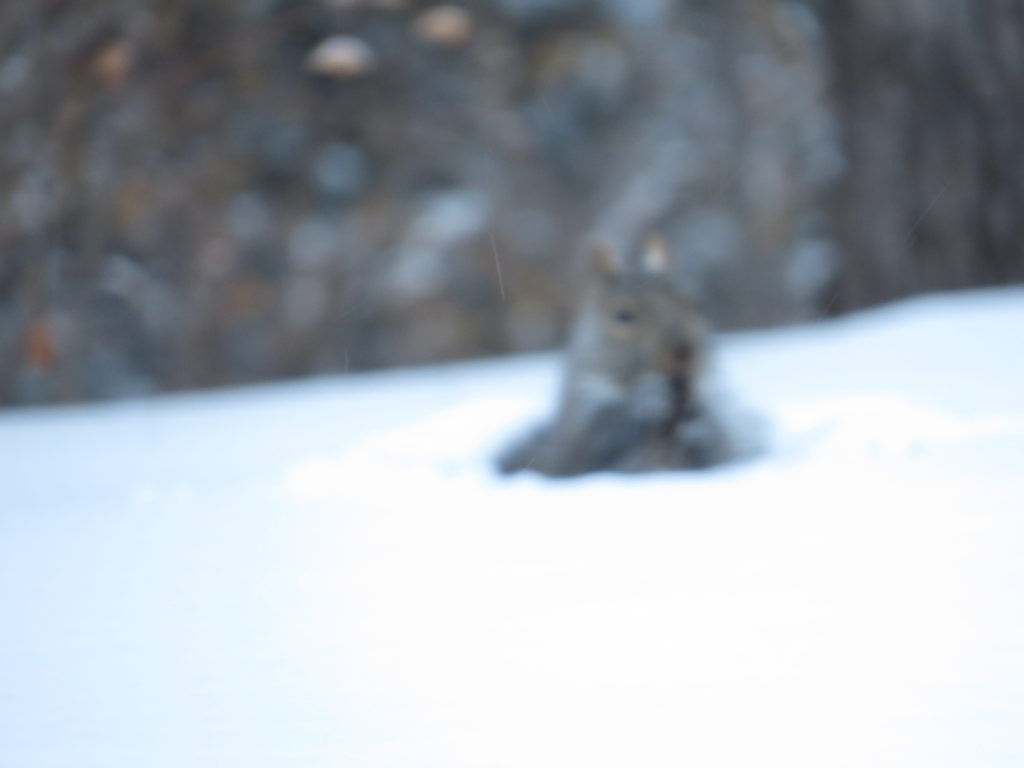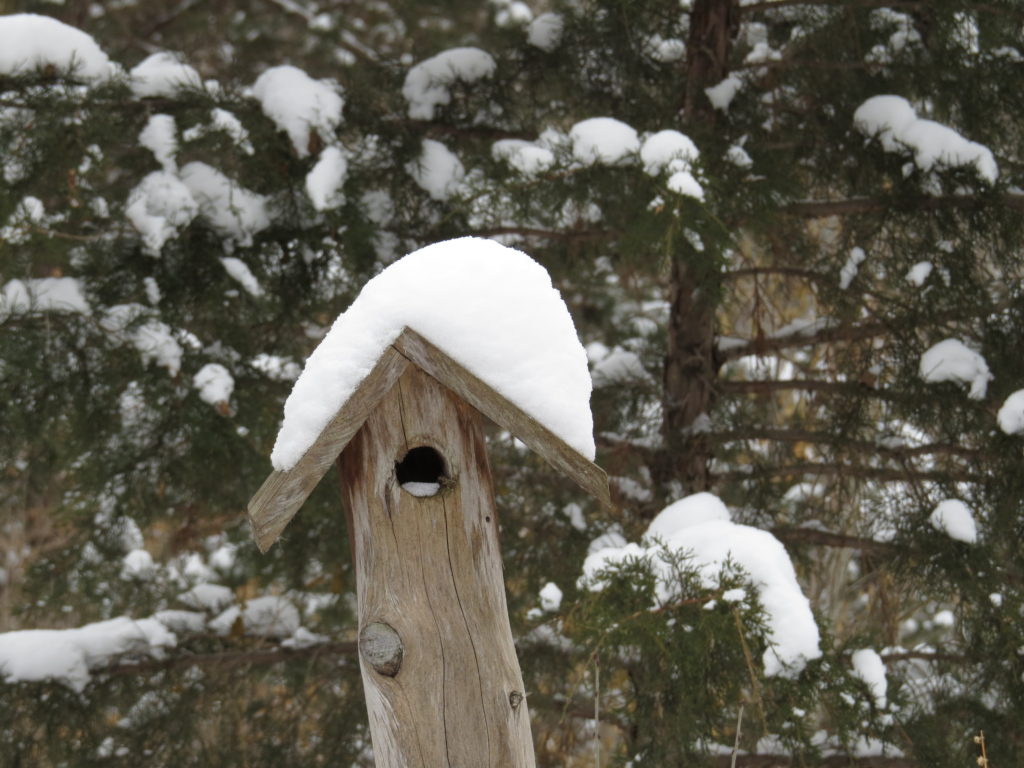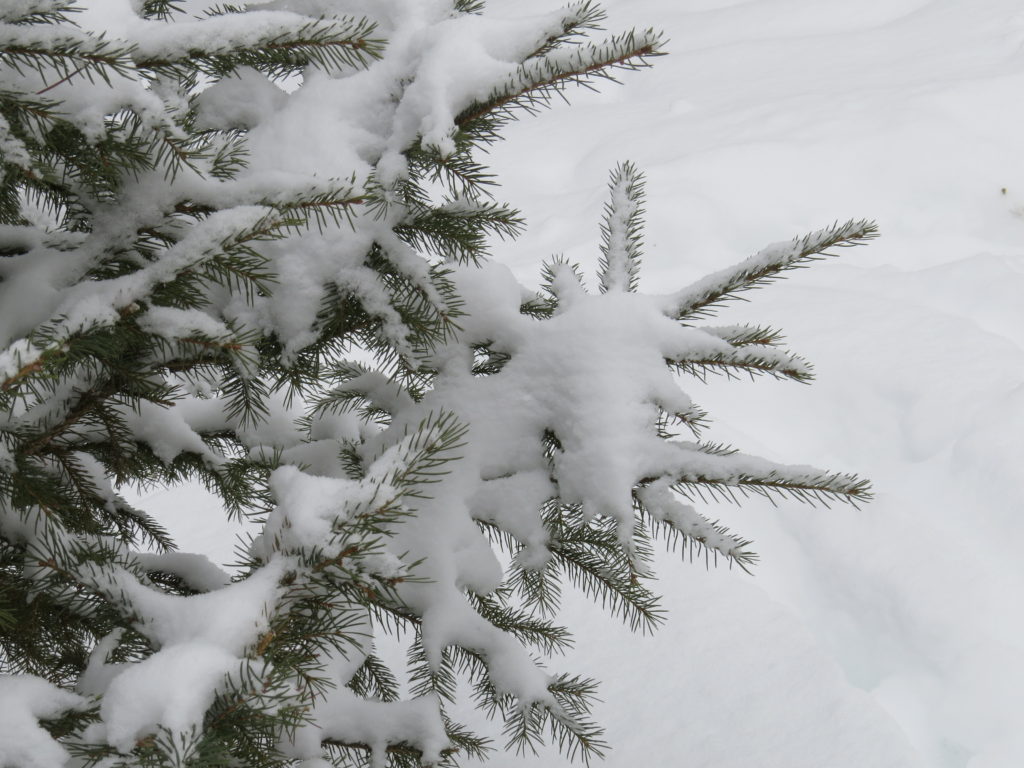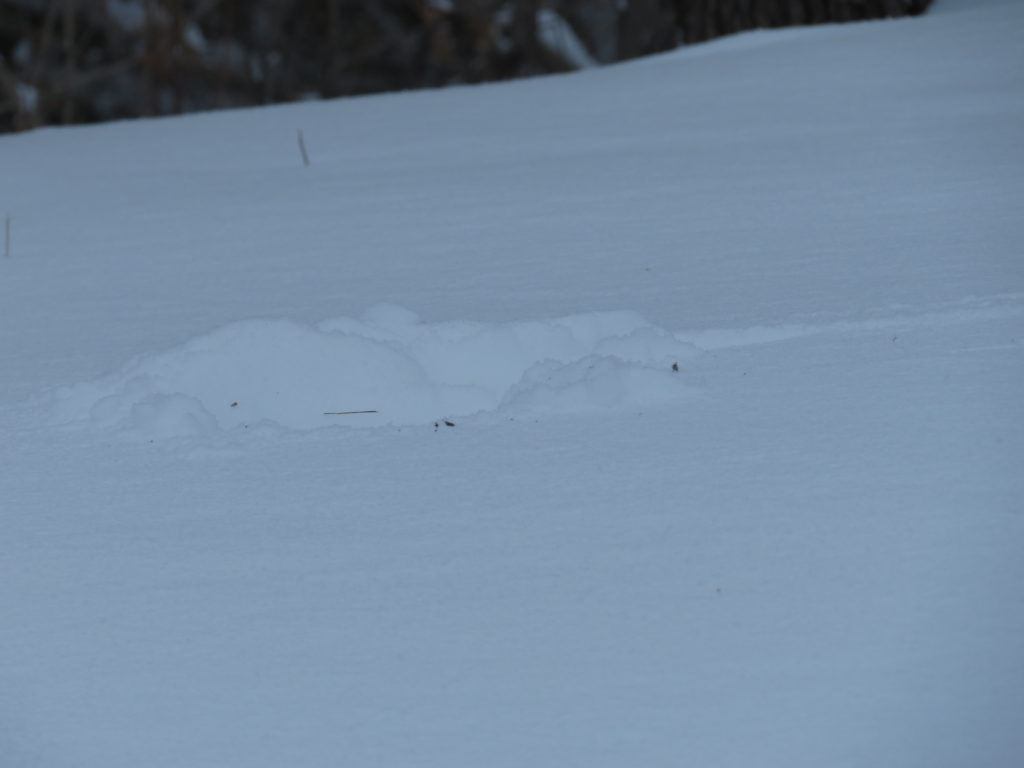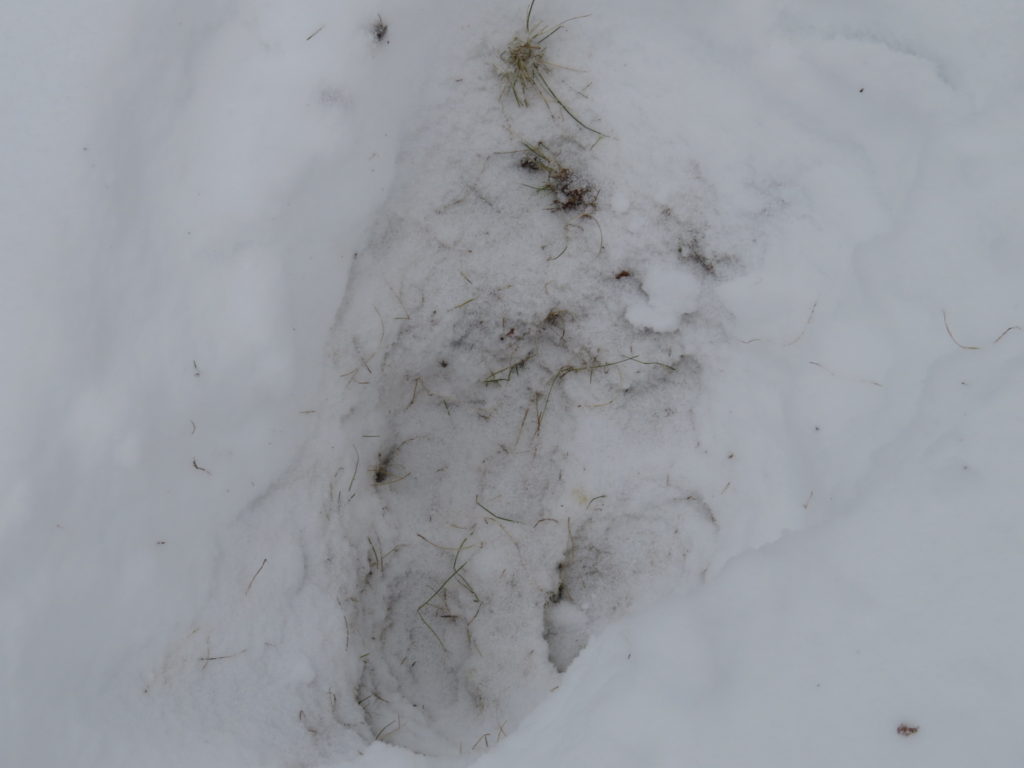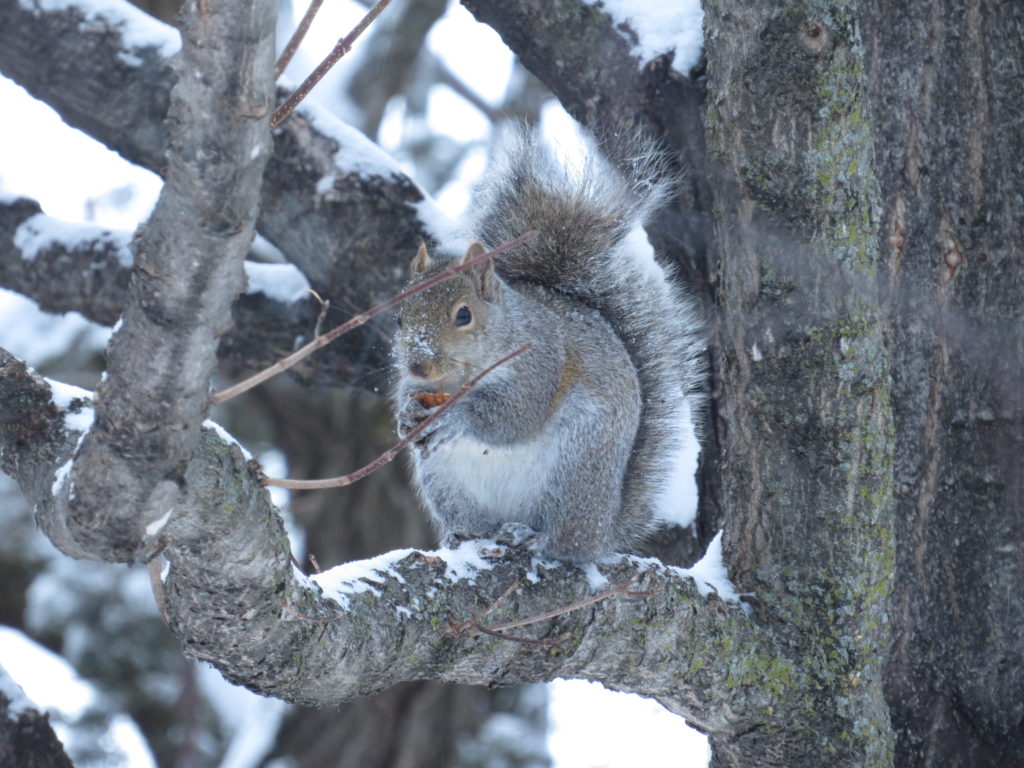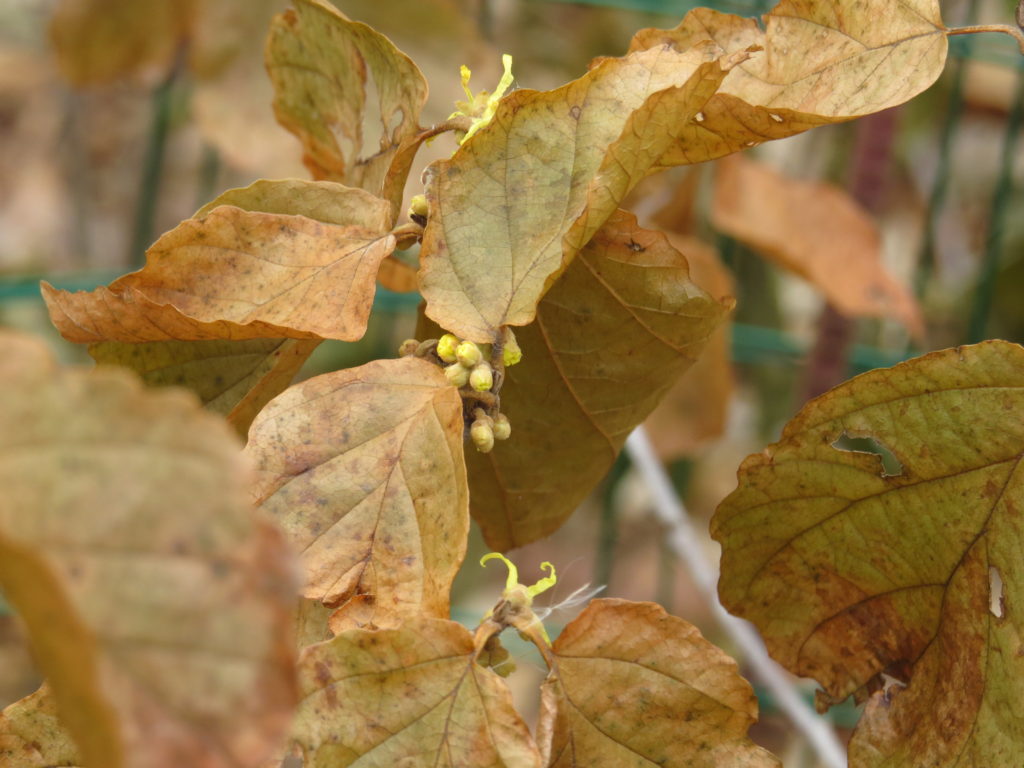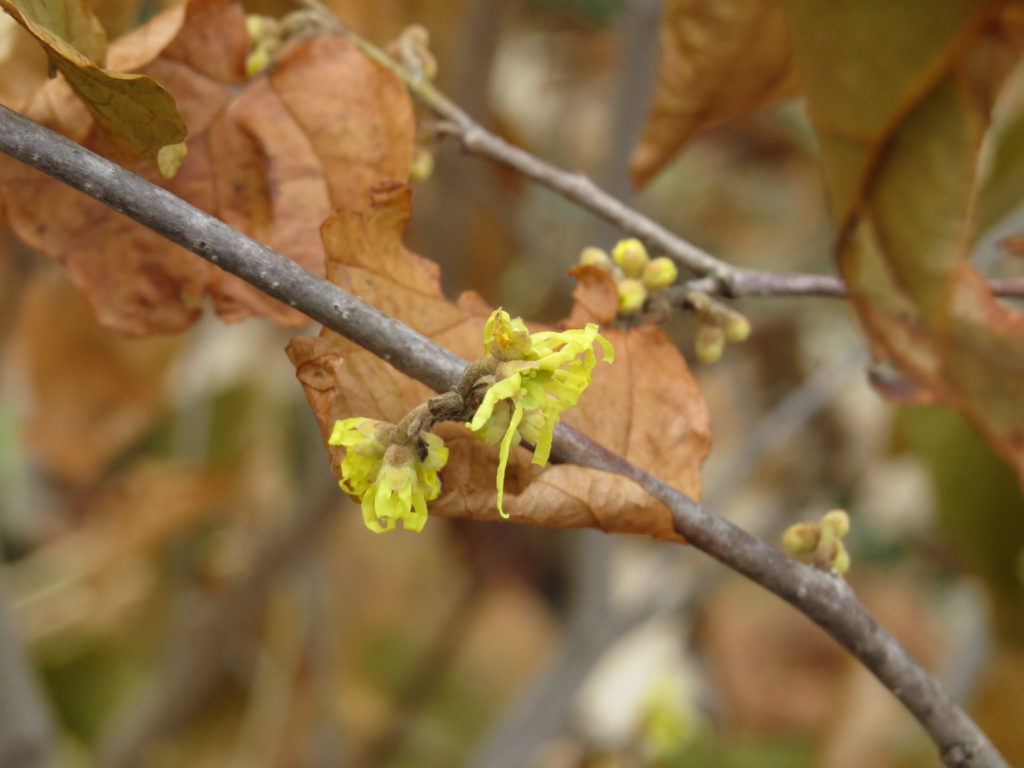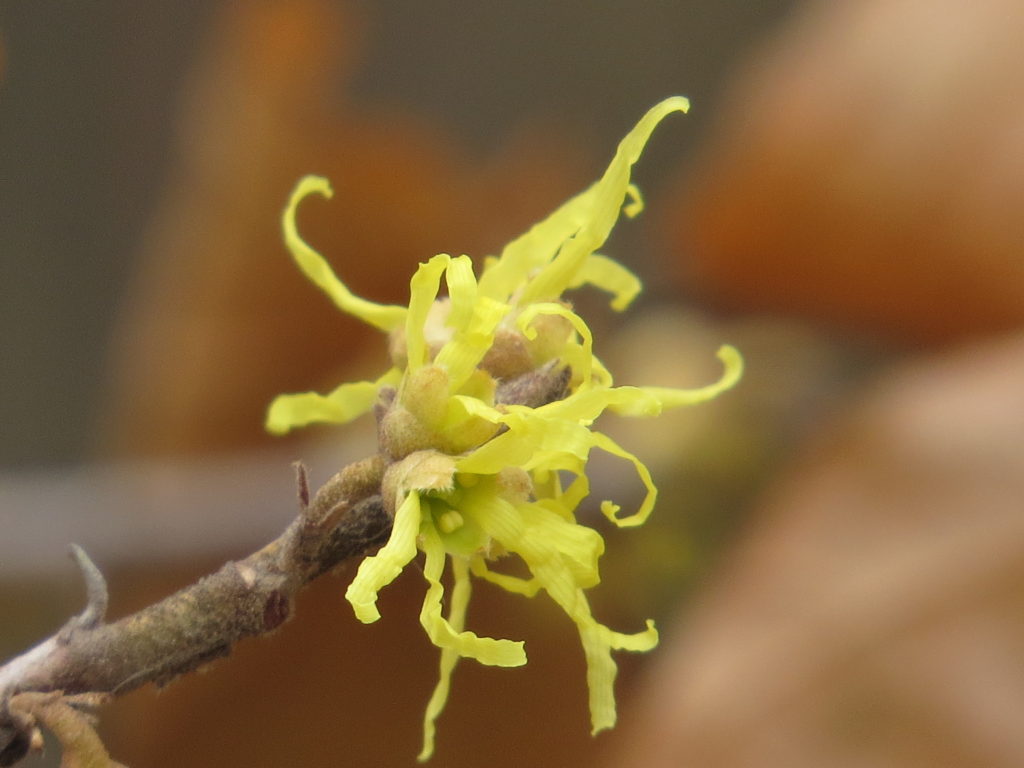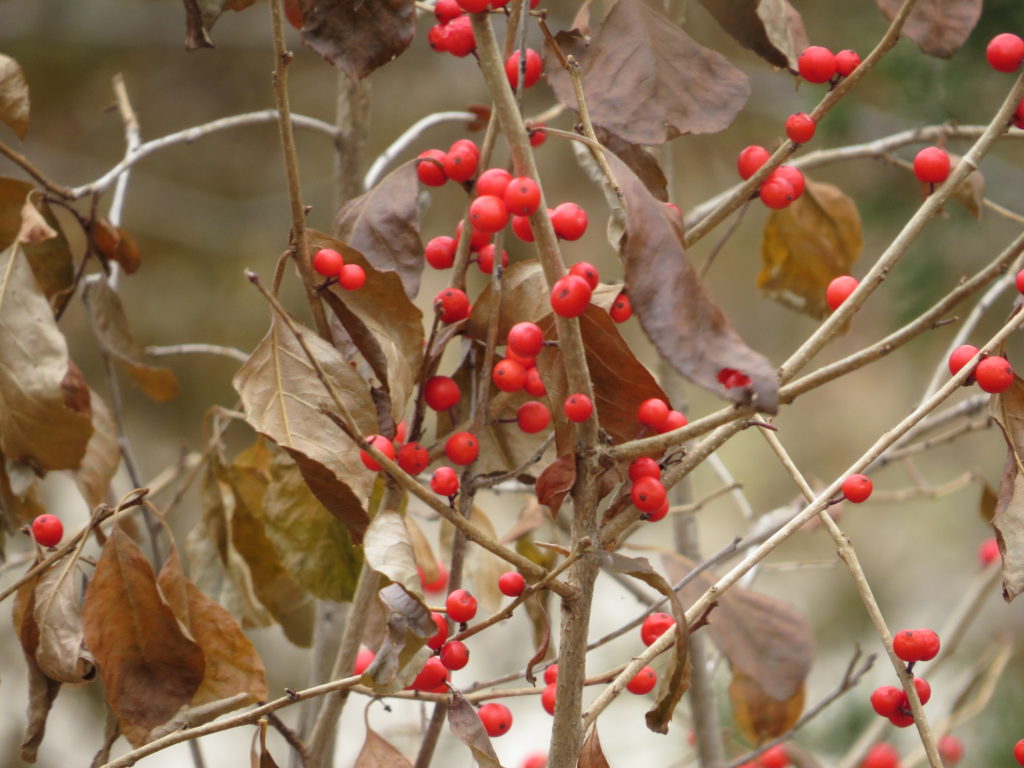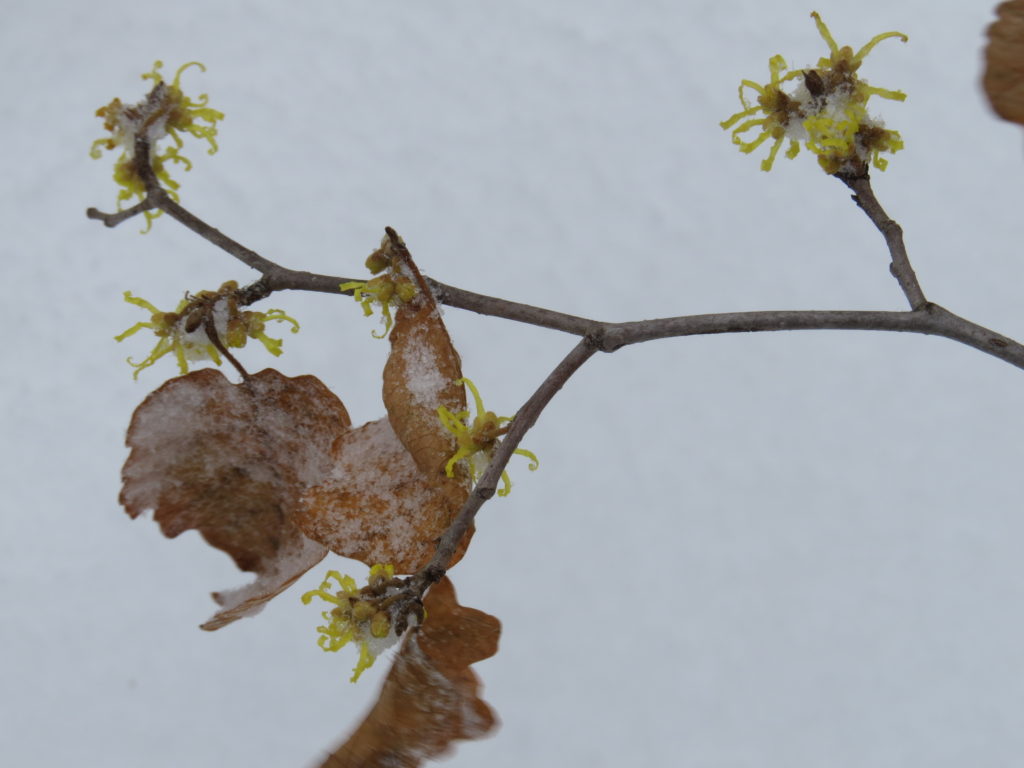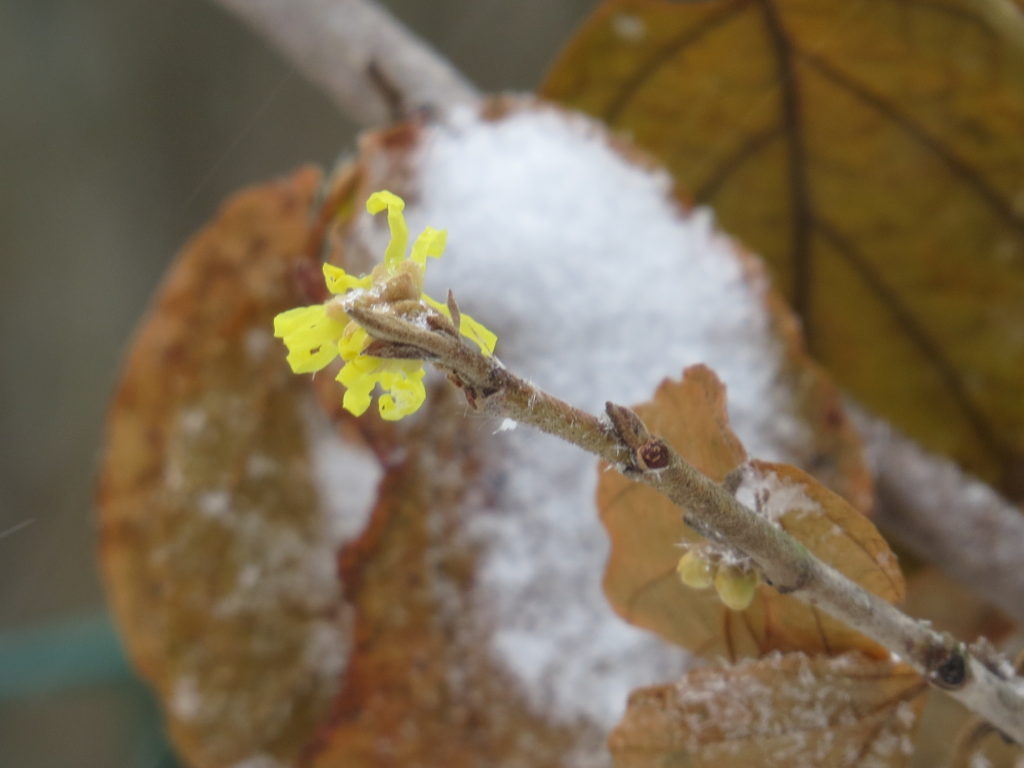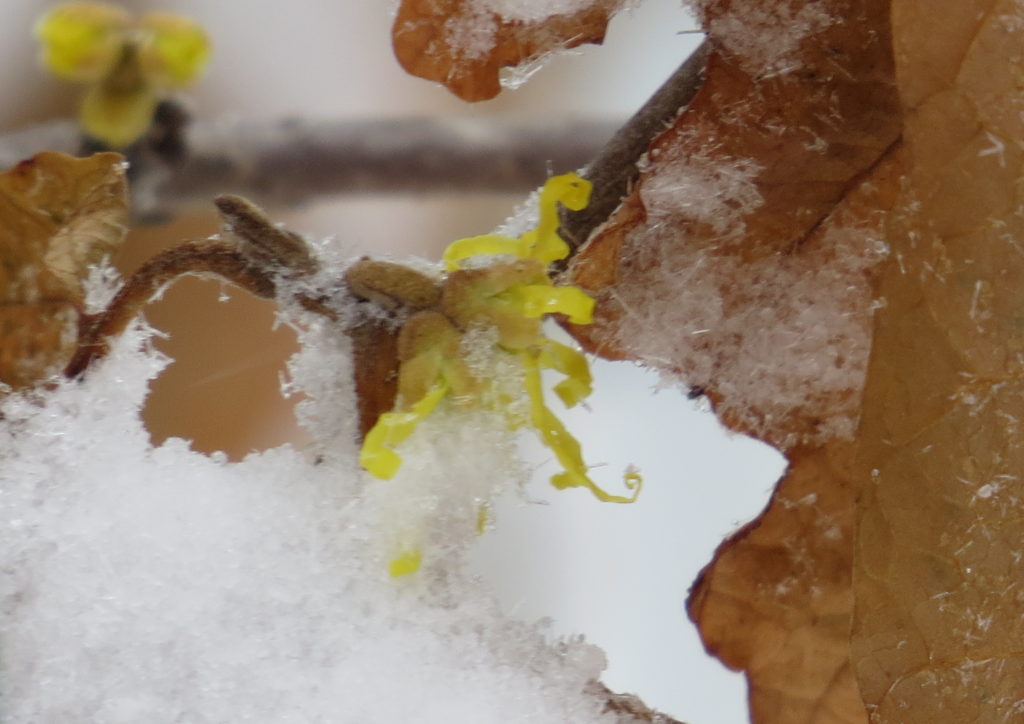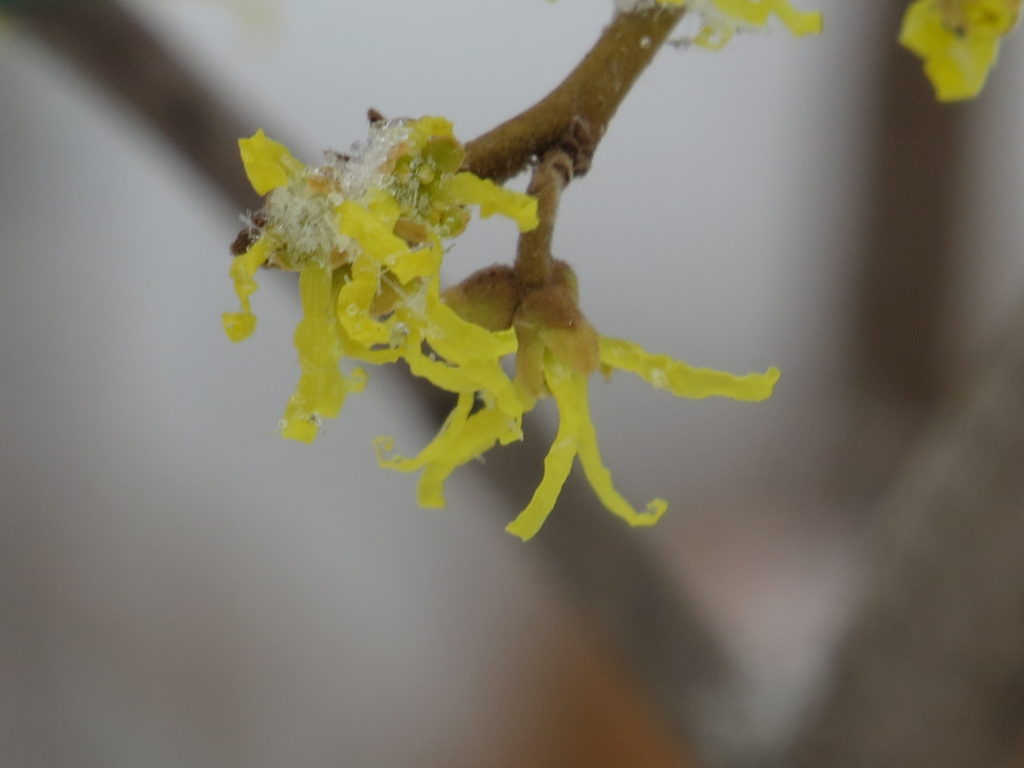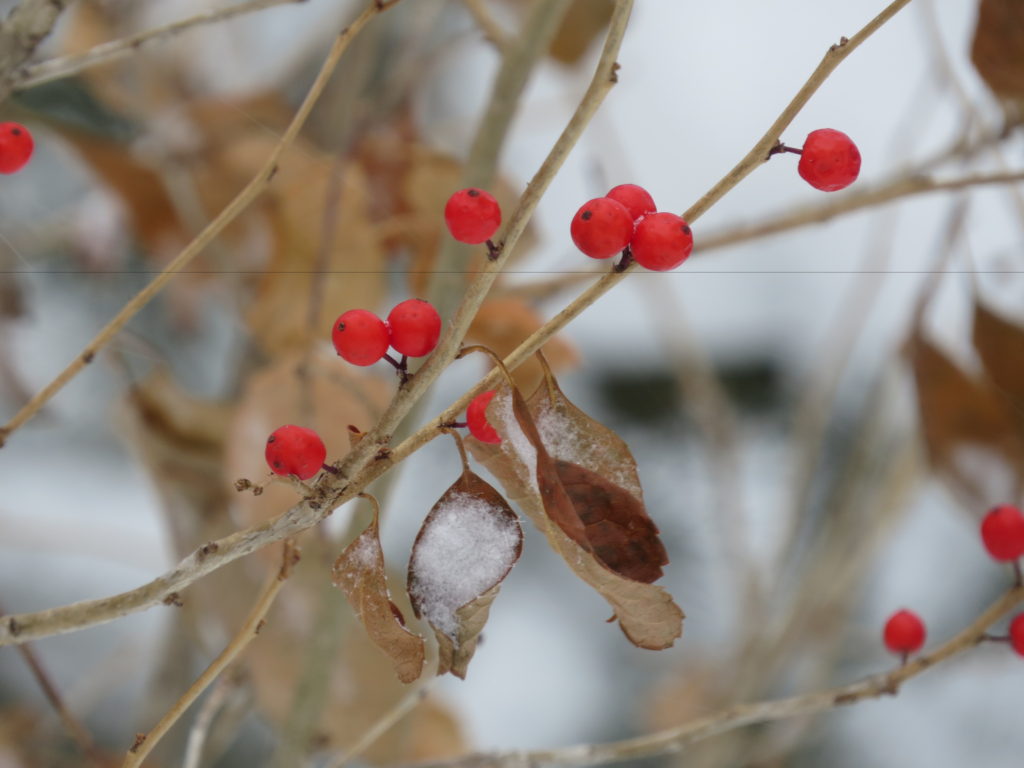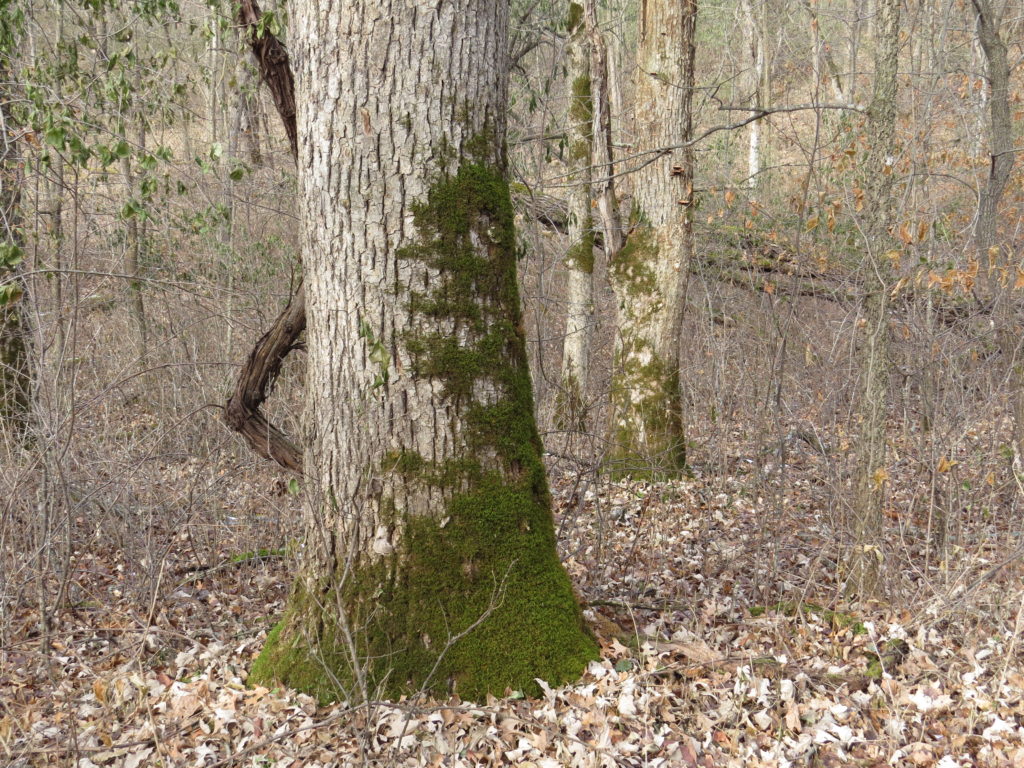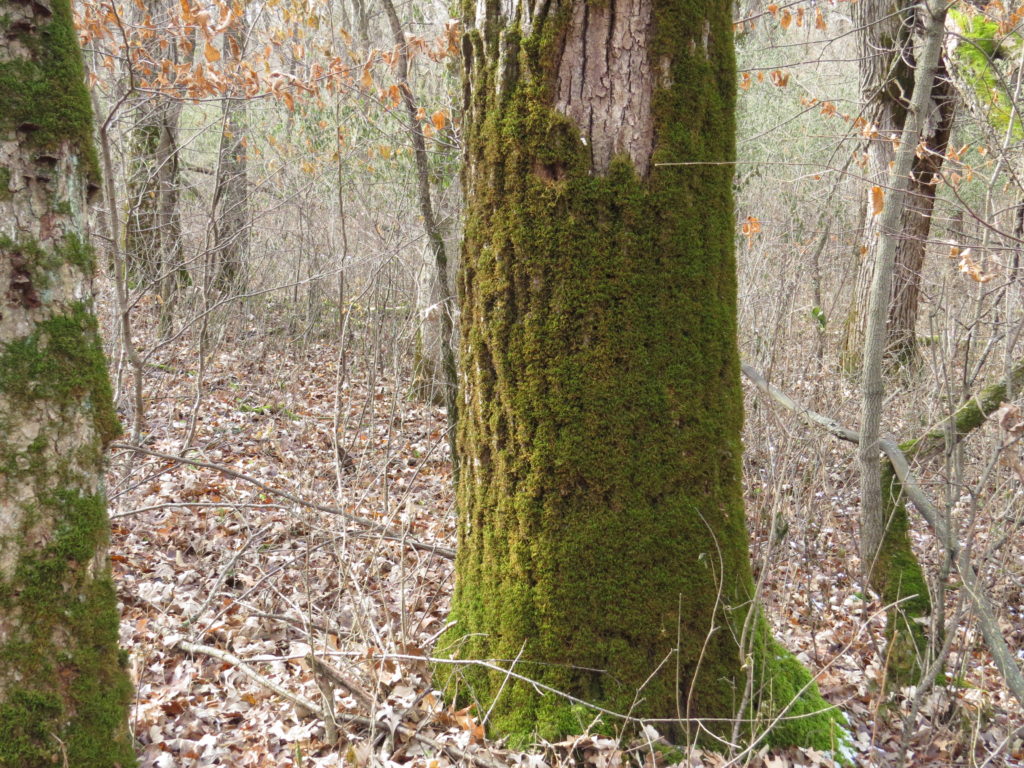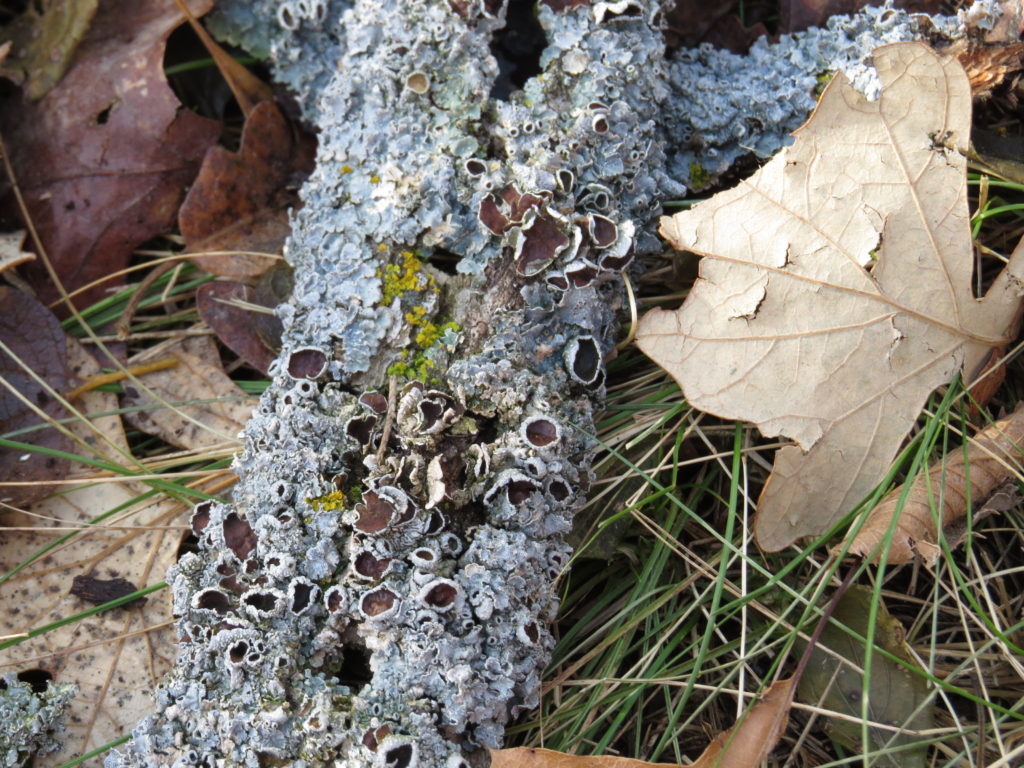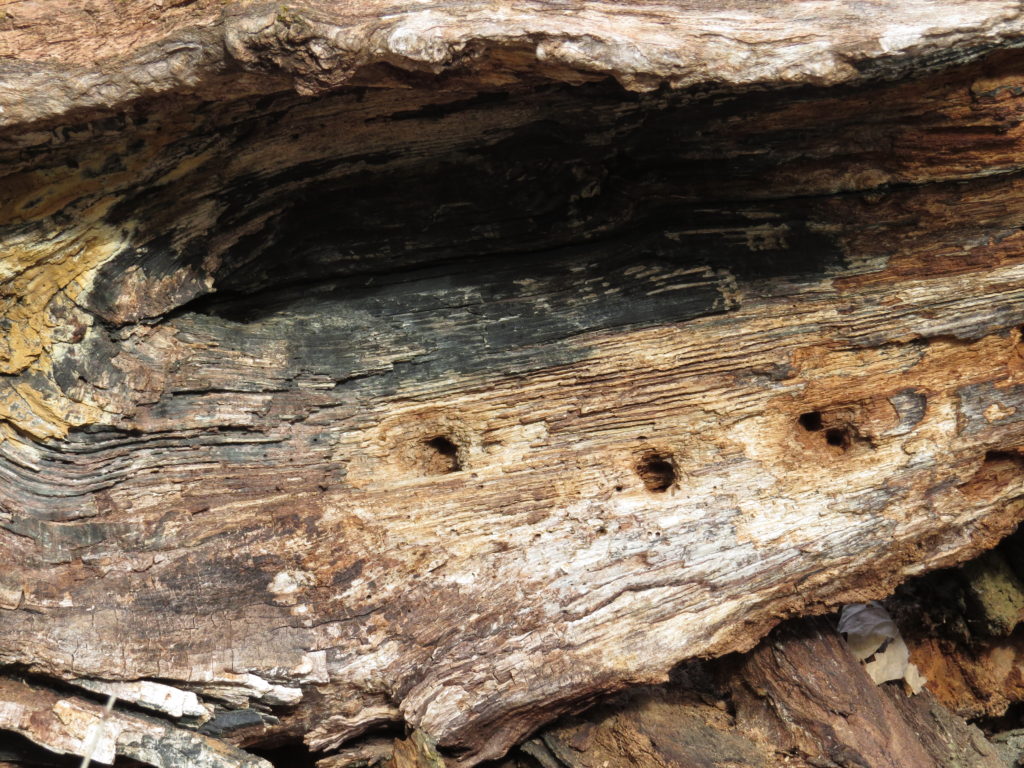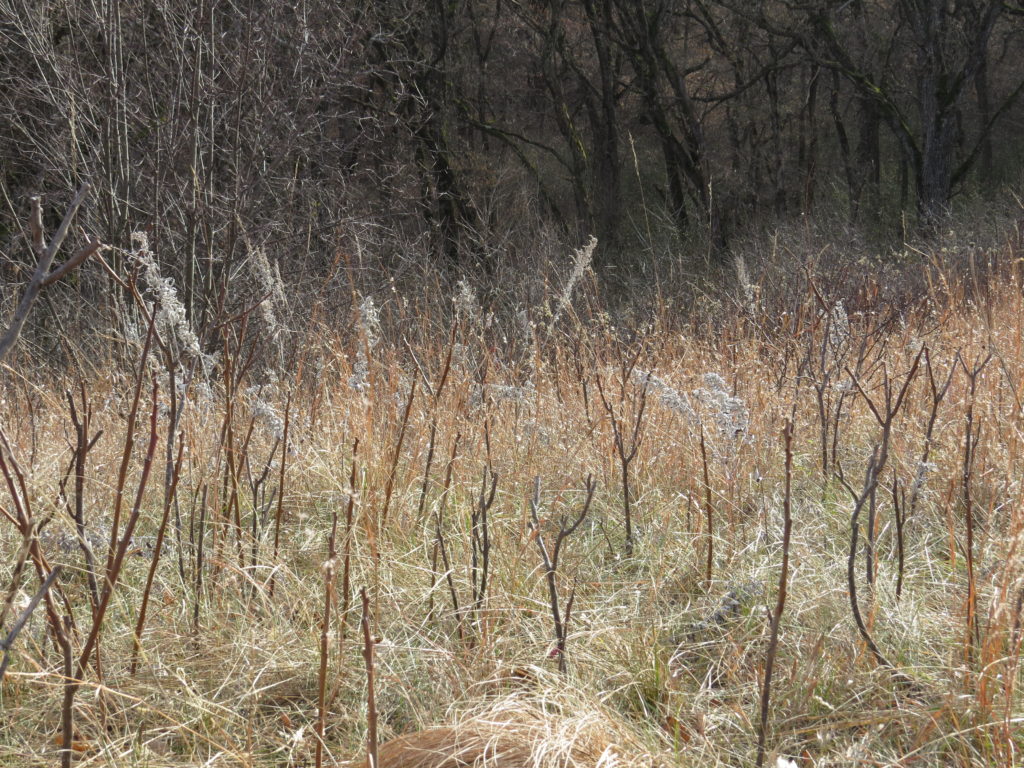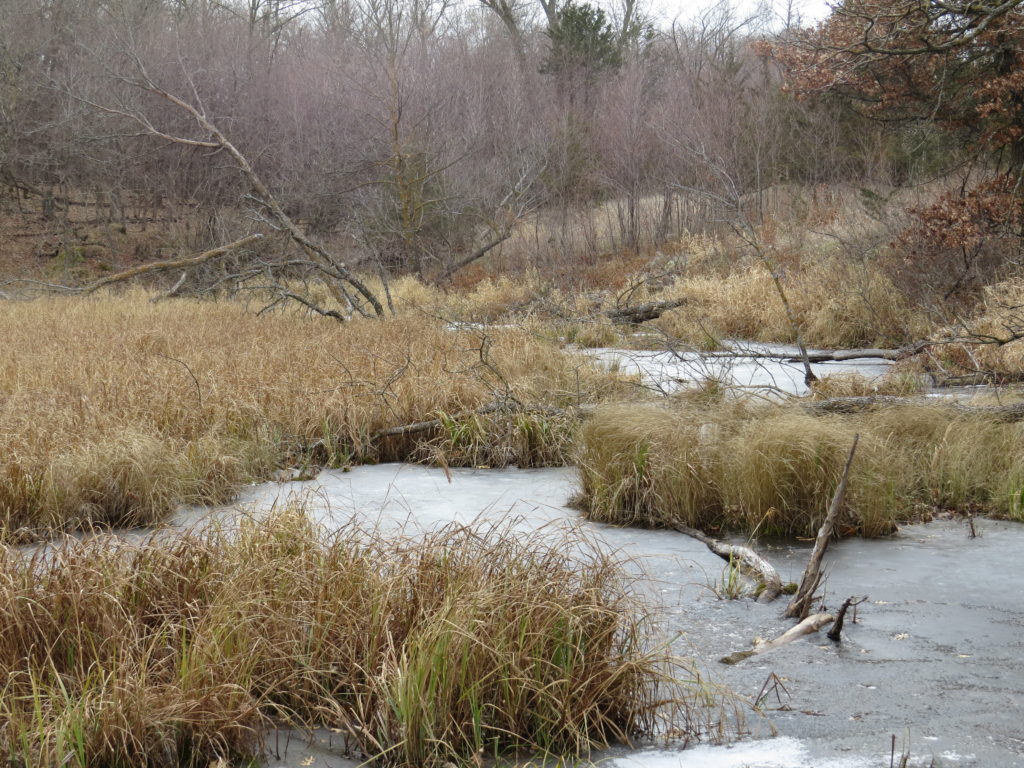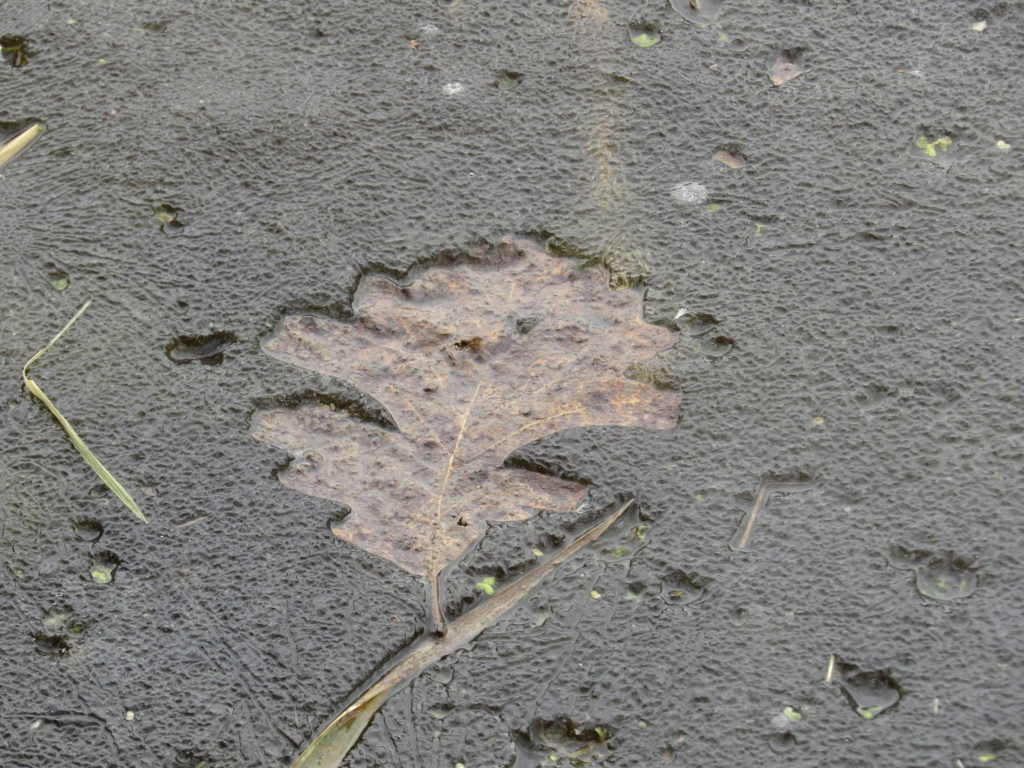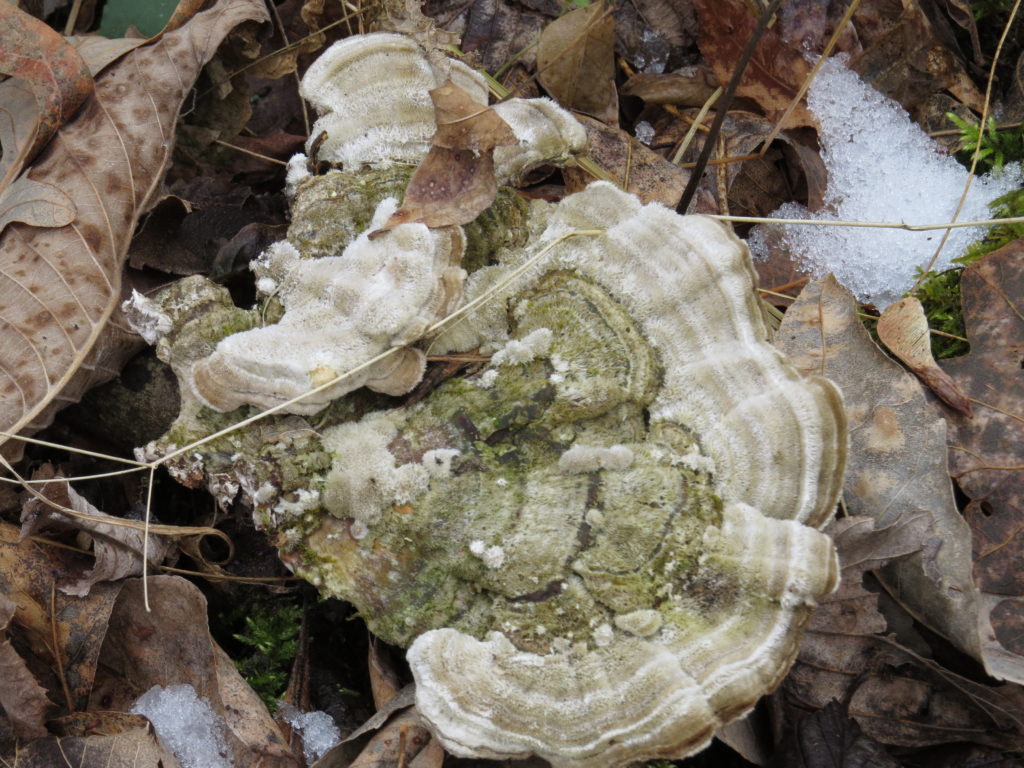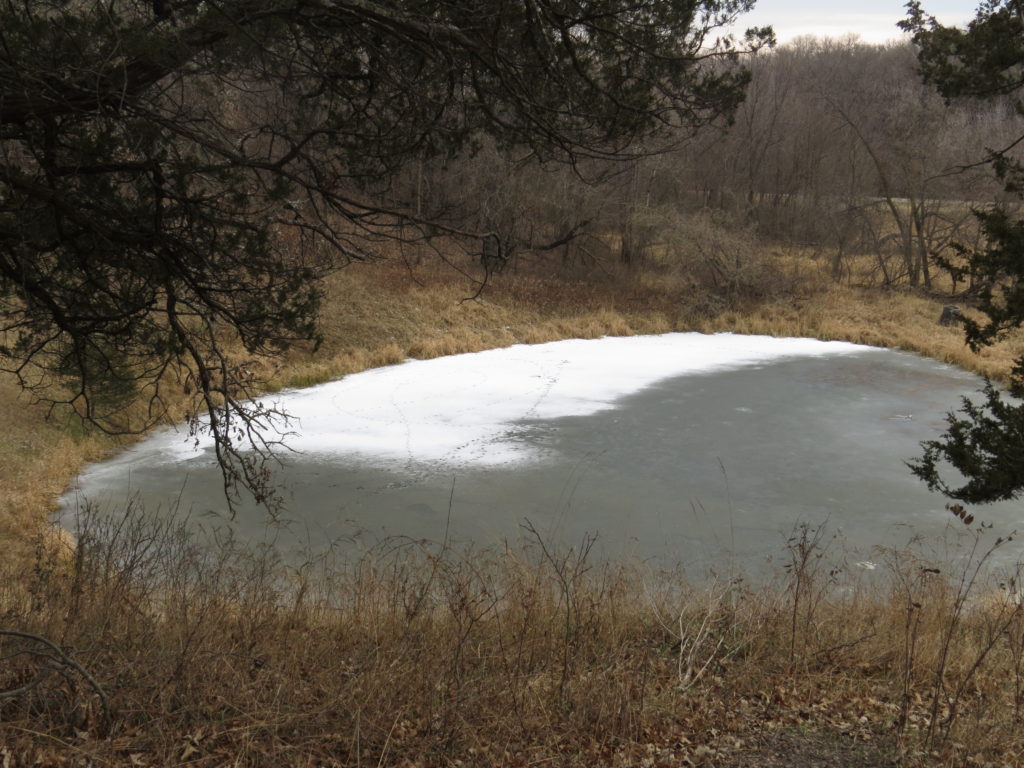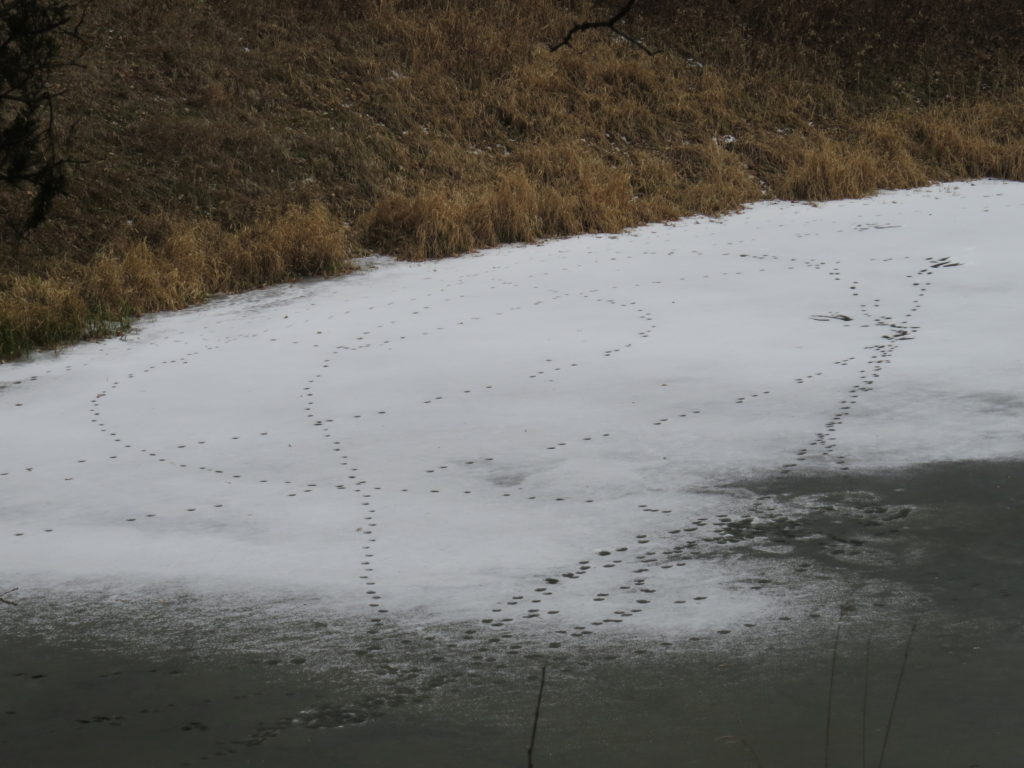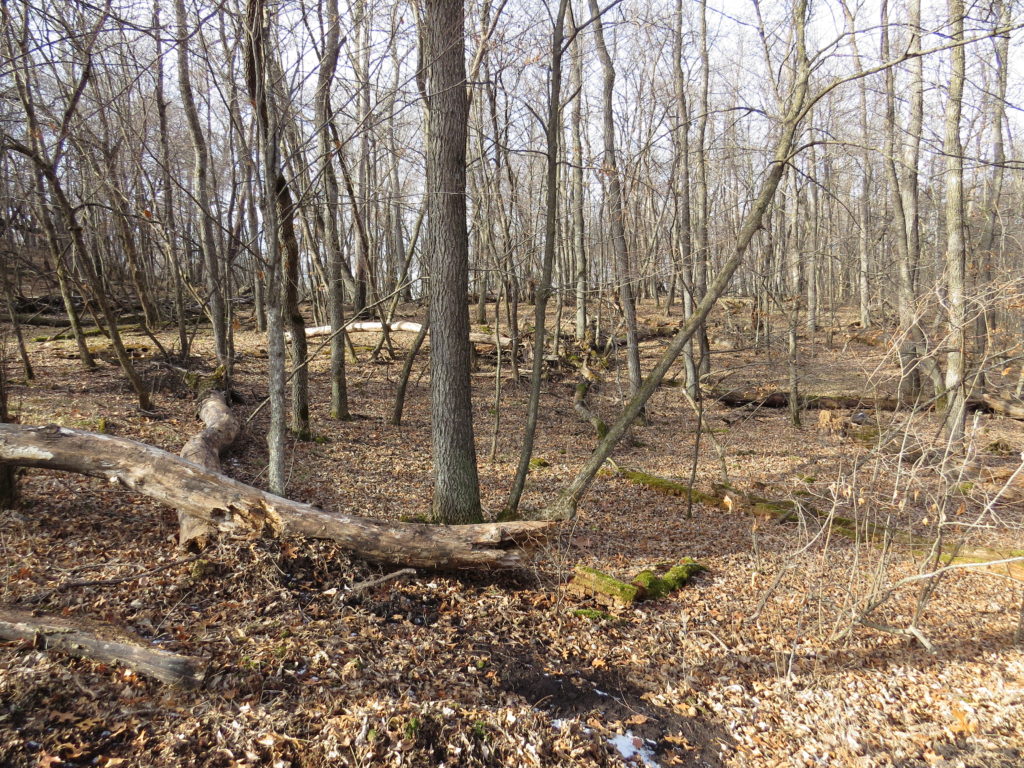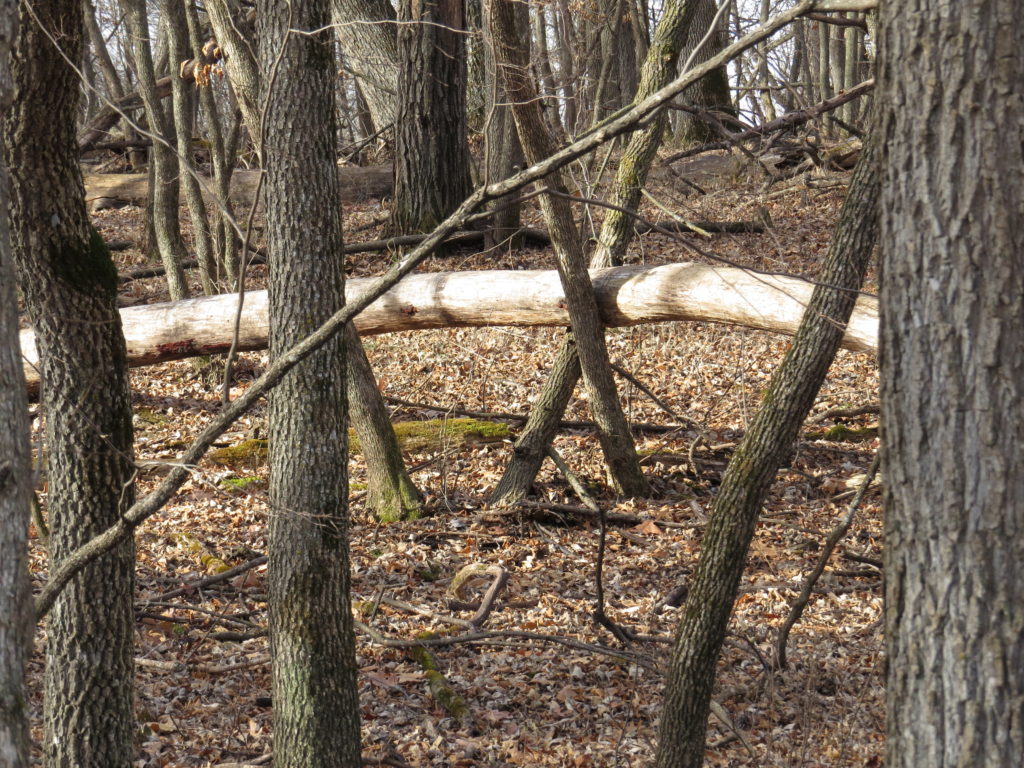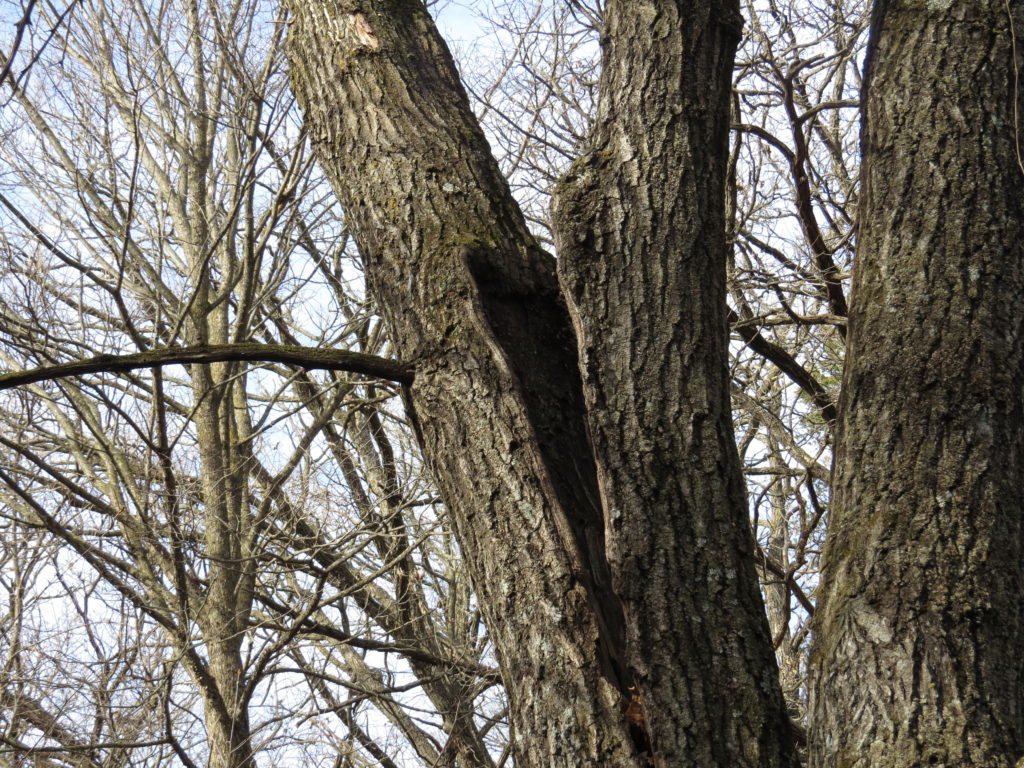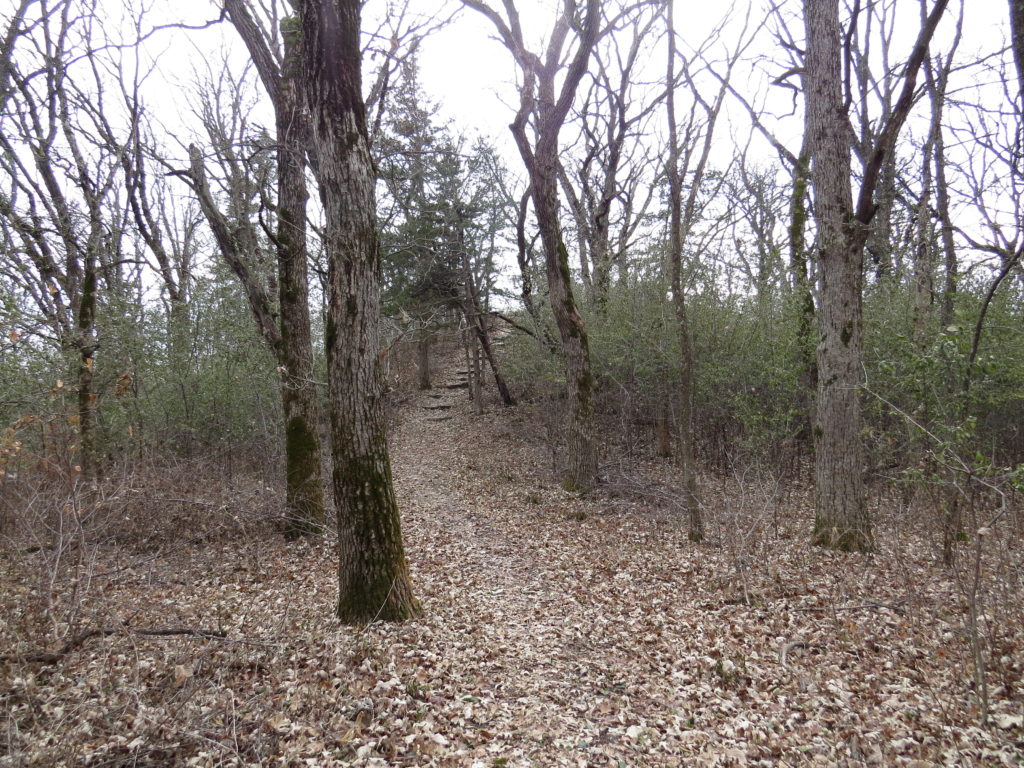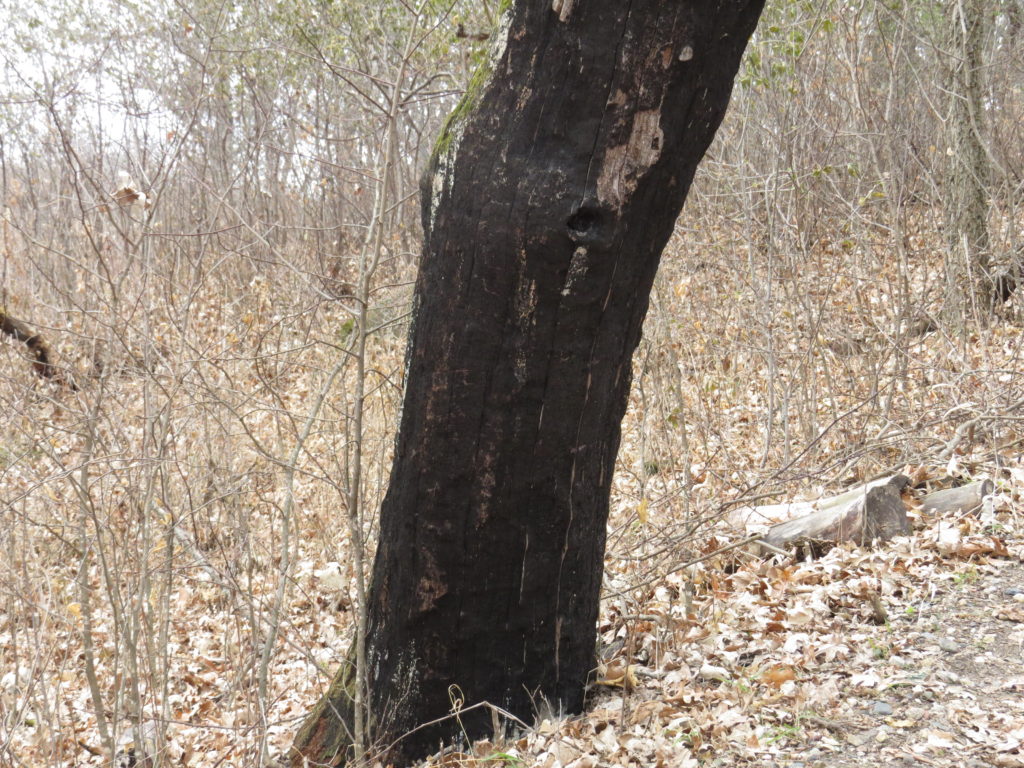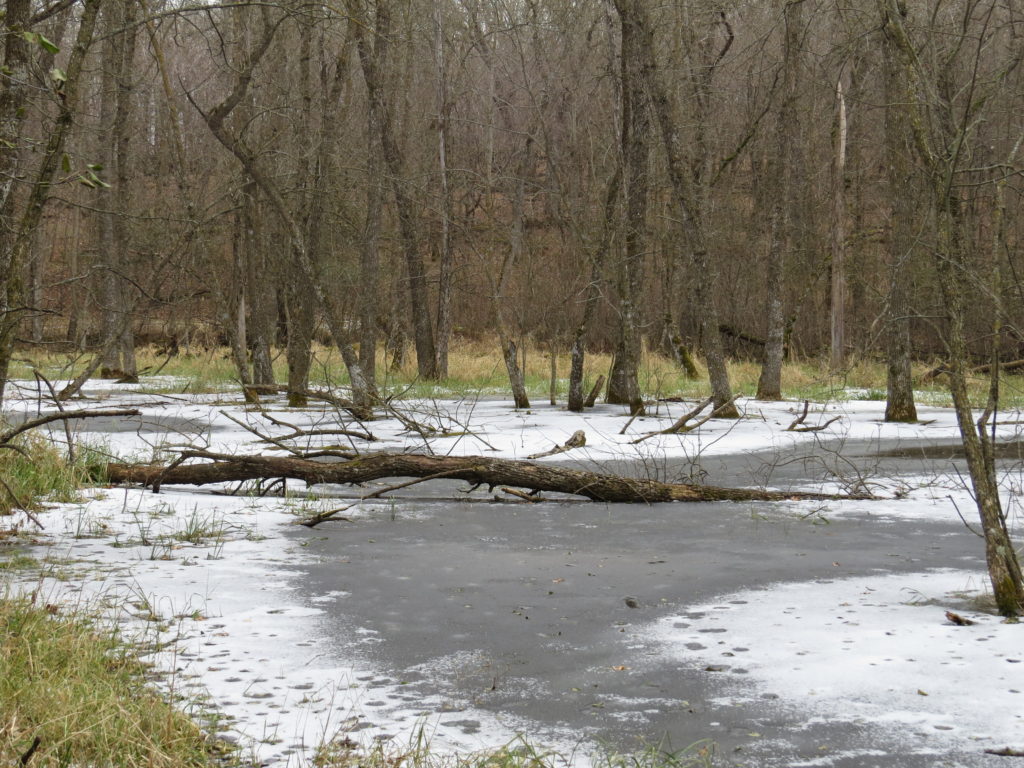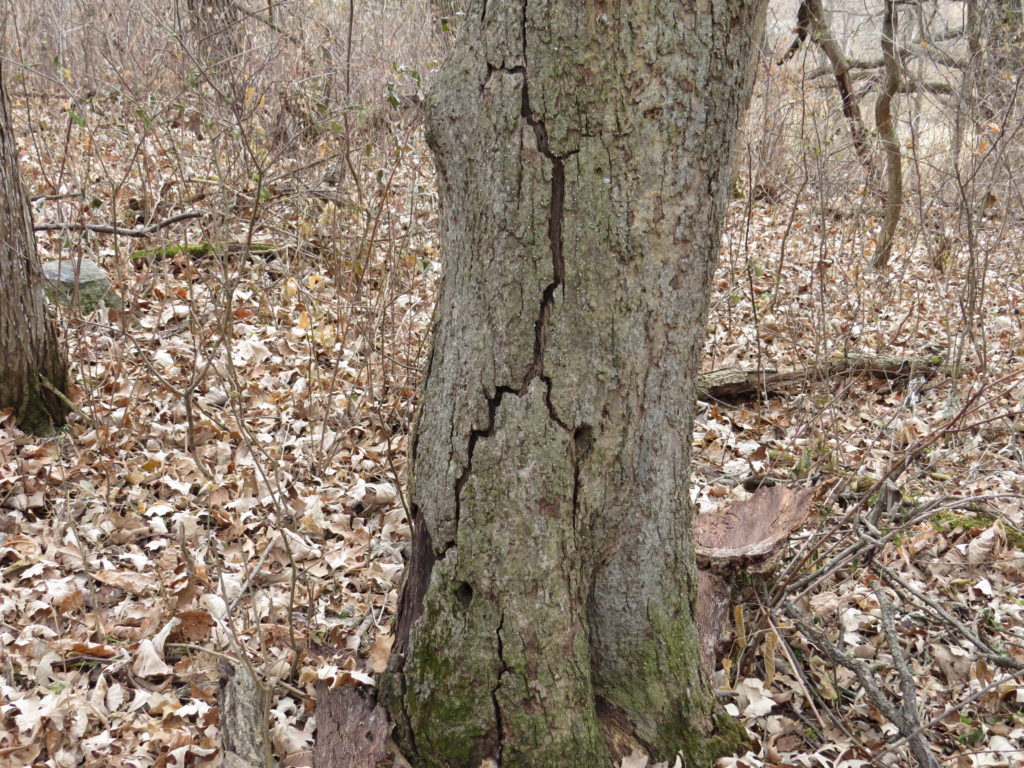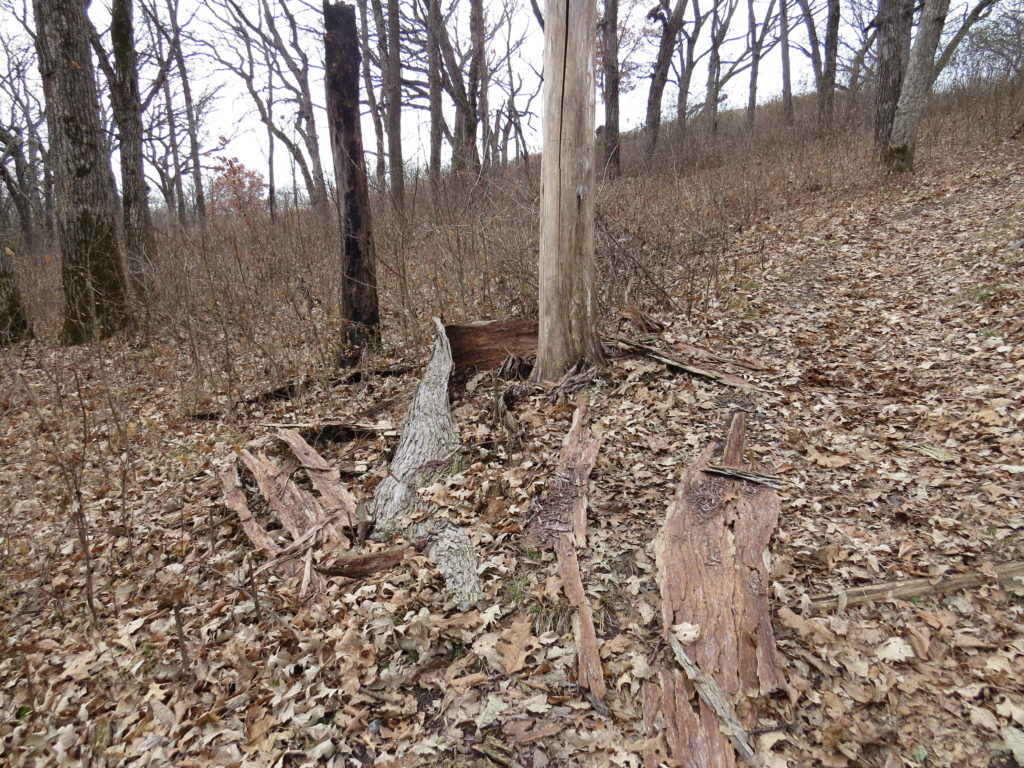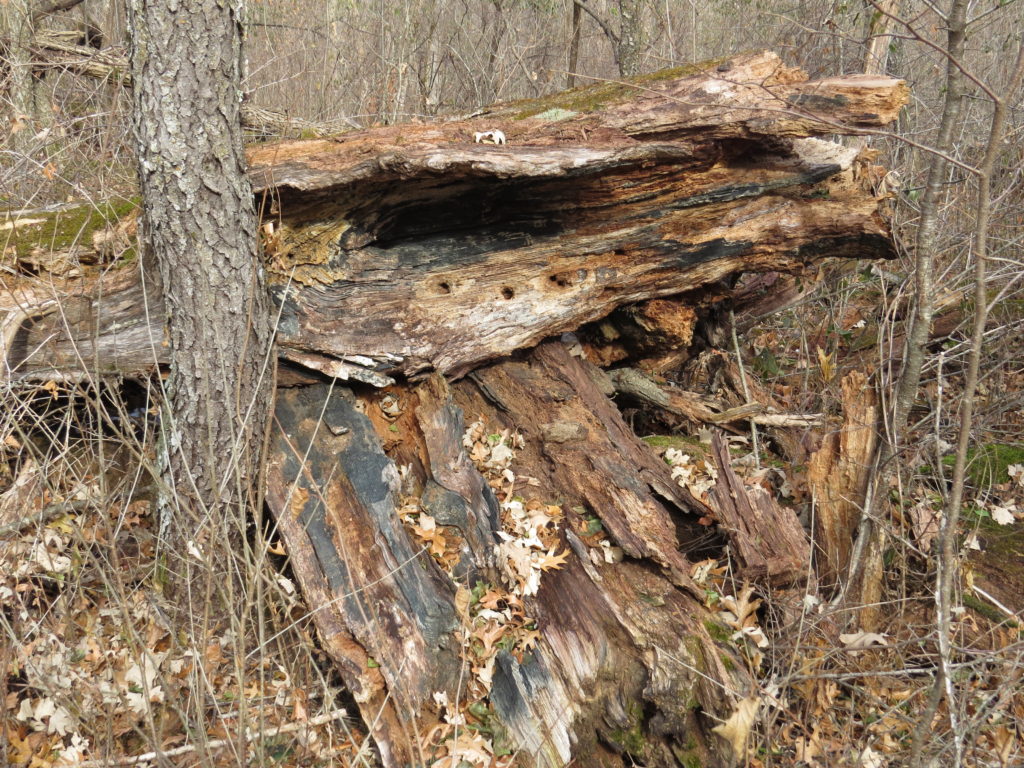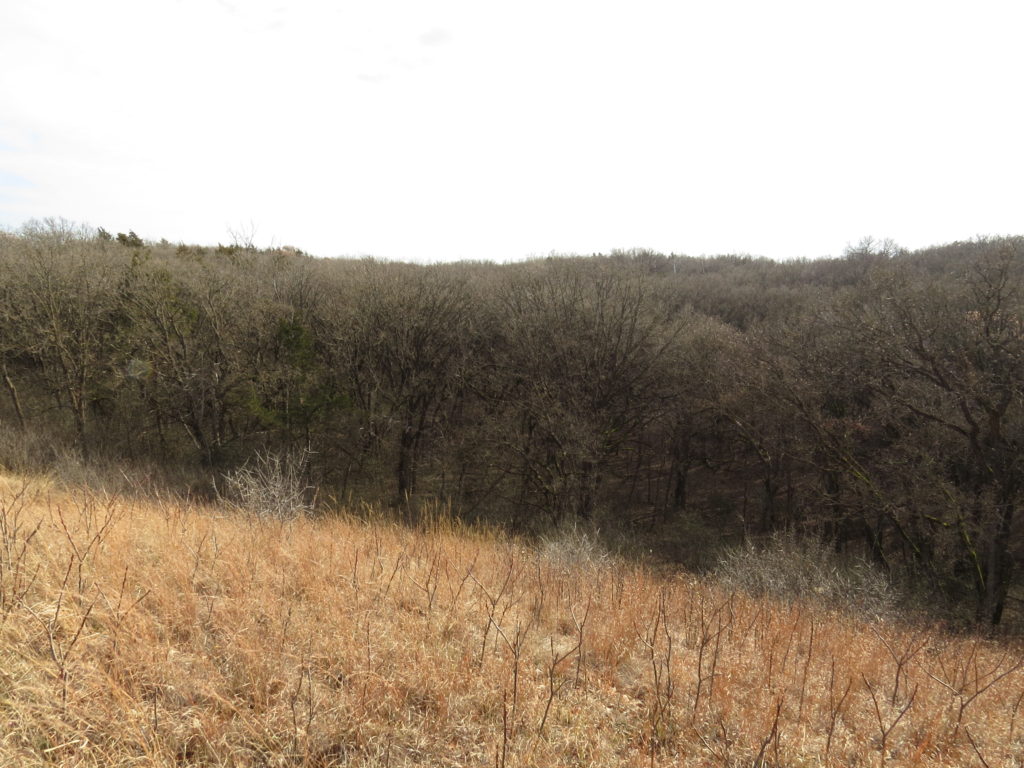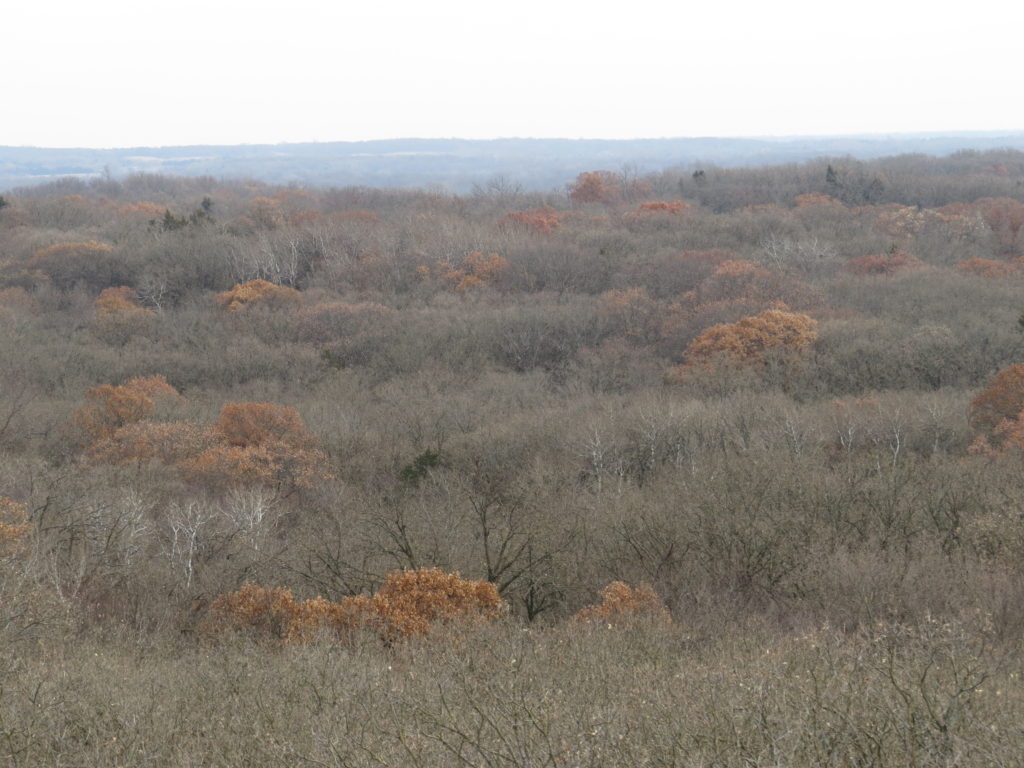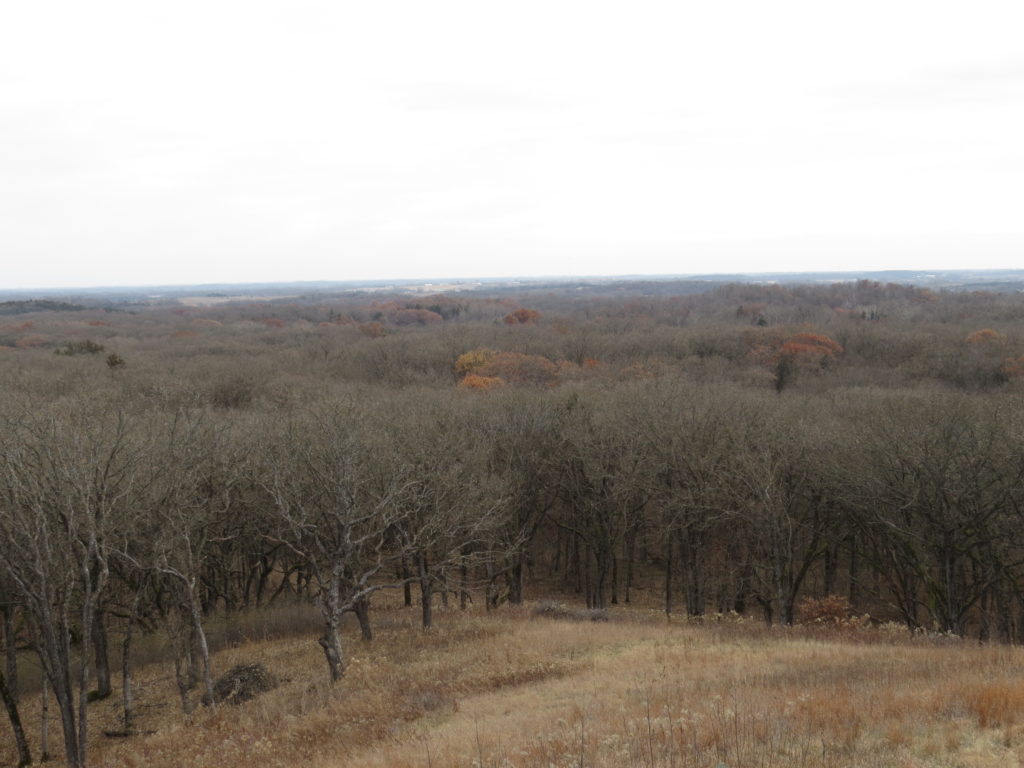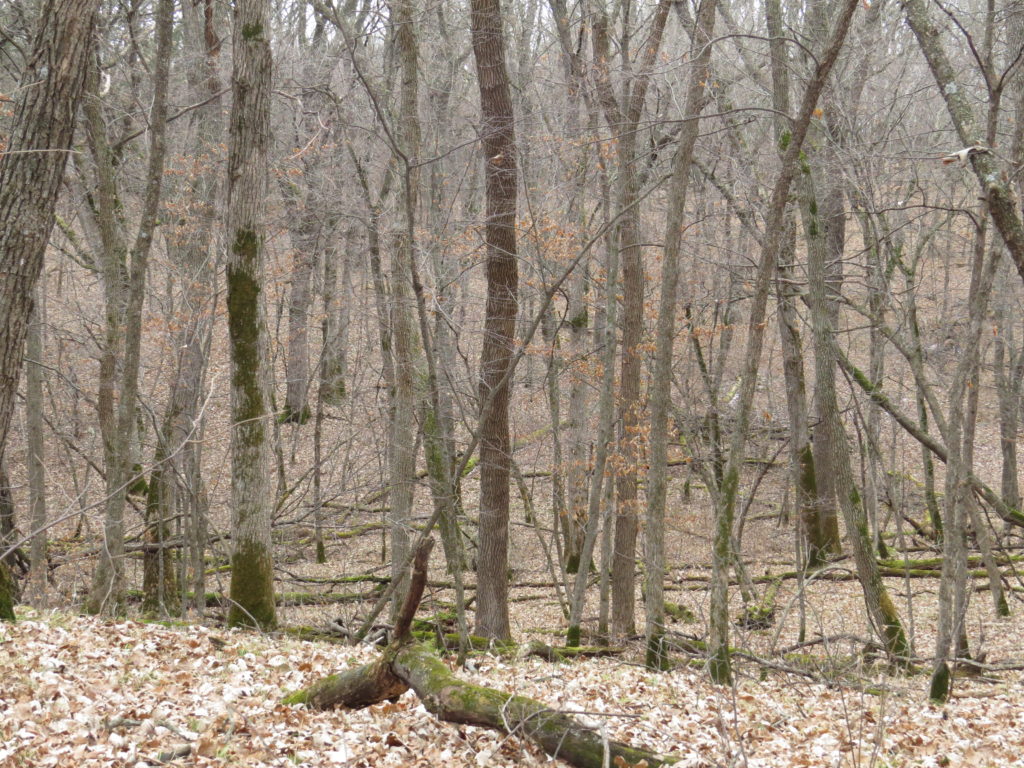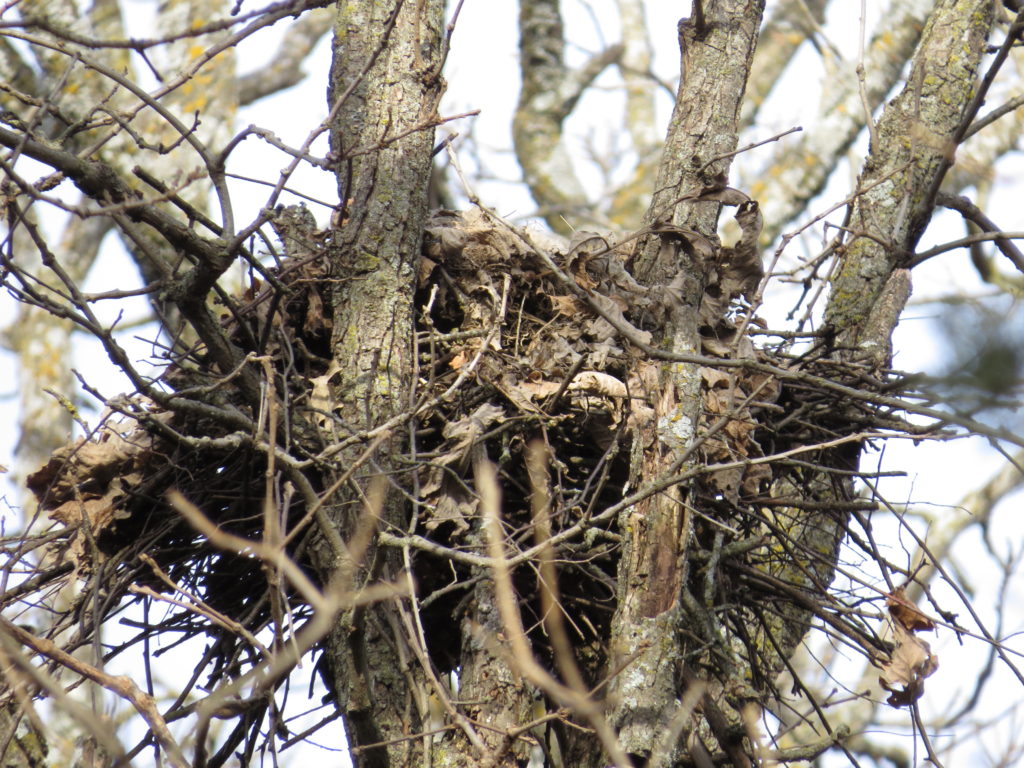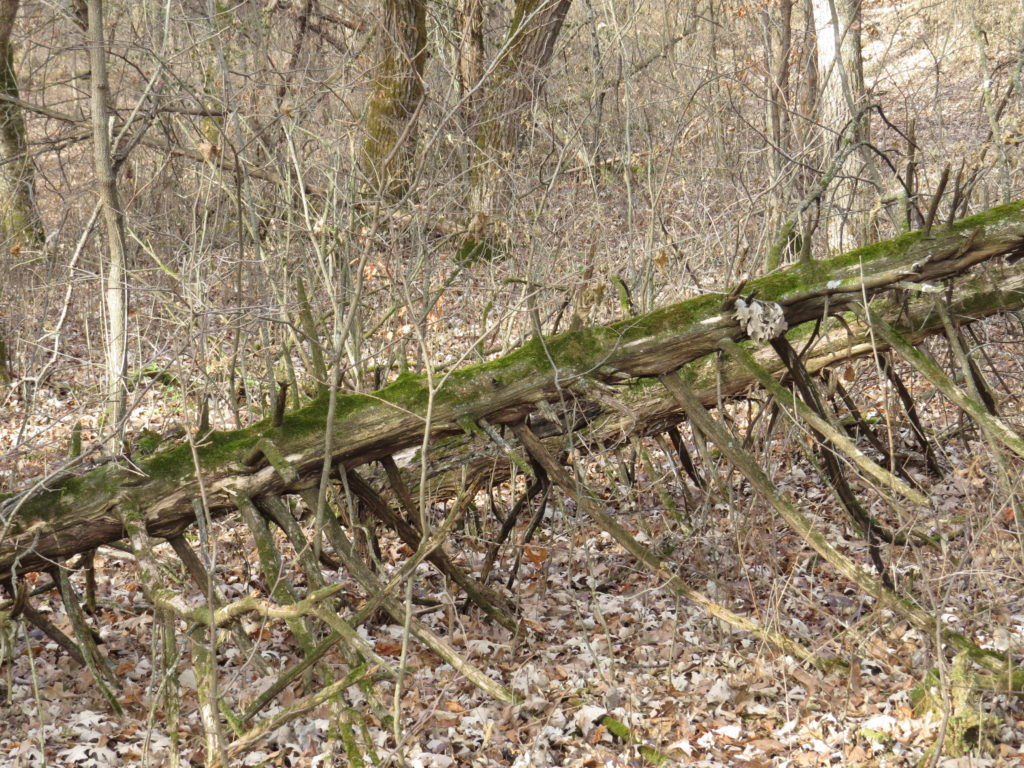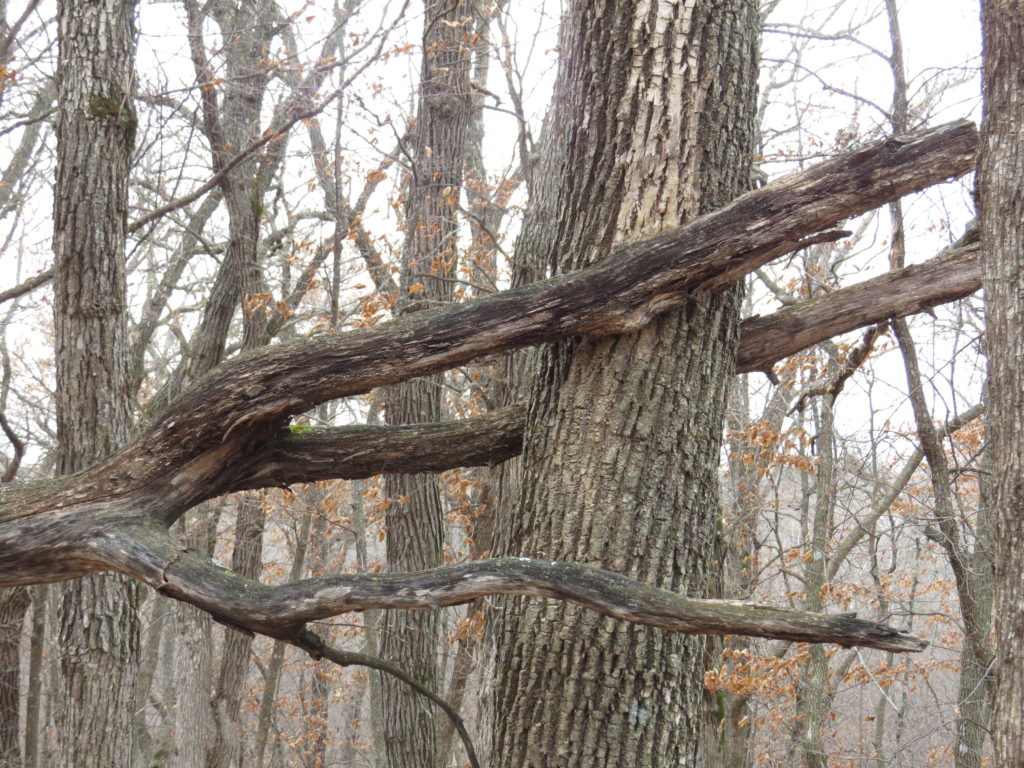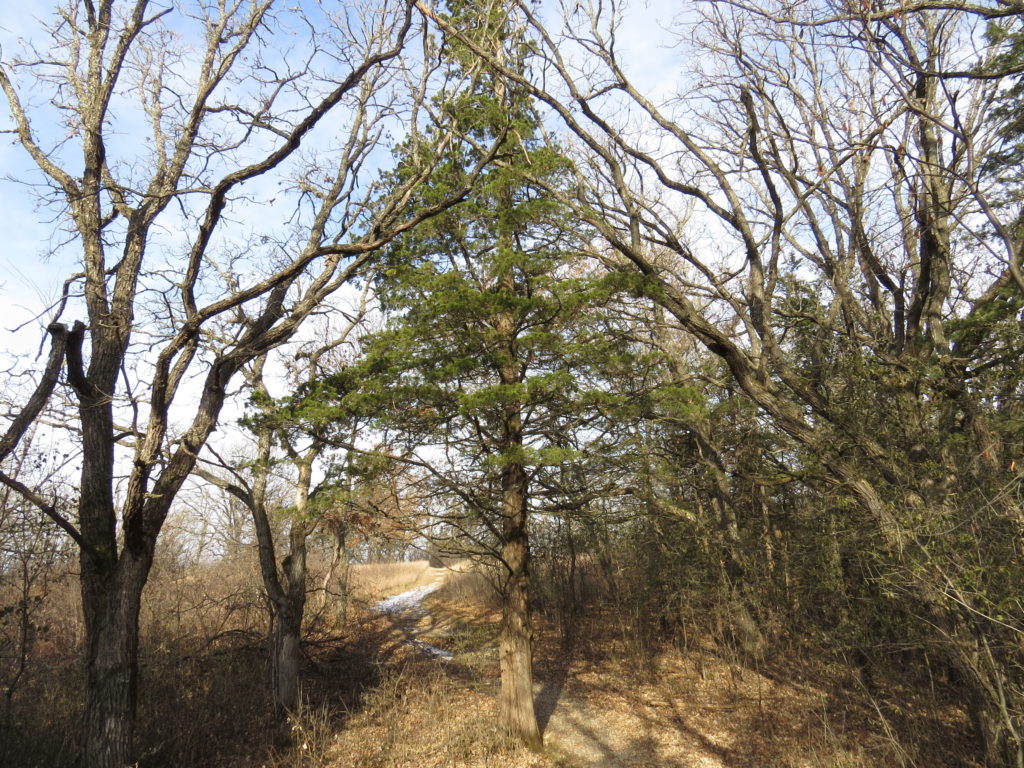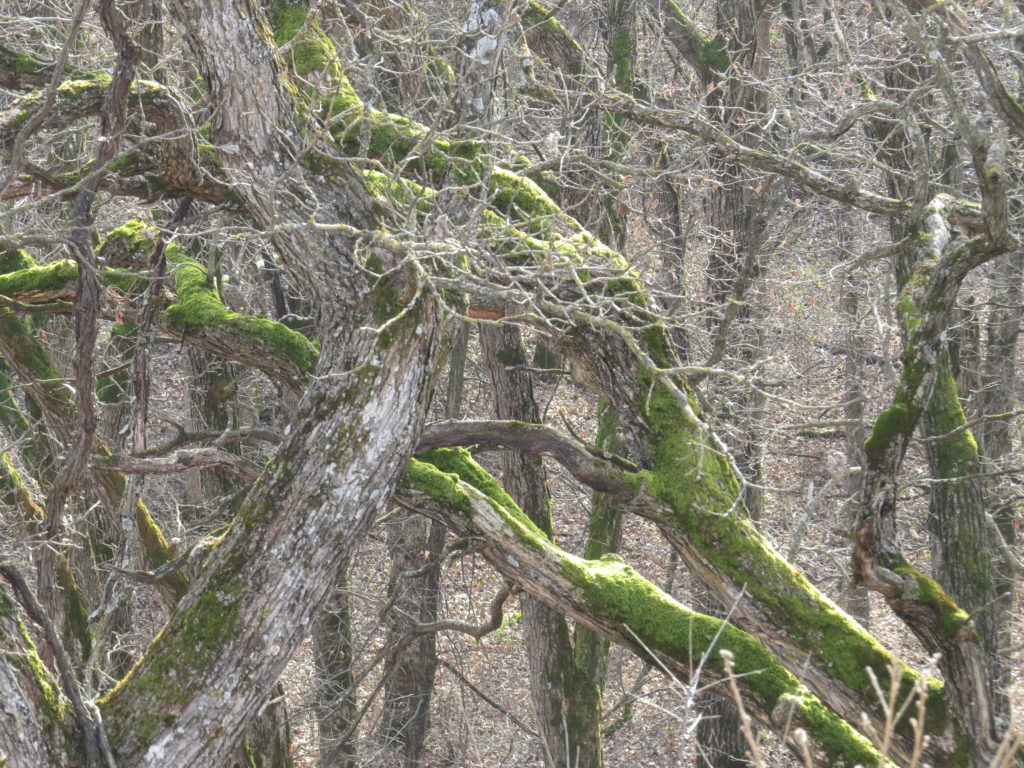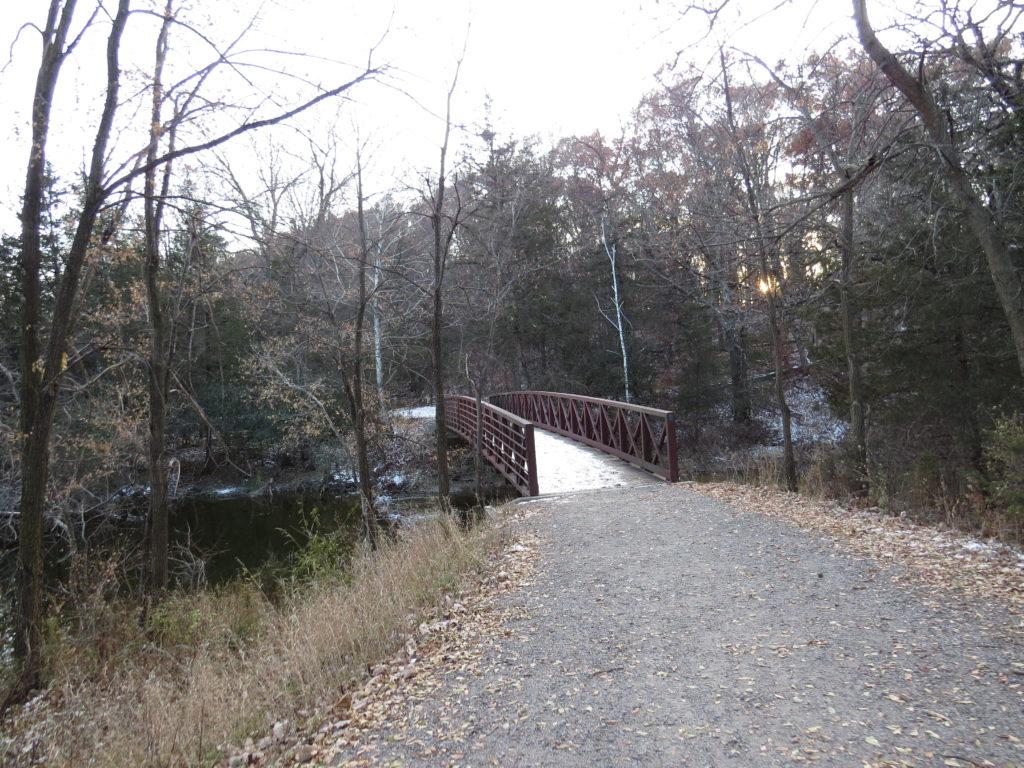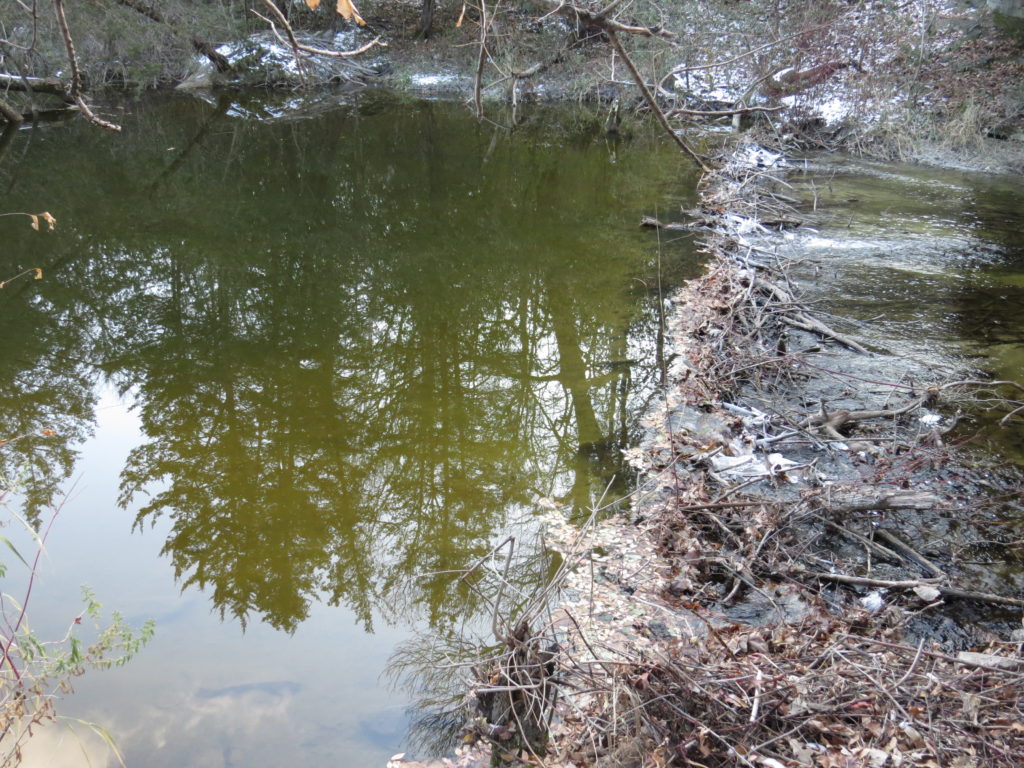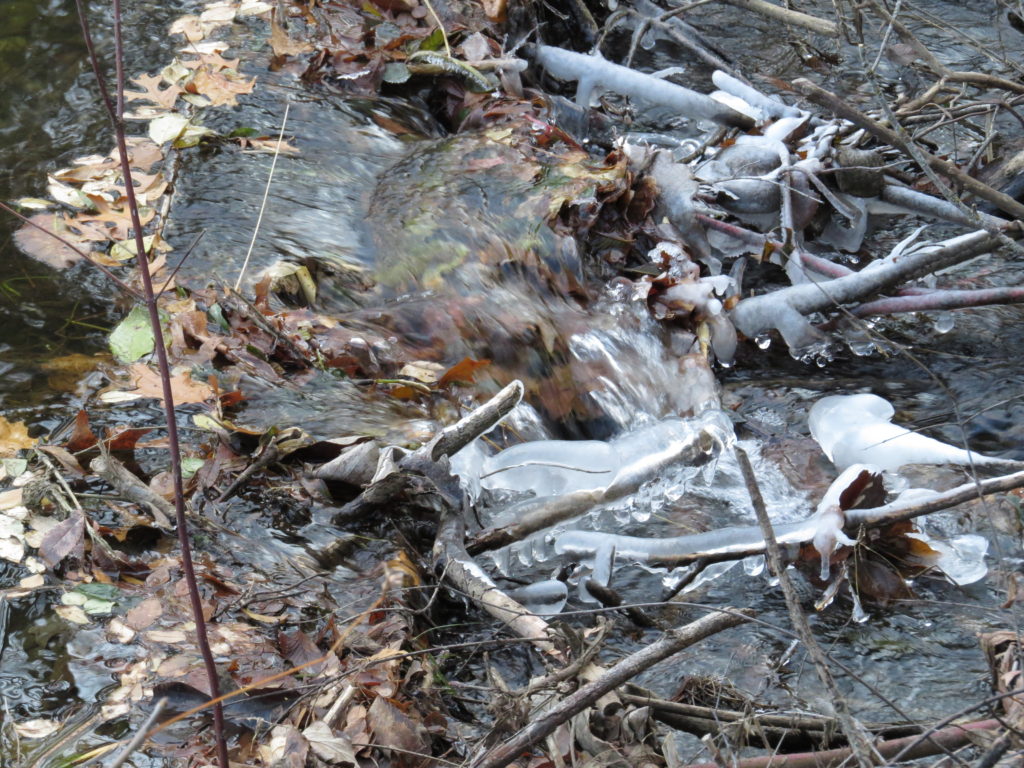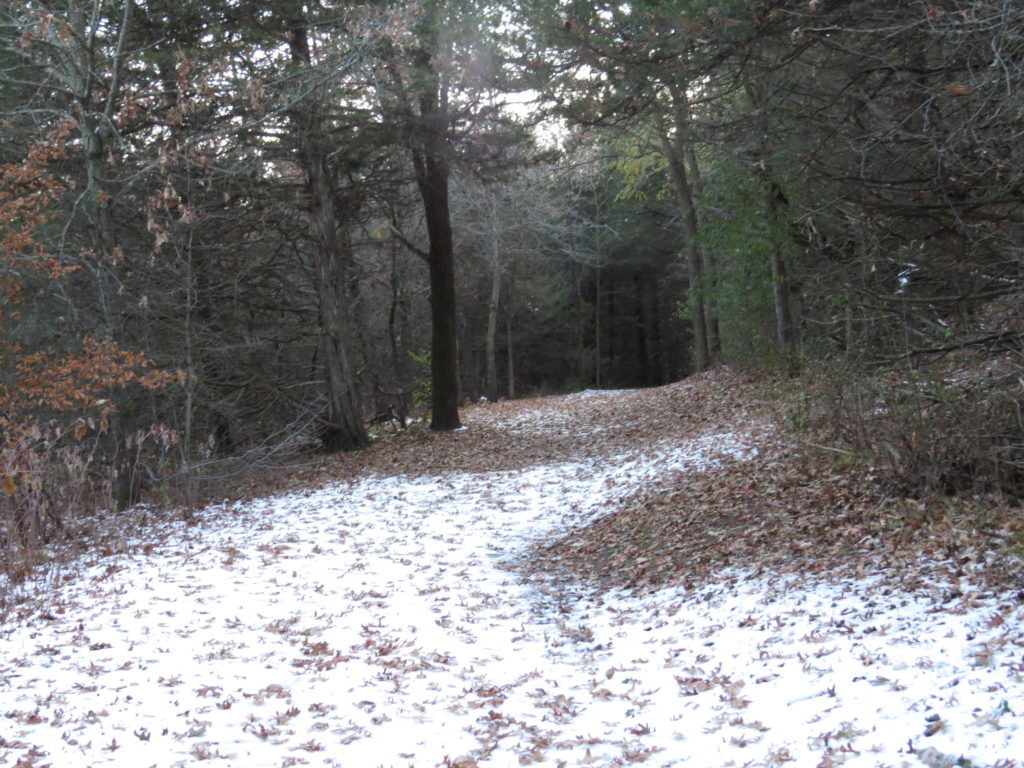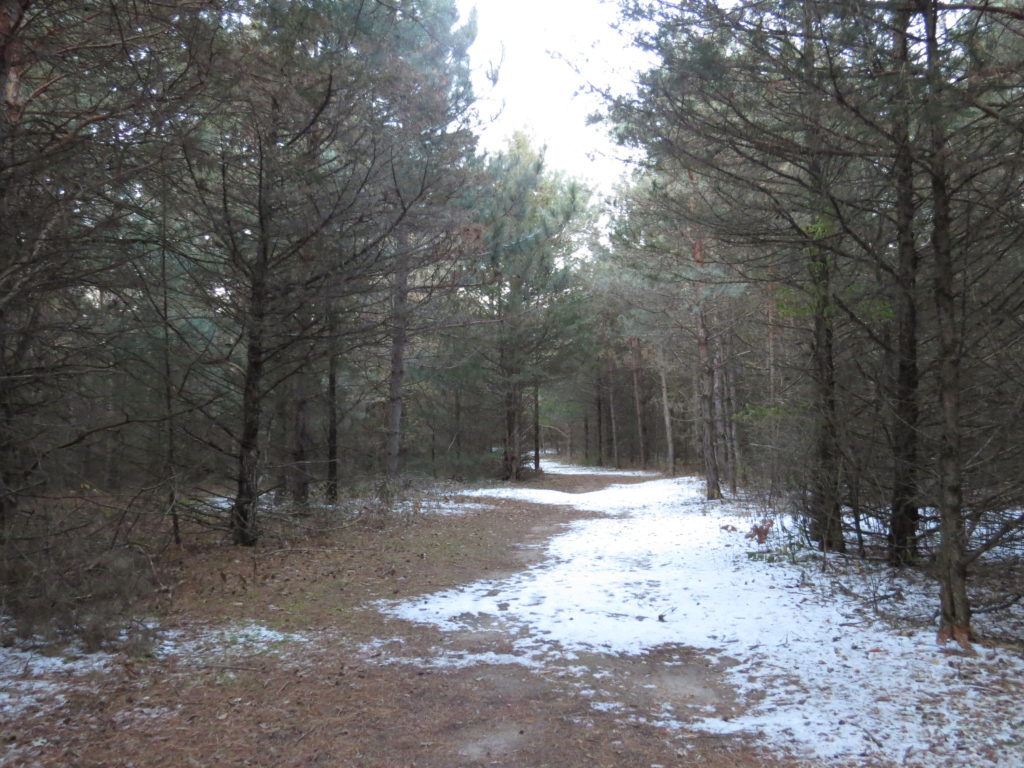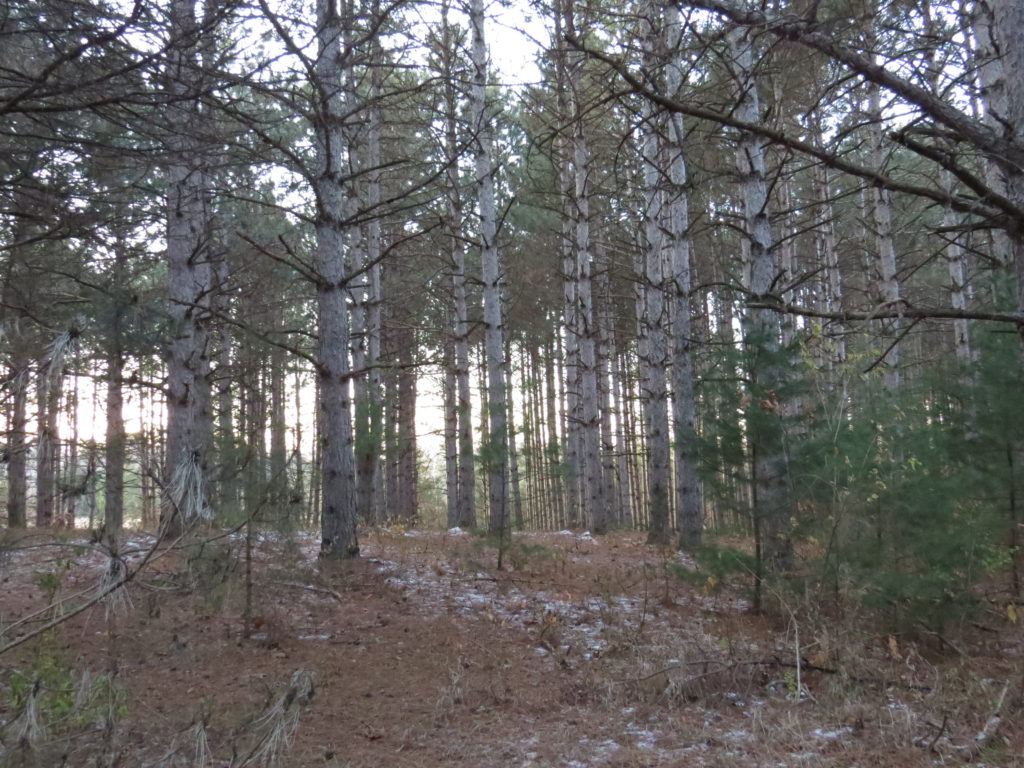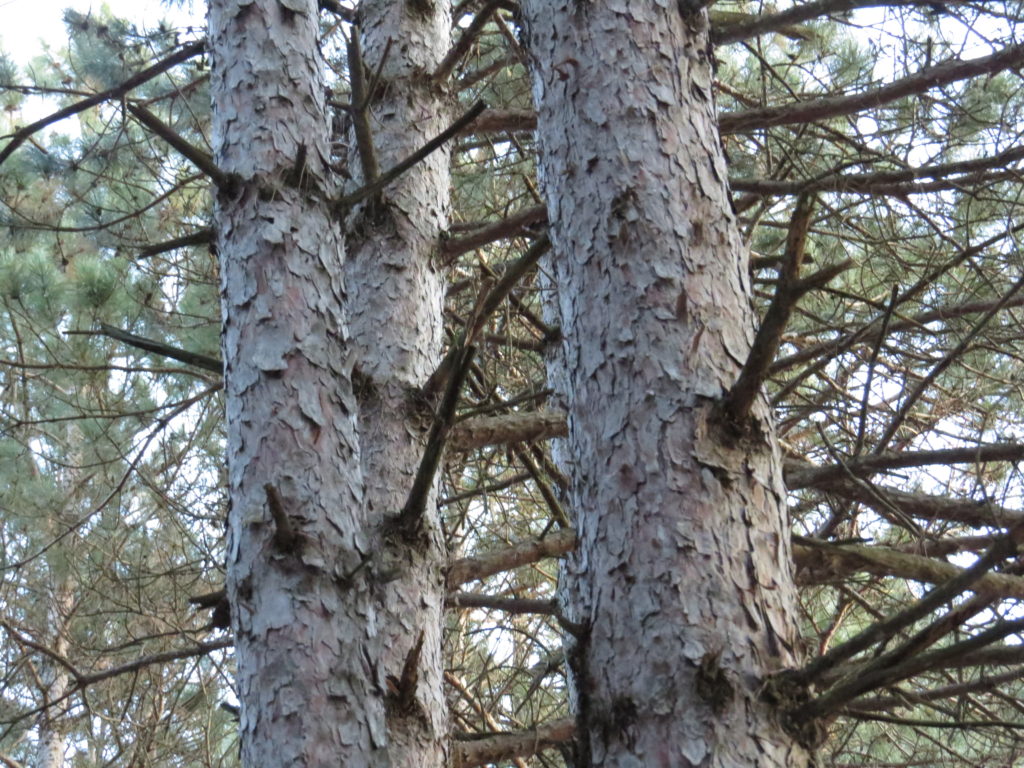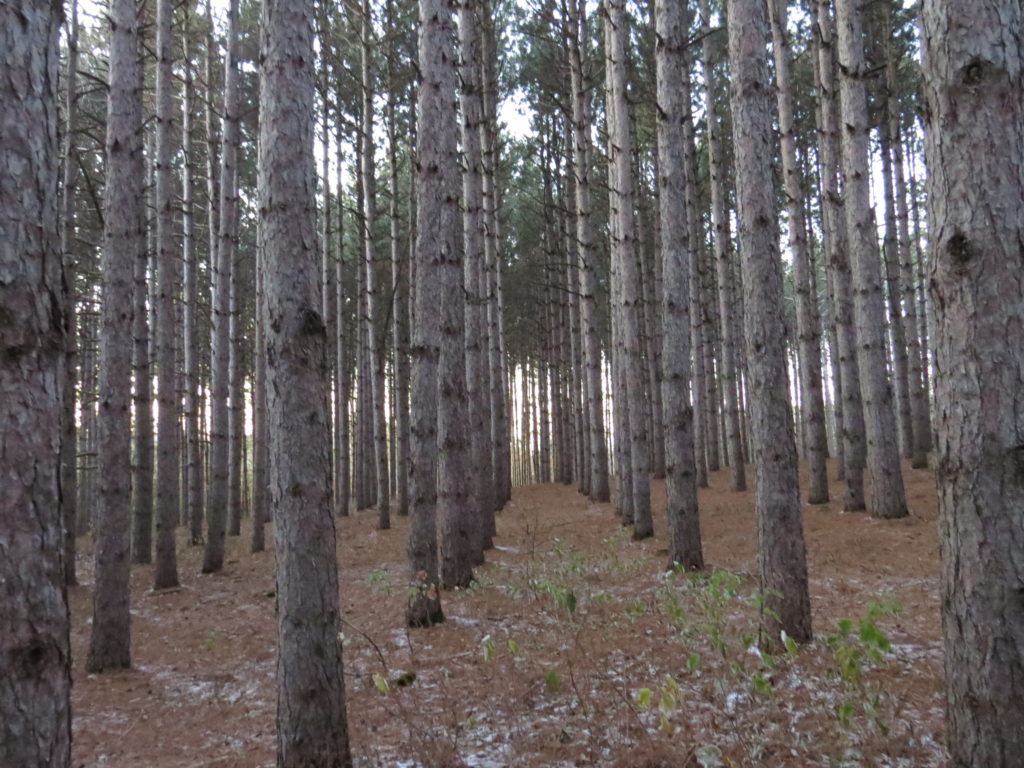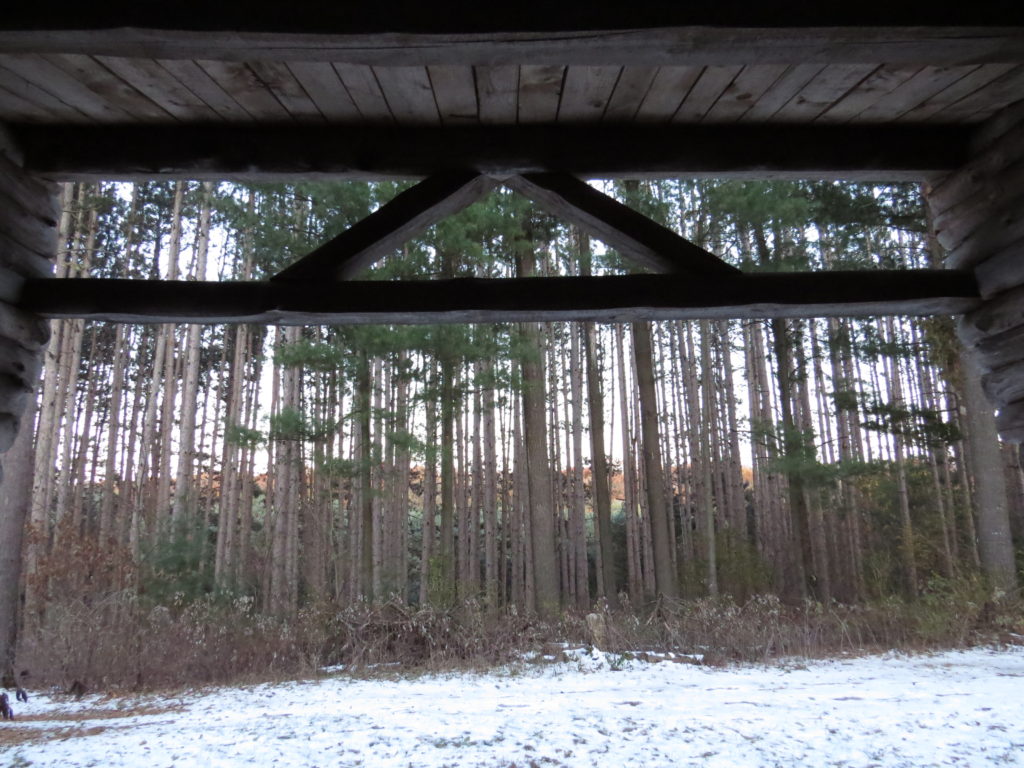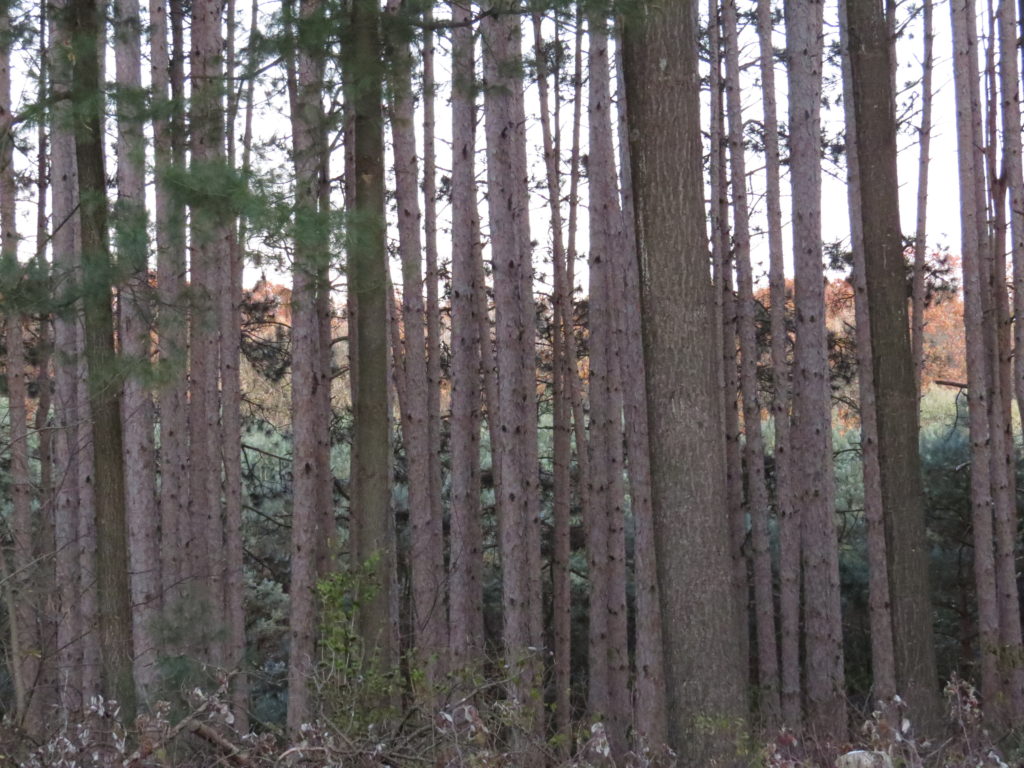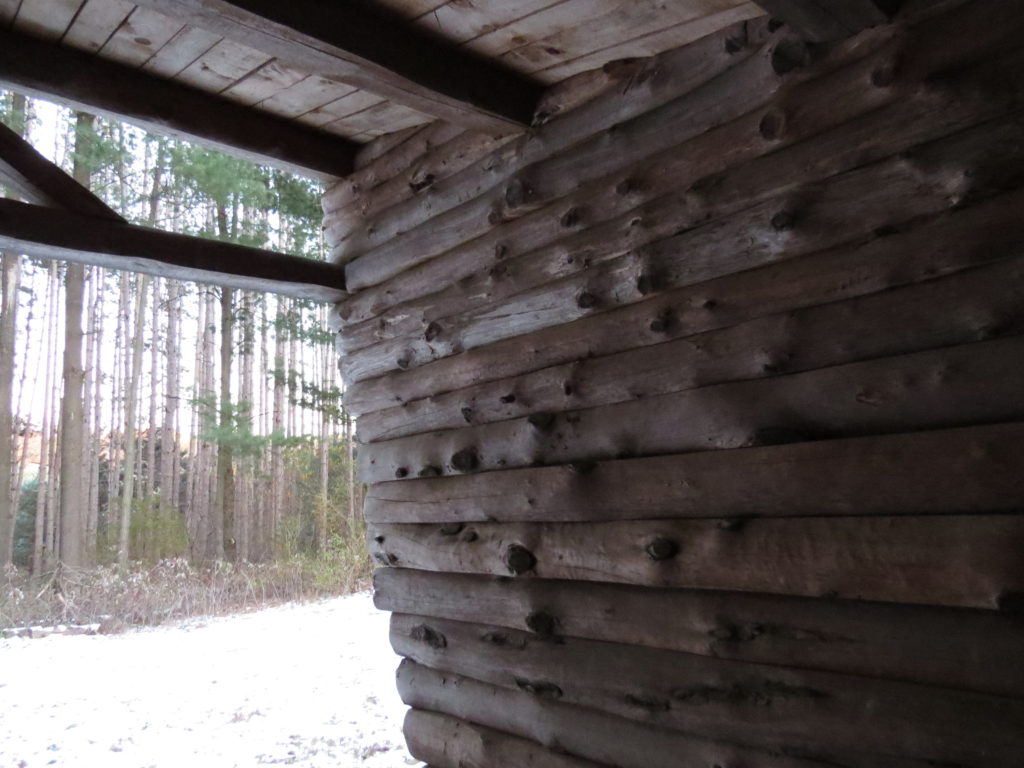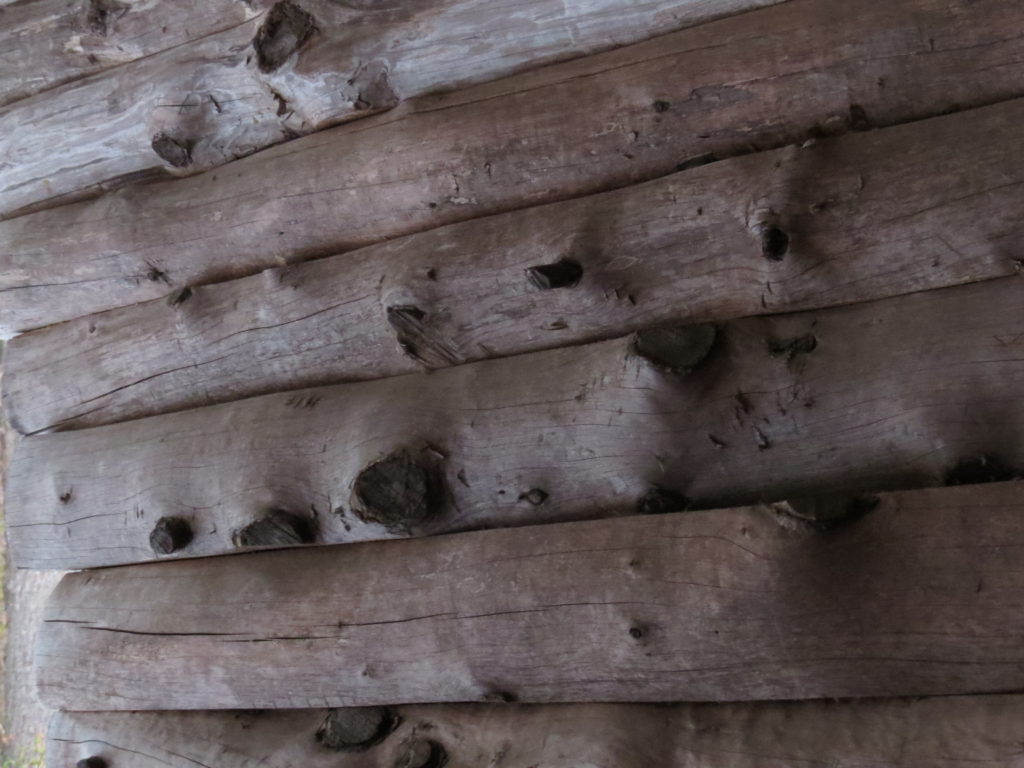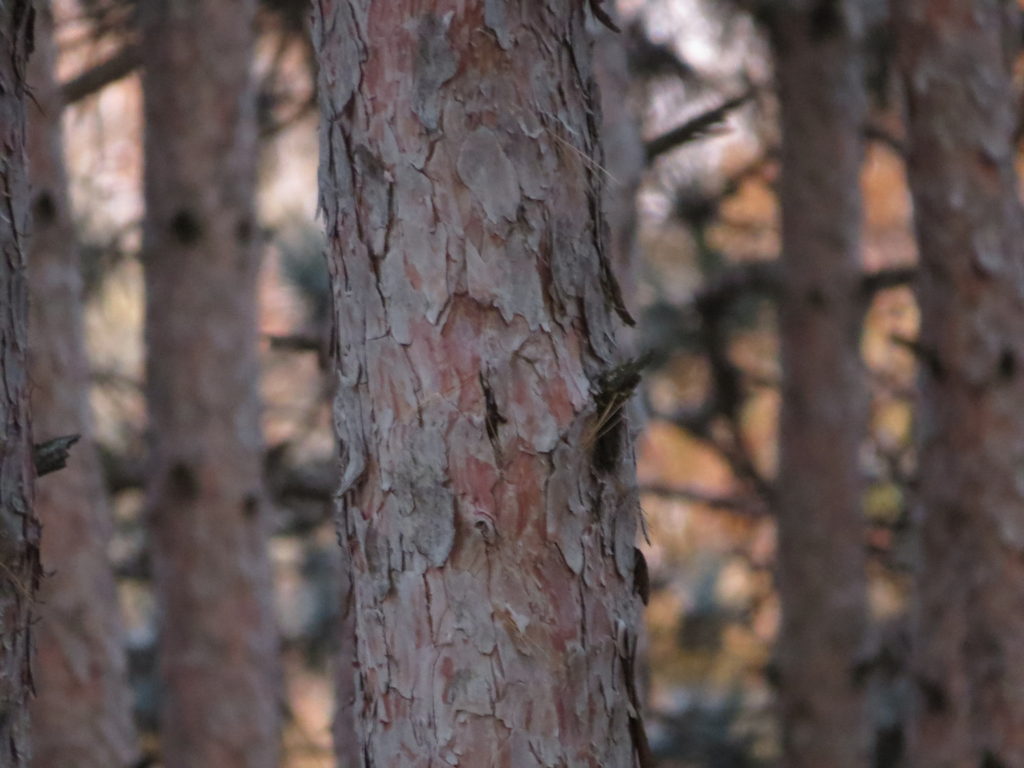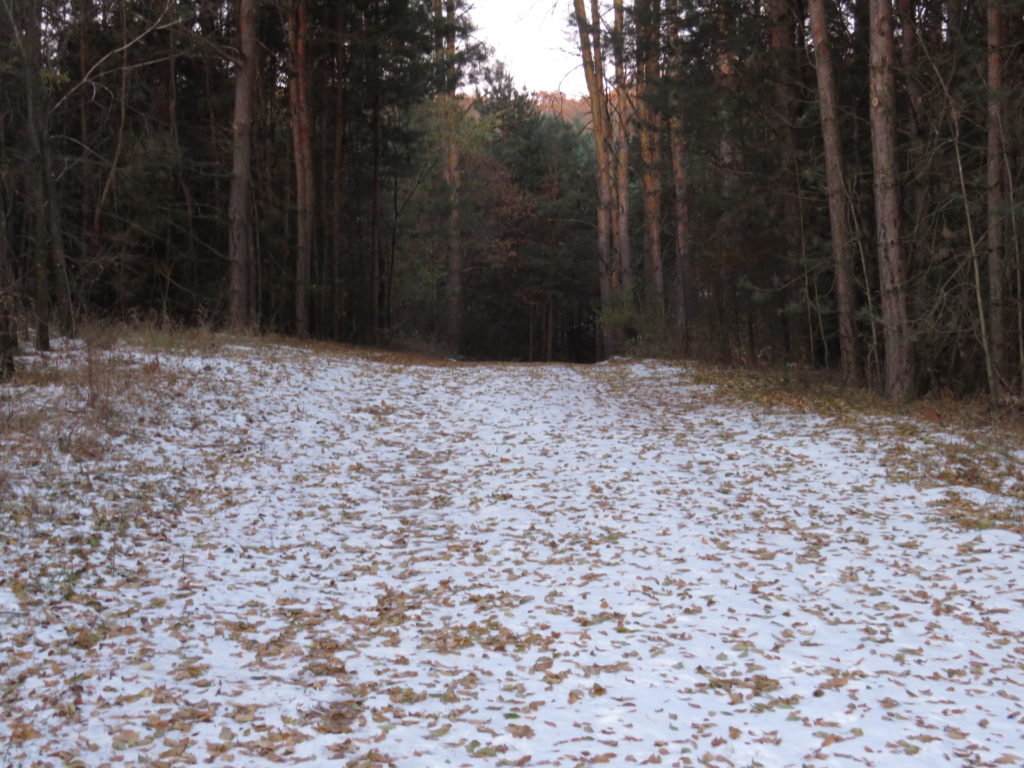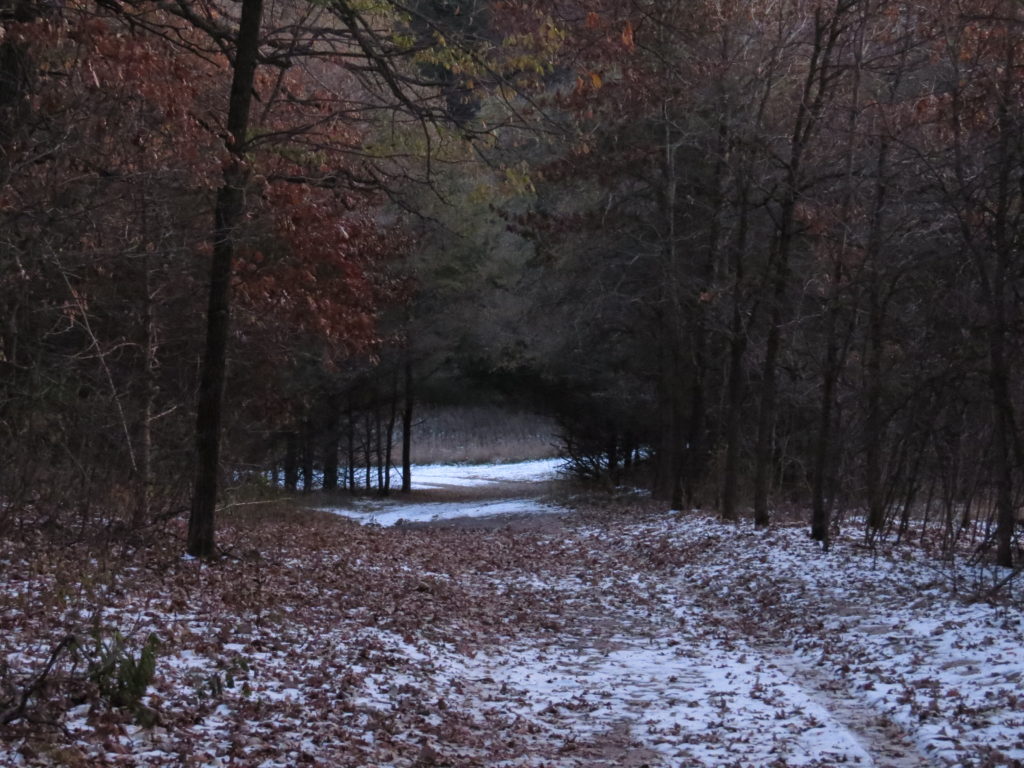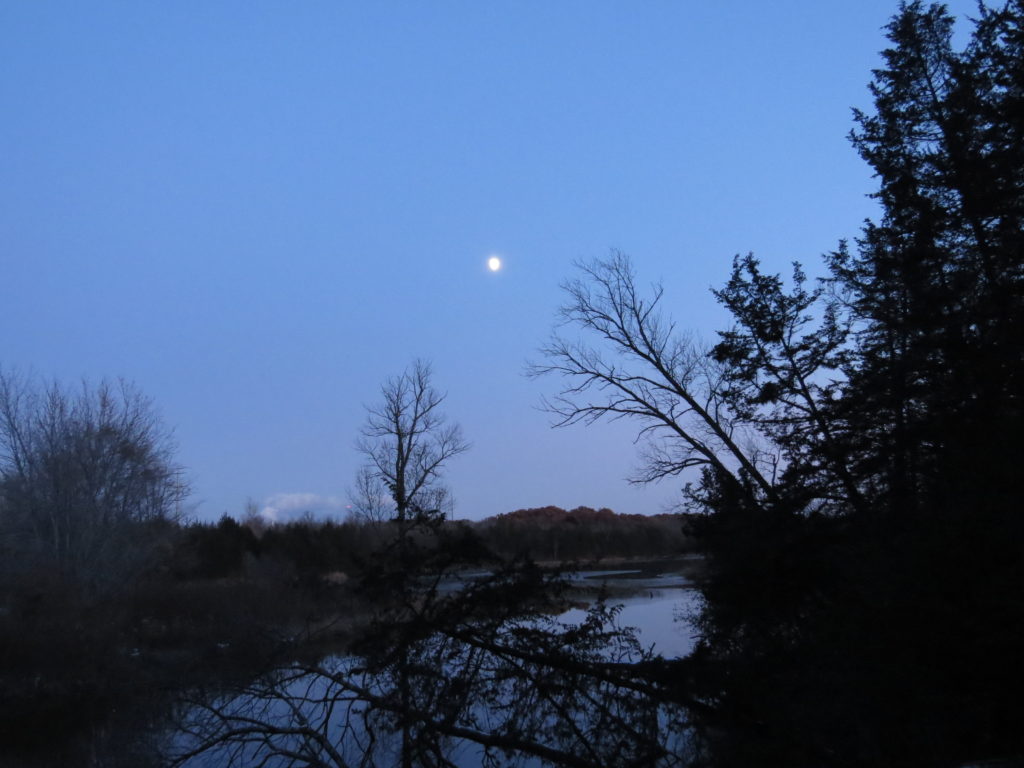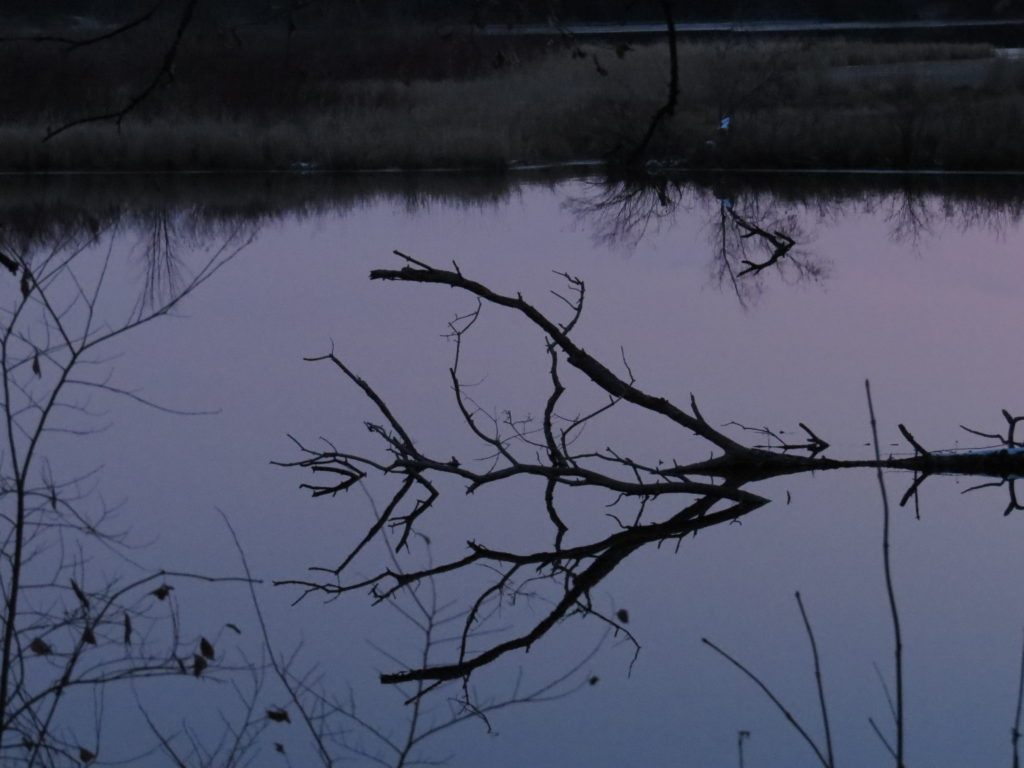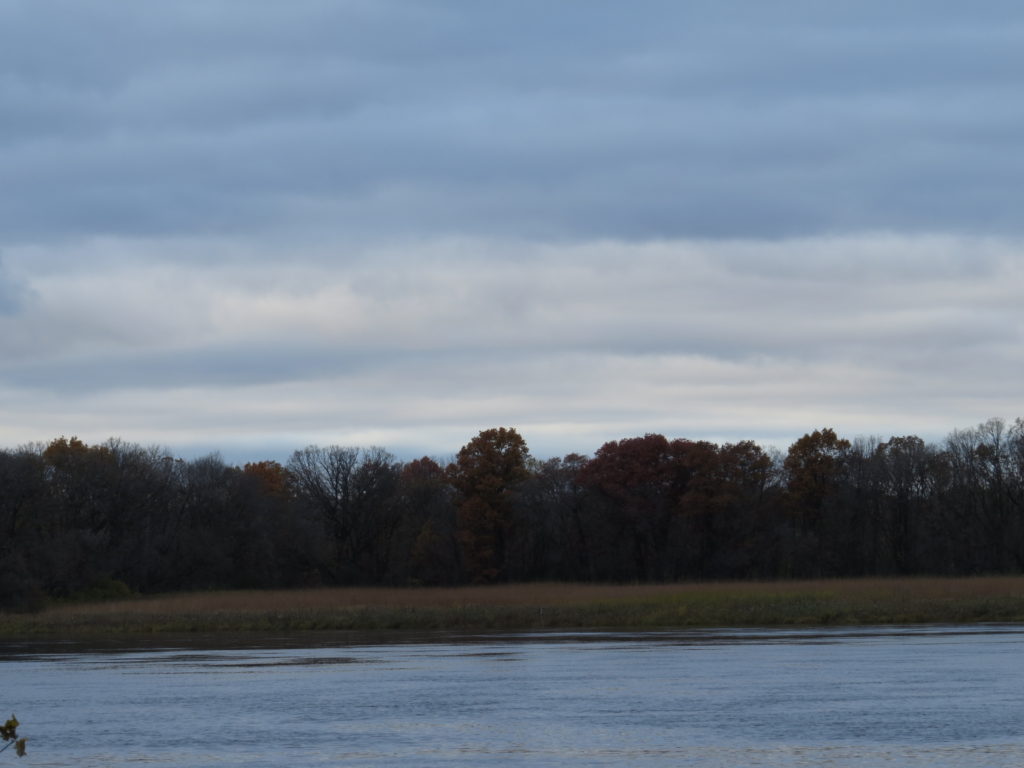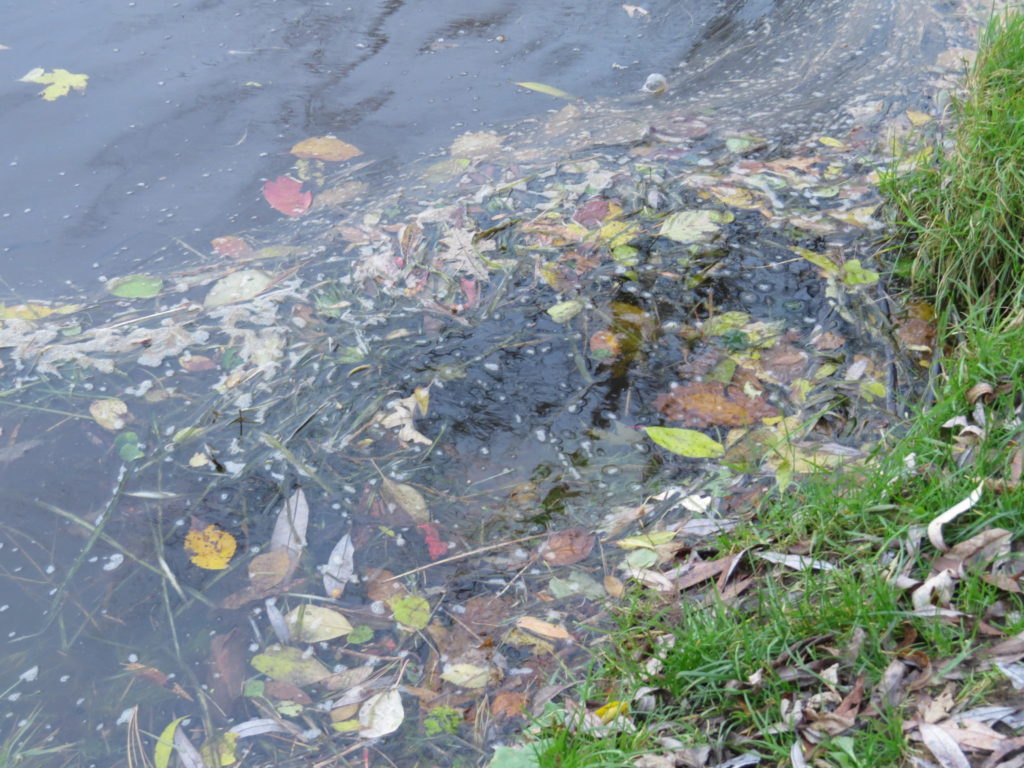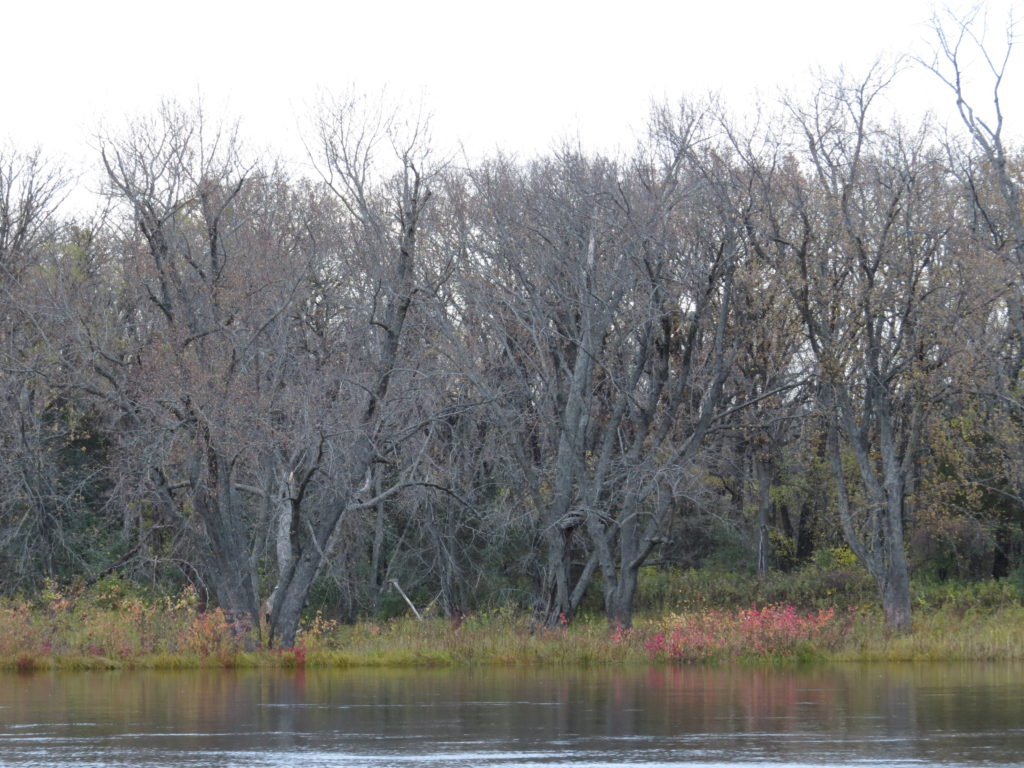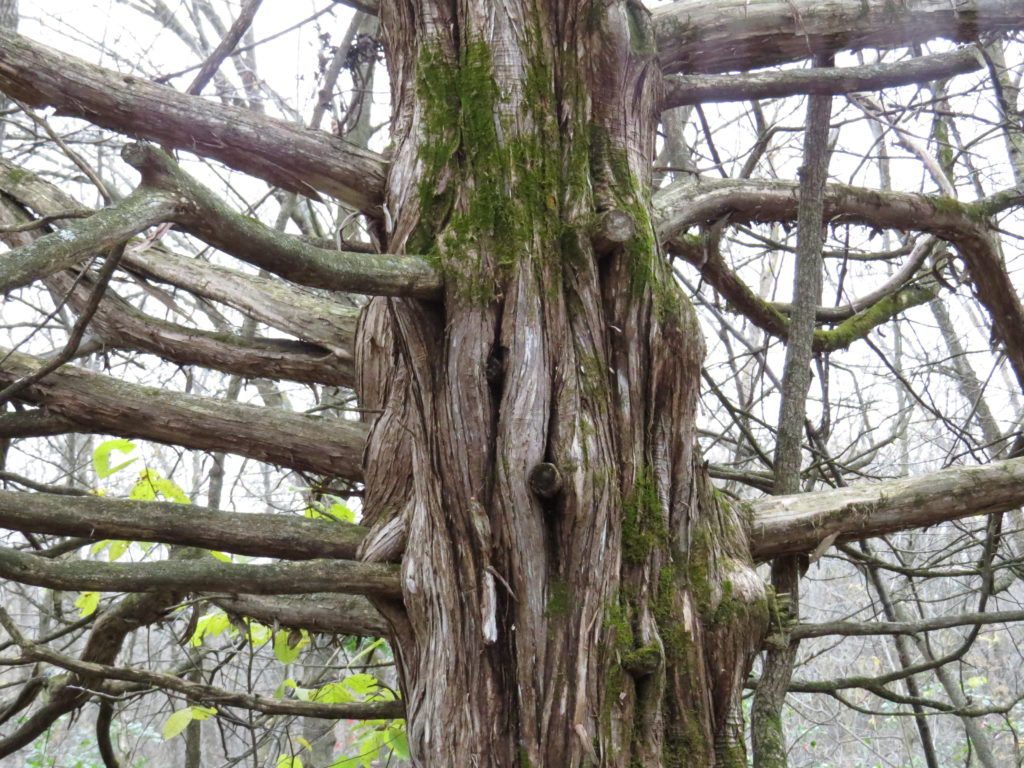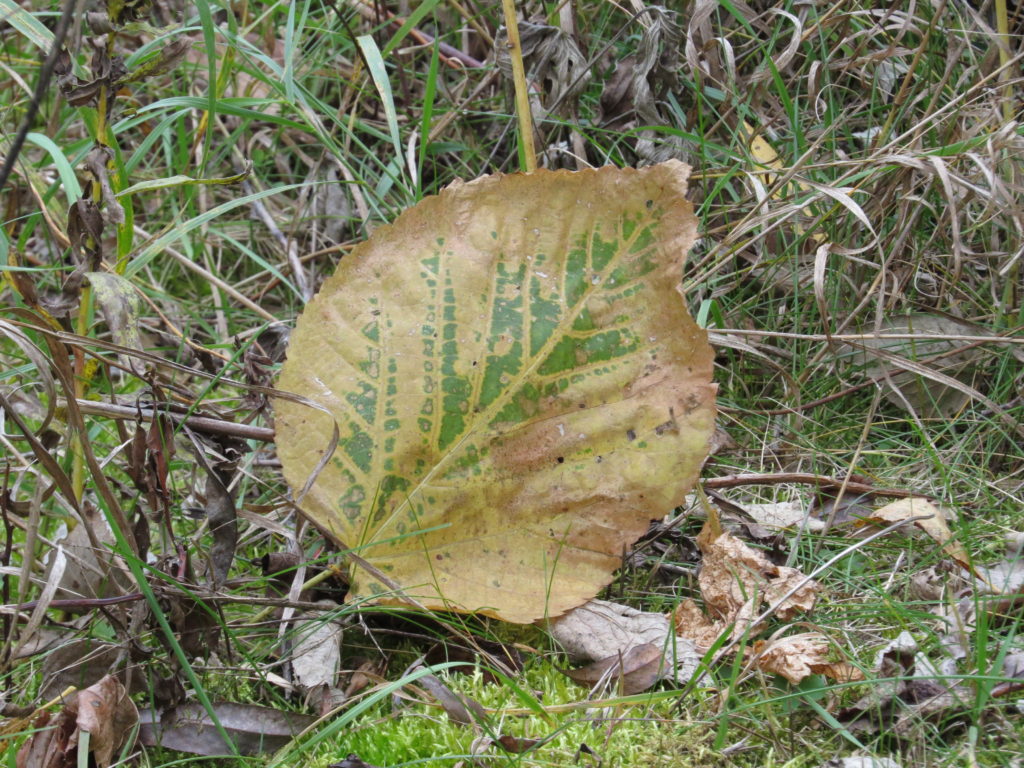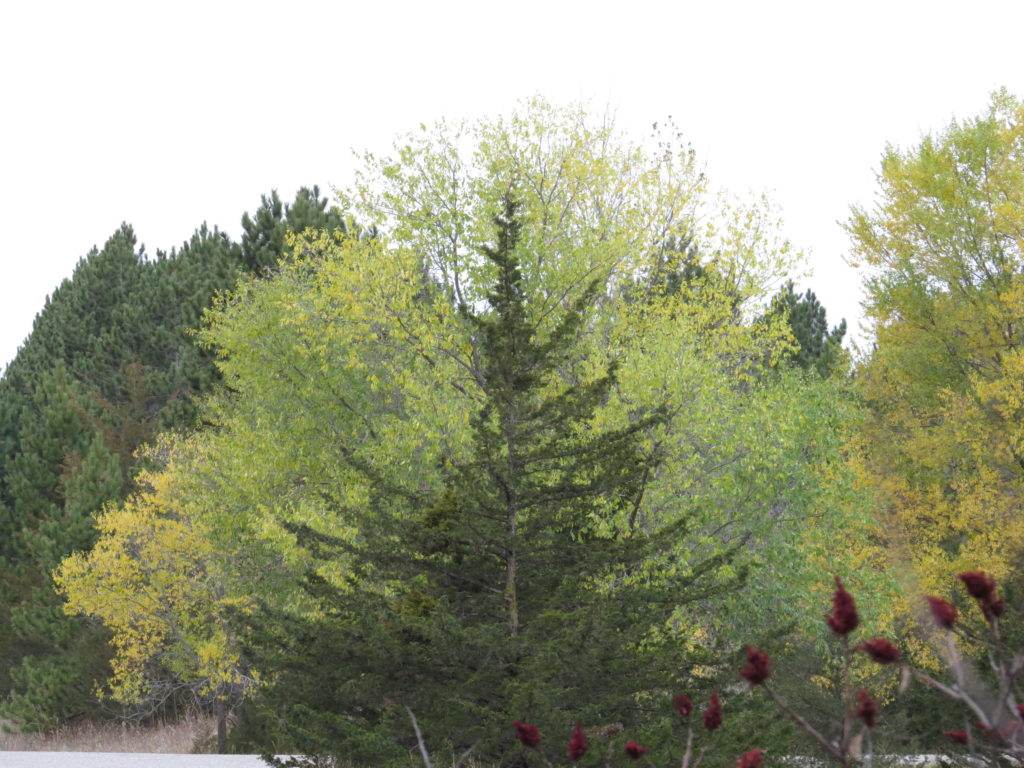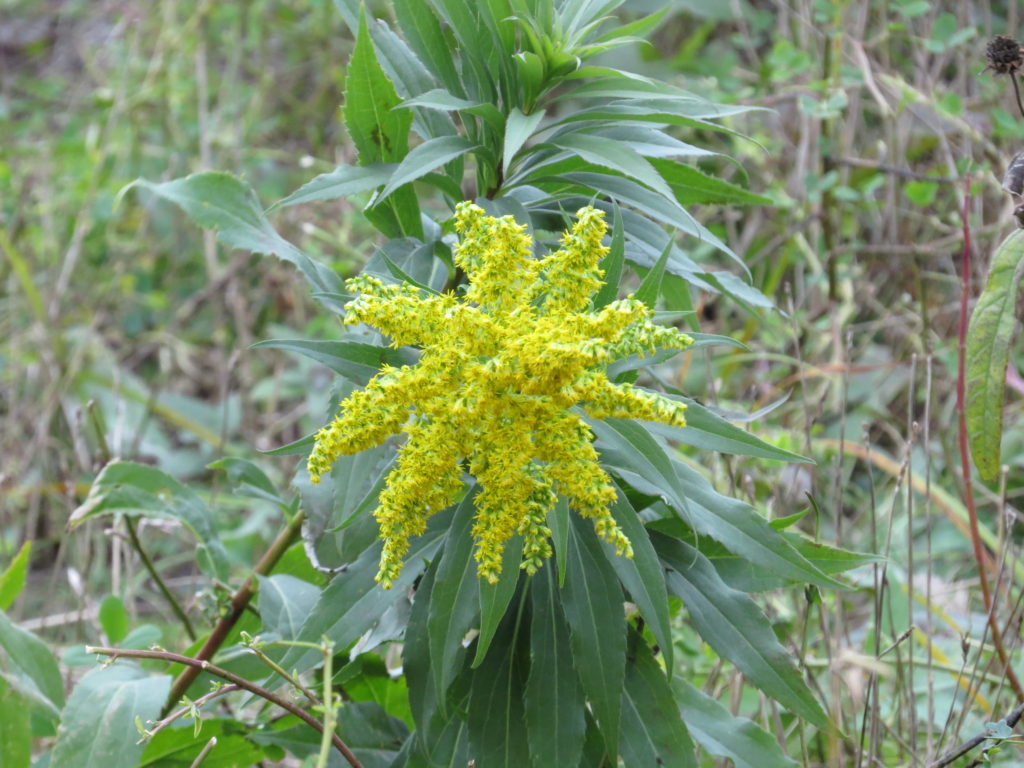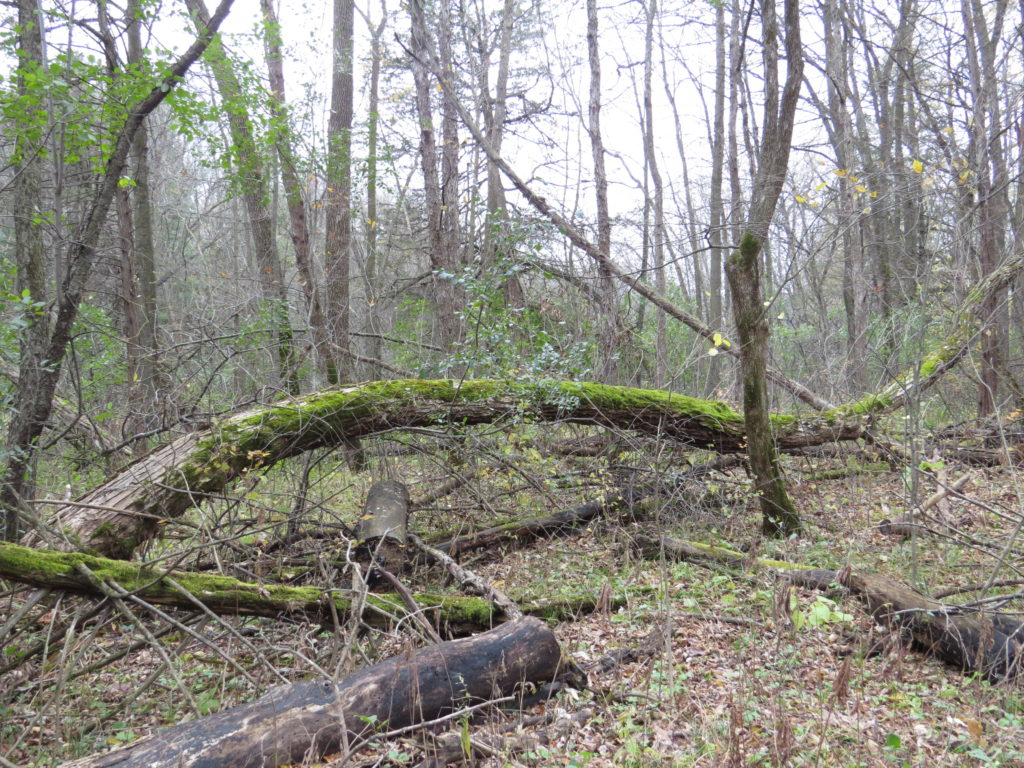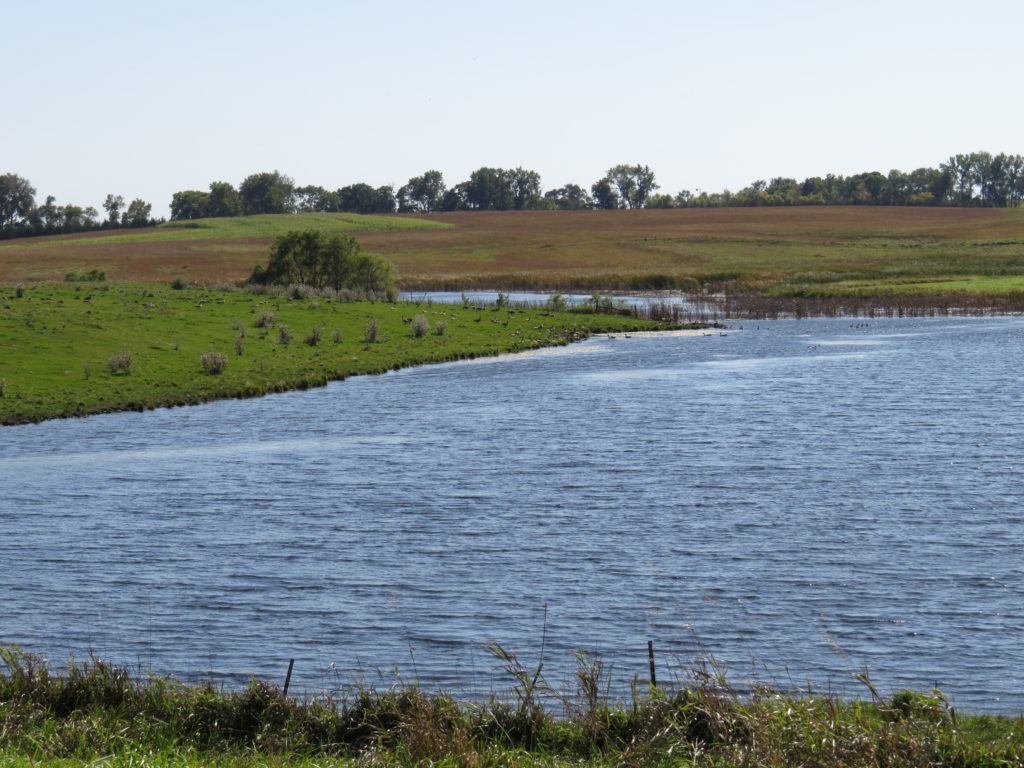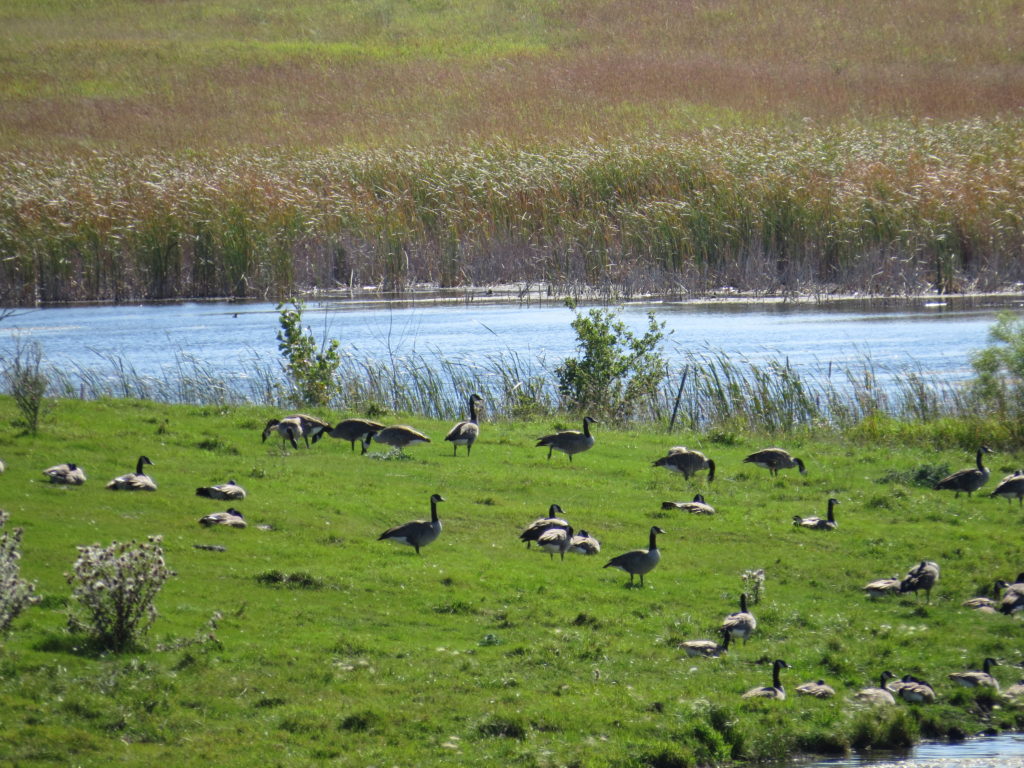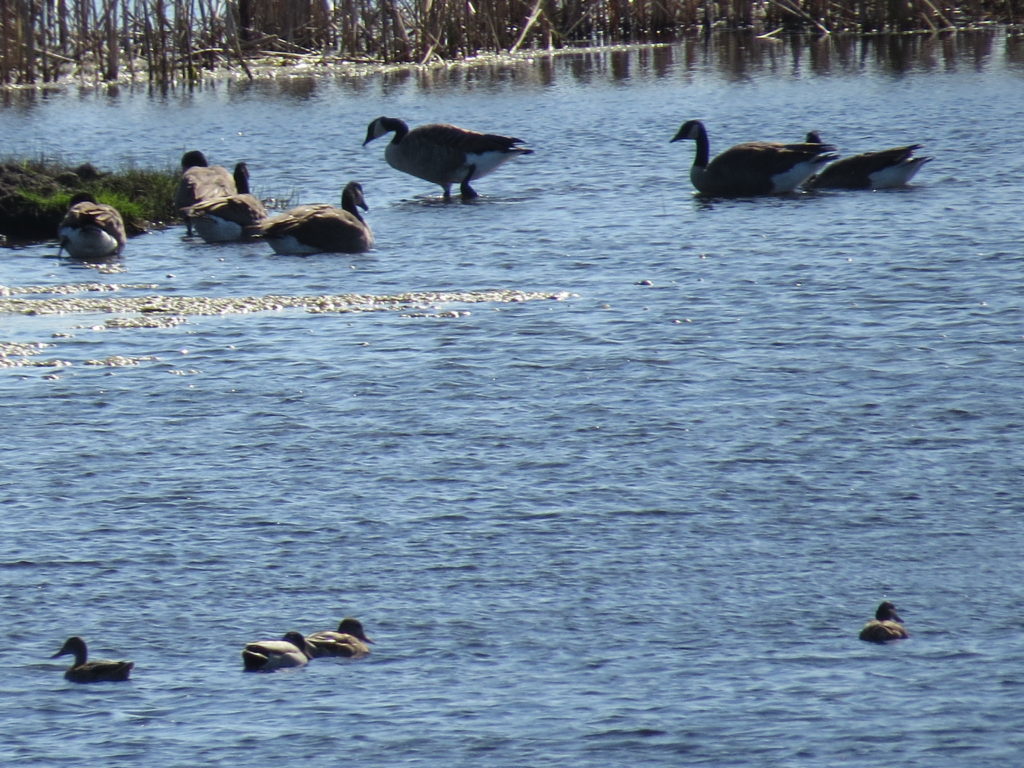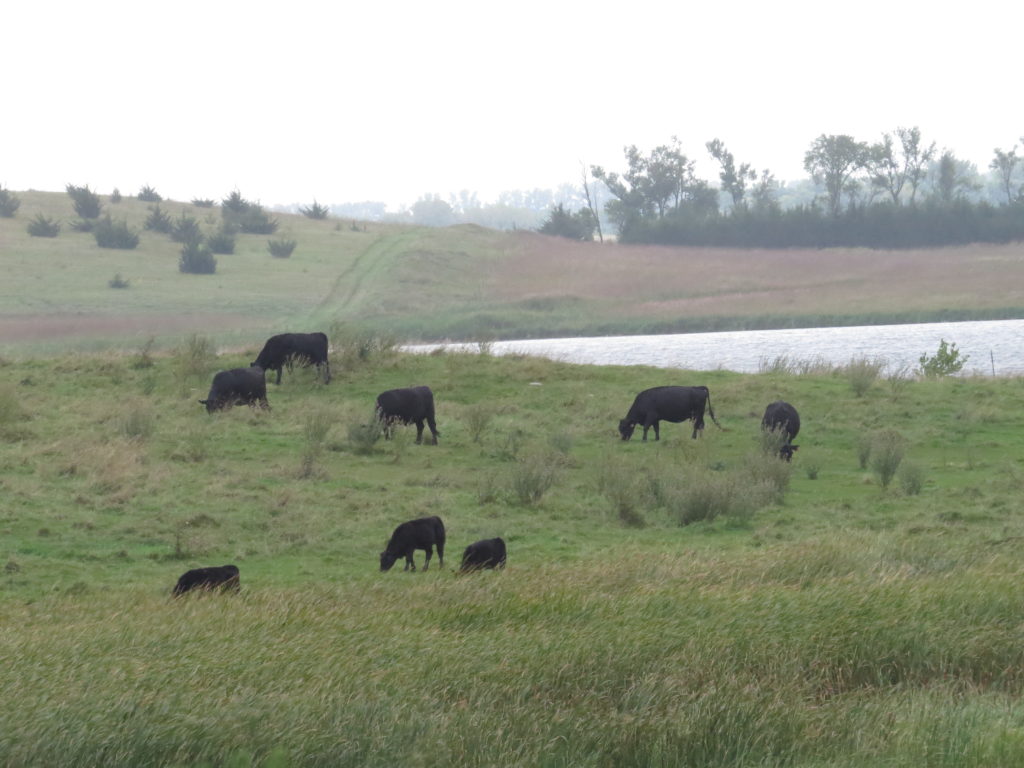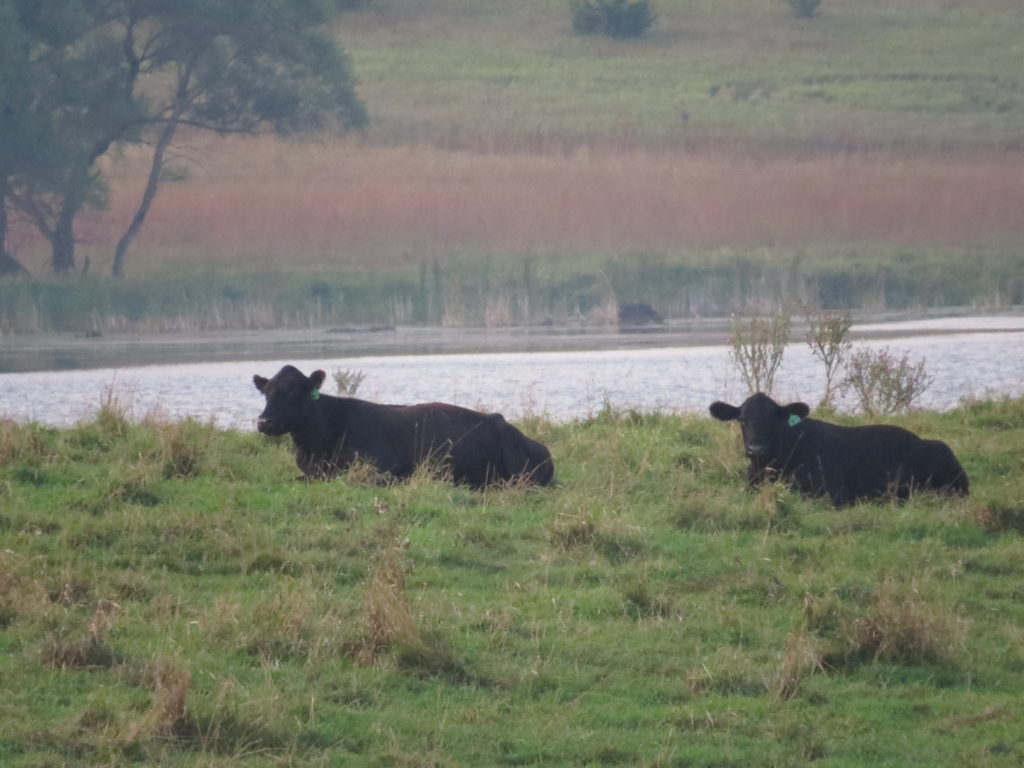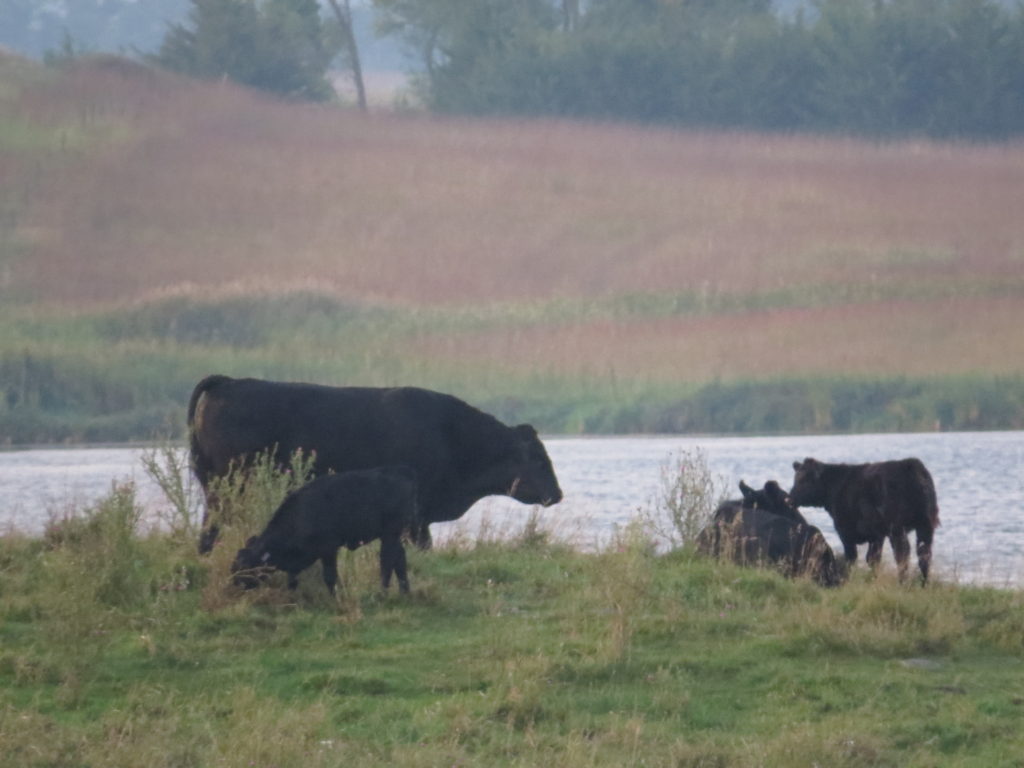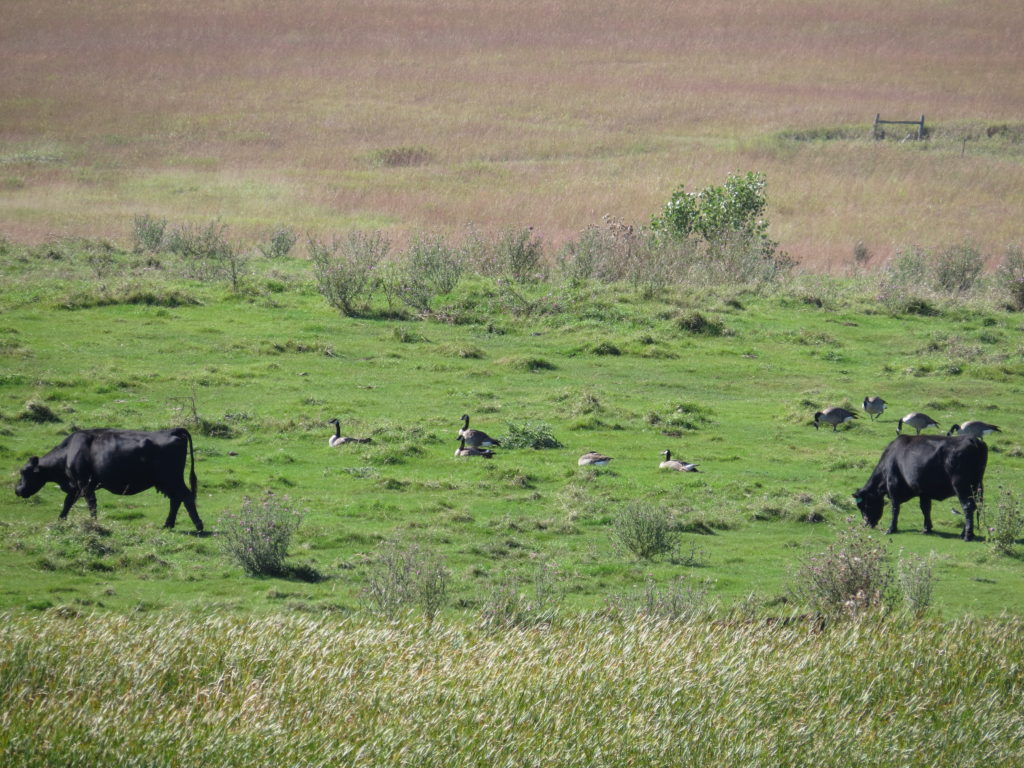Battles are won in the hearts of men. –Vince Lombardi
When we looked at our new place, the first thing I noticed was all the trees surrounding the open yard. The second thing I noticed was the tall, slender Lombardy Poplars spaced evenly against a backdrop of evergreens. I wondered why someone had chosen to plant them. Of course I was seeing them at their worst—dry, faded brown leaves clung to the weedy branches of the columnar trees. They do not have the beautiful Winter silhouette of Oaks, Maples, or practically any other deciduous tree. In fact, they are on the ugly side. I know why people plant them—they are fast growing (up to six feet/ year), so they make a screen or windbreak in the shortest possible time. Lombardy Poplars are native to Northern Italy—one can imagine them looking stylish alongside a villa in the rolling countryside. In central Minnesota, alongside the Pines and Spruces, they look out-of-place. They also have a terrible resume—they are short-lived, often only 15 years, they are susceptible to pests and diseases, they have shallow, spreading roots, and they are messy. The weak wood breaks easily, the male tree produces abundant pollen, the female tree produces cottony seeds that blow around, and they send out suckers that are hard to get rid of. So every morning when I eat my breakfast, I look out the window at the specimens of my prejudice. Their elegant name and origin don’t rescue them from my dislike.
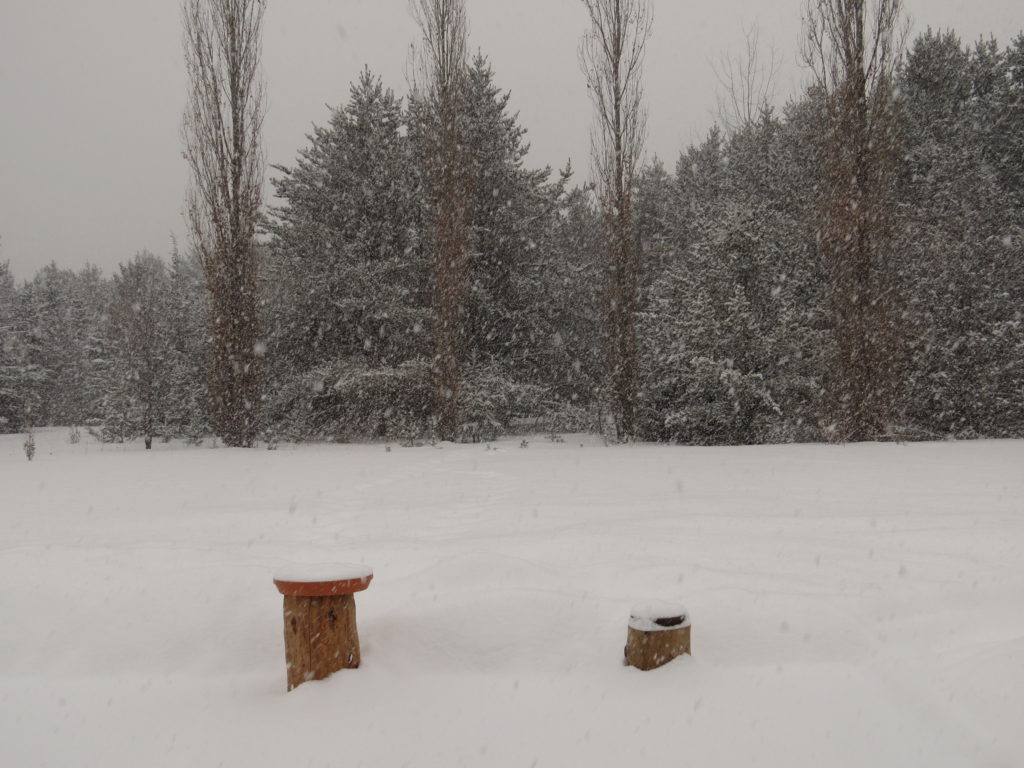
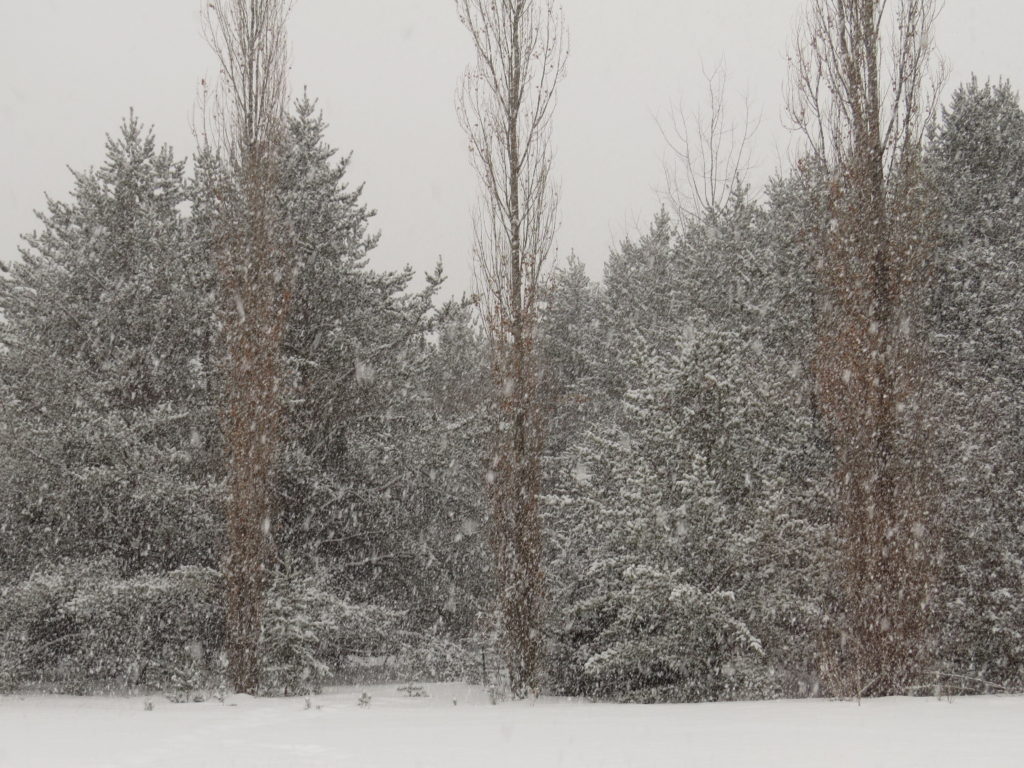
Last weekend we hit the road to Kansas City. The Kansas City Chiefs were in the Super Bowl for the first time in fifty years! The excitement and anticipation exploded throughout the City and region. Two super fans in our family were anxious to be among the ‘sea of red.’ We left in the frosty morning. It had snowed an inch or two overnight, and the trees and fence lines were outlined with that delicate layer of new snow.
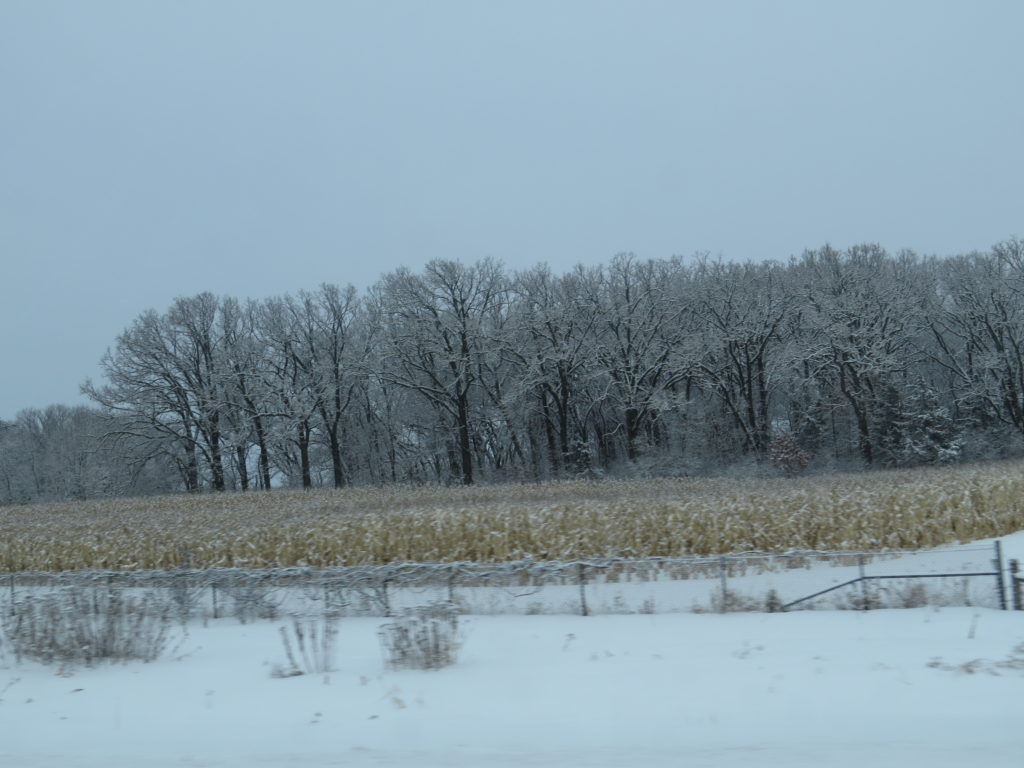
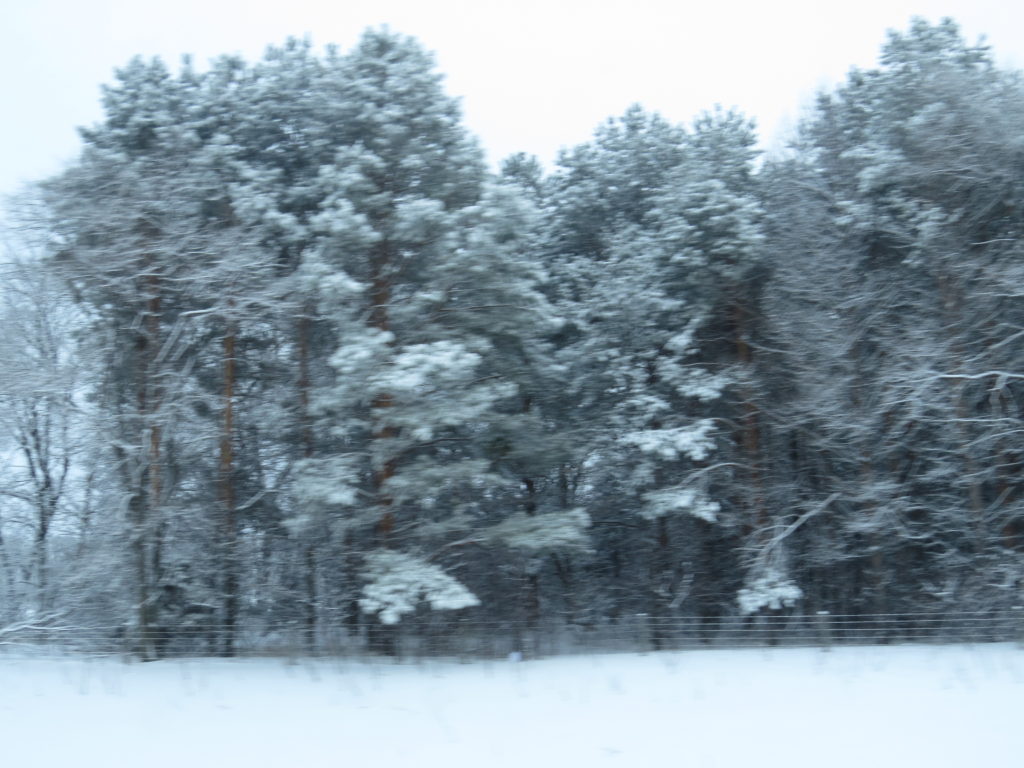
Iowa had less snow, but at a certain point, the sky and land blended into one, and the farm places looked like floating islands in the frosty, foggy air.
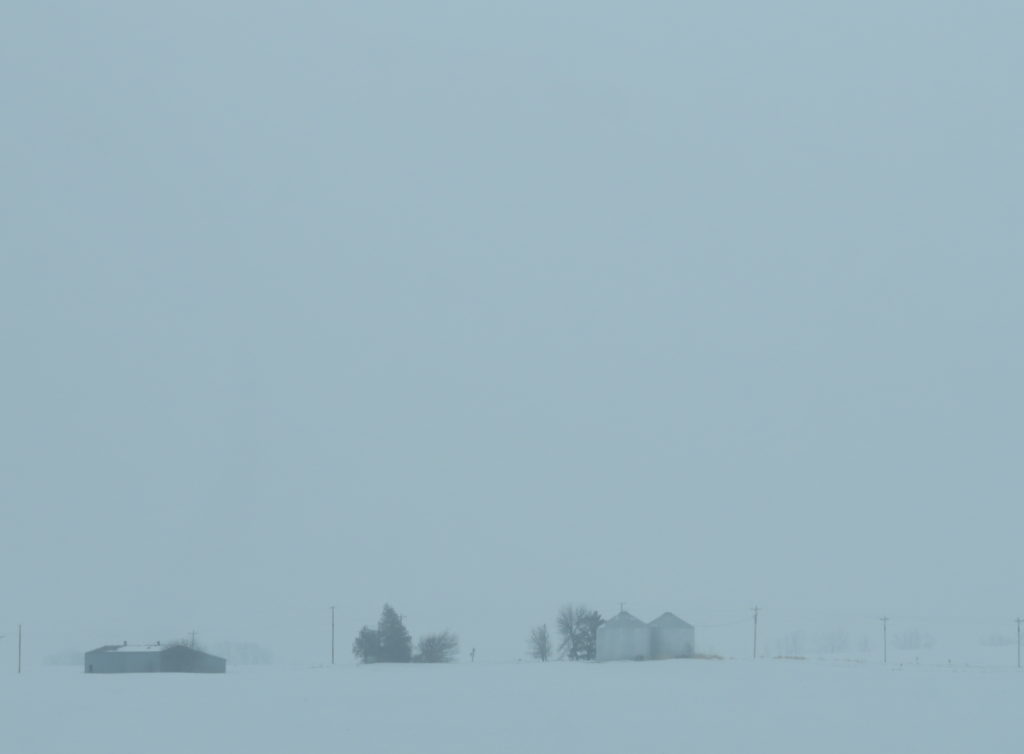

We made it to Missouri as dusk was beginning to envelop the countryside.

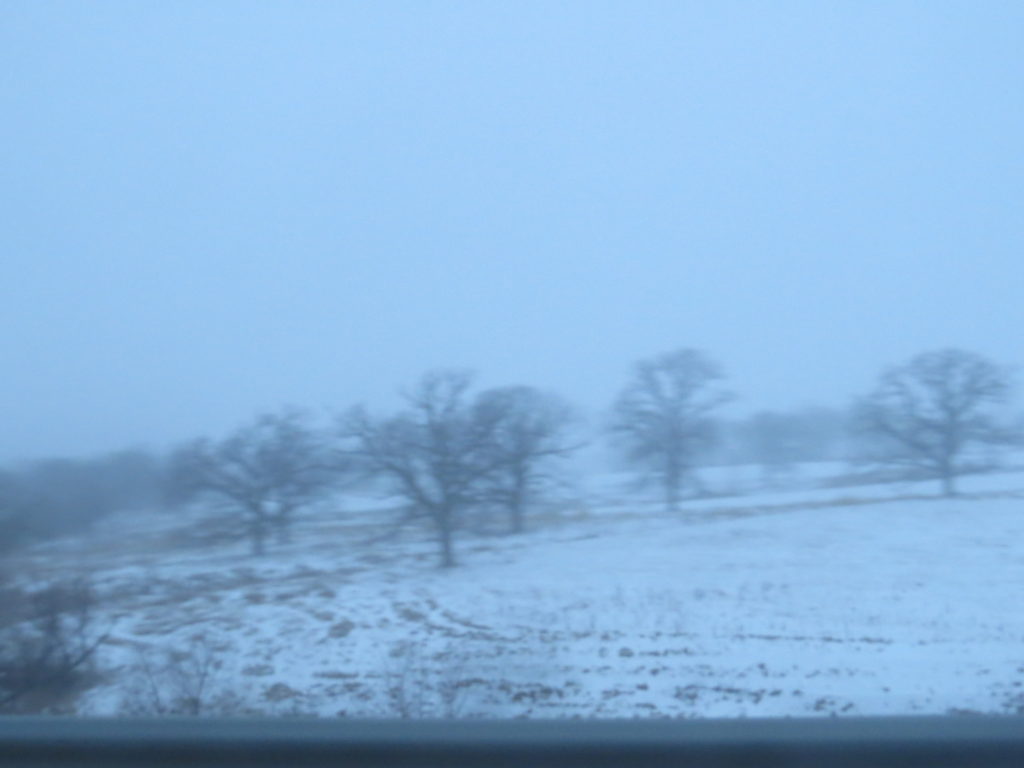
The next morning, in Kansas City, it was shocking to see the sun and green grass!
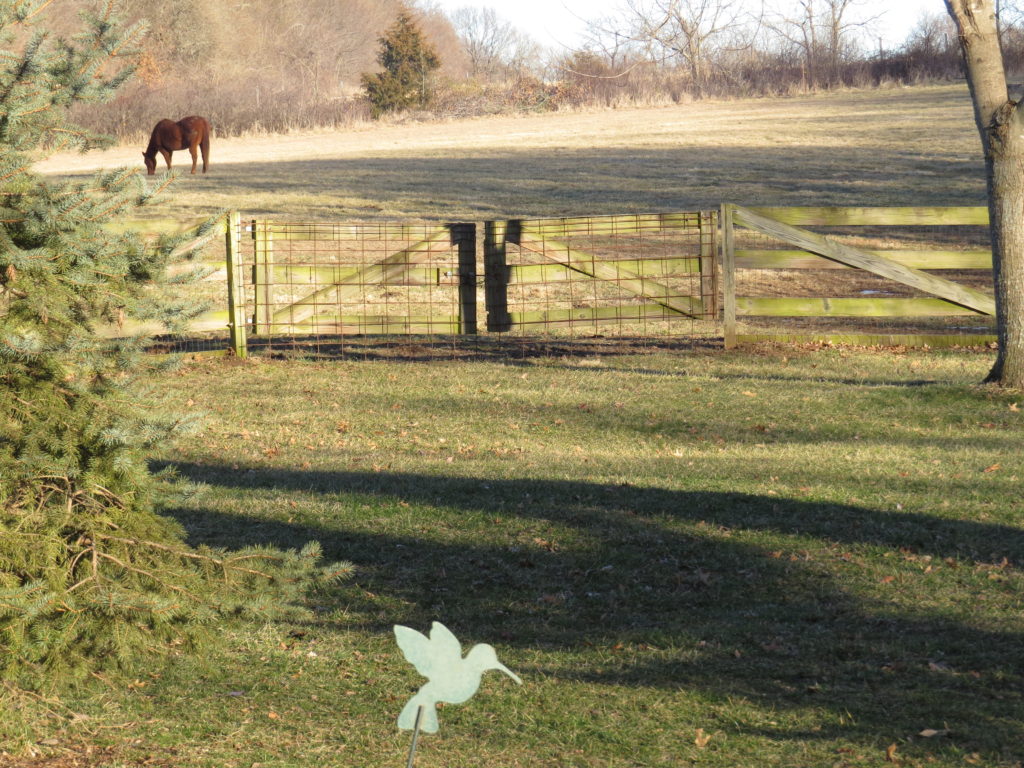
The Chiefs played the Green Bay Packers in Super Bowl I in 1967, but lost to the Packers and their coach Vince Lombardi. In Super Bowl IV, the Chiefs beat the Vikings and brought home the championship trophy. It wasn’t until the following year, in 1970, when the trophy was named the Vince Lombardi Trophy in honor of the coach who had won the first two Super Bowls and who had recently died from cancer. There were many years in the following decades when the Chiefs fought their way into the playoffs, but the championship game eluded them—until this year! With the great coach Andy Reid and the incredible talent of the young Patrick Mahomes, the Chiefs won the Super Bowl in an amazing comeback in the last minutes of the game. Kansas City Chiefs fans were ecstatic! Fifty years of waiting.
So what does the Lombardy Poplar tree and the Lombardi Trophy have to do with one another? Only the similarity of their names—and the fact that both have been on my mind these last weeks. The Lombardy Poplars don’t belong to us—we are not the decision-makers on their place in the world. I co-exist along with them, messy or not, ugly or not, worthy-in-my-mind or not. It’s humbling. Coach Reid and young Mahomes didn’t win the Super Bowl for themselves—they both have big hearts and a keen sense of history—they won it for the team, for the Hunt family, for all the other players in the previous fifty years, and for the dedicated fans who cheer them on every Sunday. It’s humbling and incredibly powerful. Hail to the Chiefs and to those with big, humble hearts!
